Serving His Children, Uganda
Malnutrition is responsible for 45%
of child deaths under the ager of five. Last Spring I had the gift of venturing into rural homes + hospitals throughout Uganda with Serving His to witness how malnutrition is being fought firsthand. I finally had the chance to put together all these beautiful interviews with families at the center + photographs documenting daily life here.
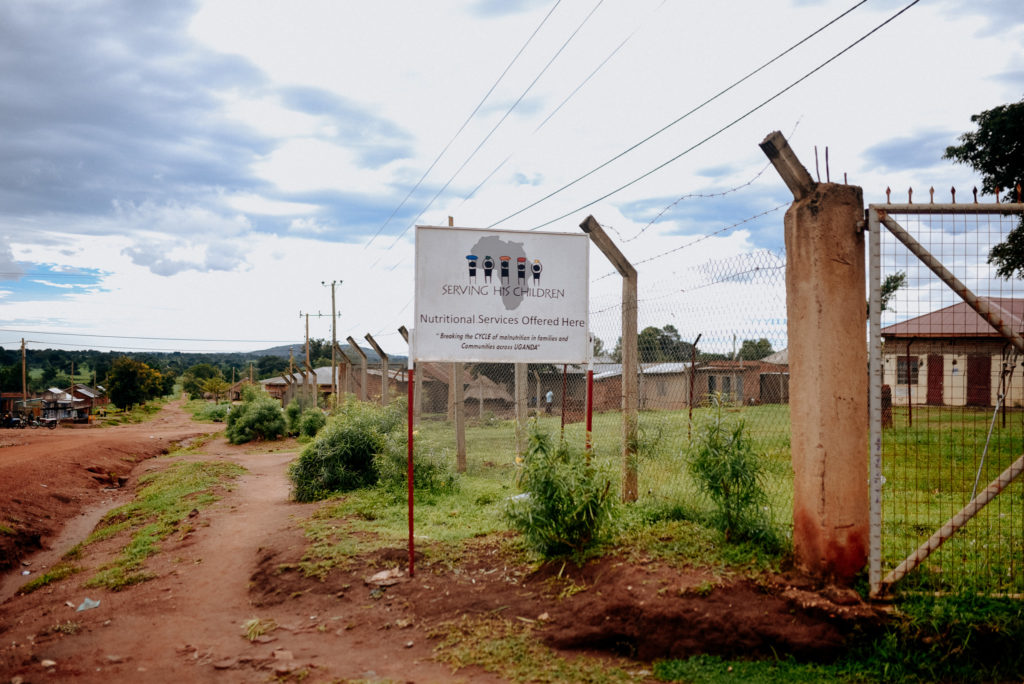
Have you ever wondered what a hospital looks like in the middle of rural African villages? Or how the constant issue of hunger in these villages is being combated routinely? Serving His is enabling hospitals + families throughout the bush to overcome malnutrition by restoring, empowering, and sustaining. This is a day in the life of a staffer.
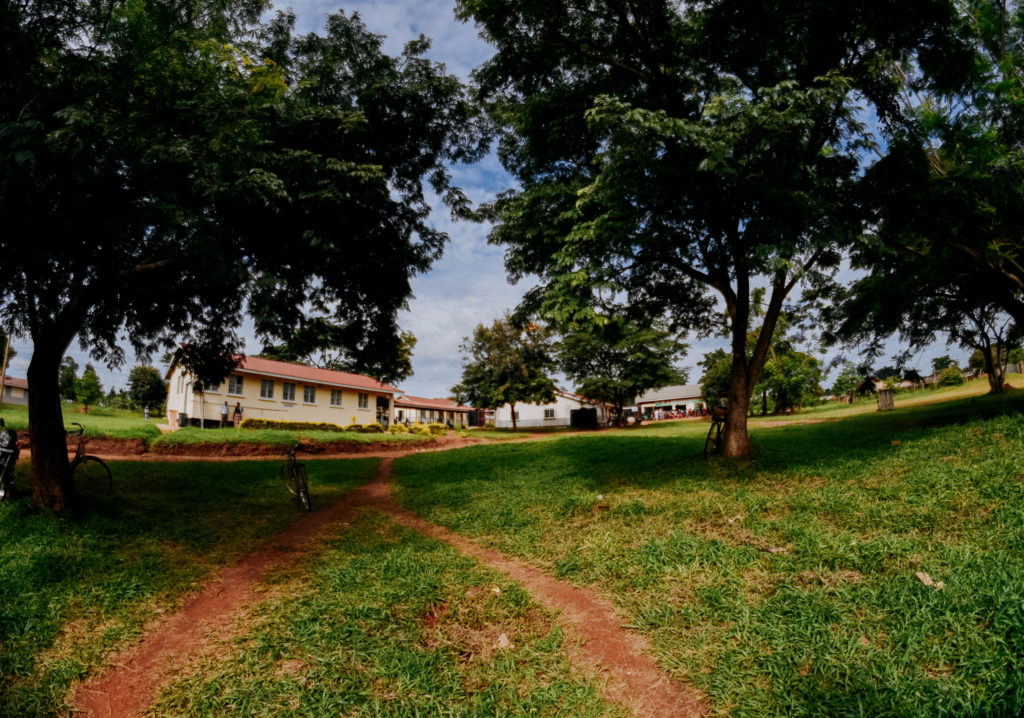
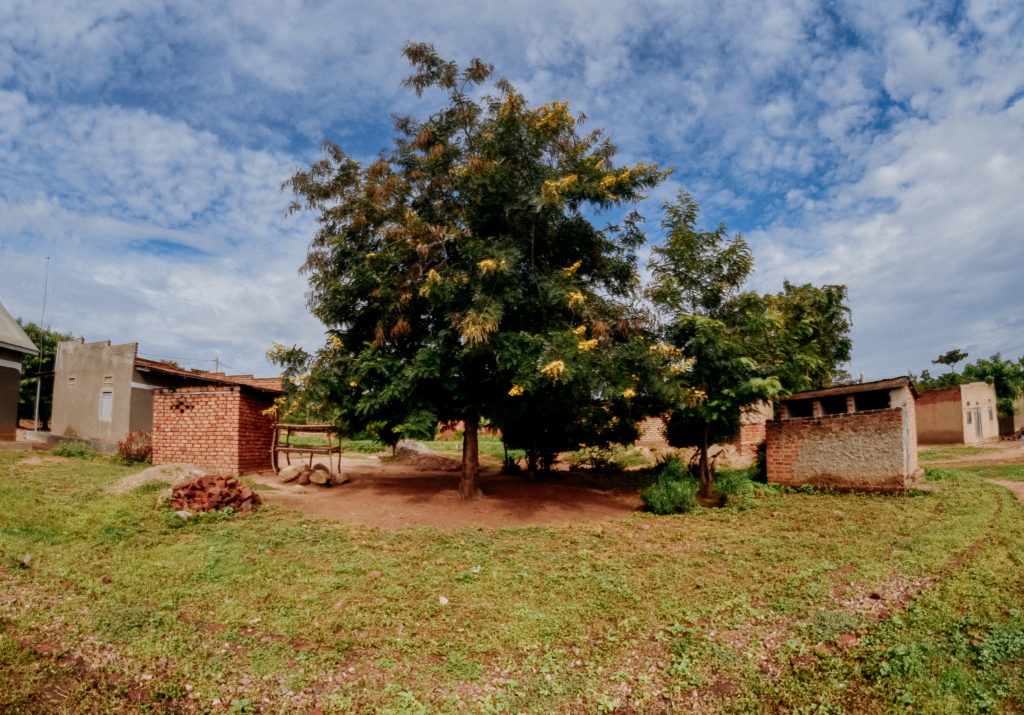
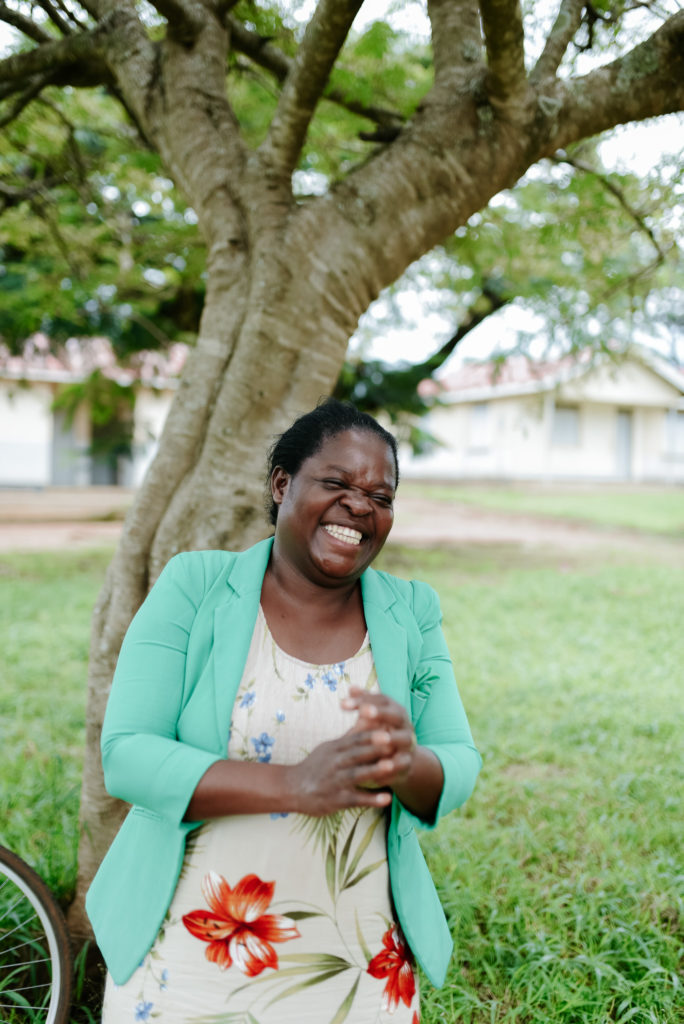
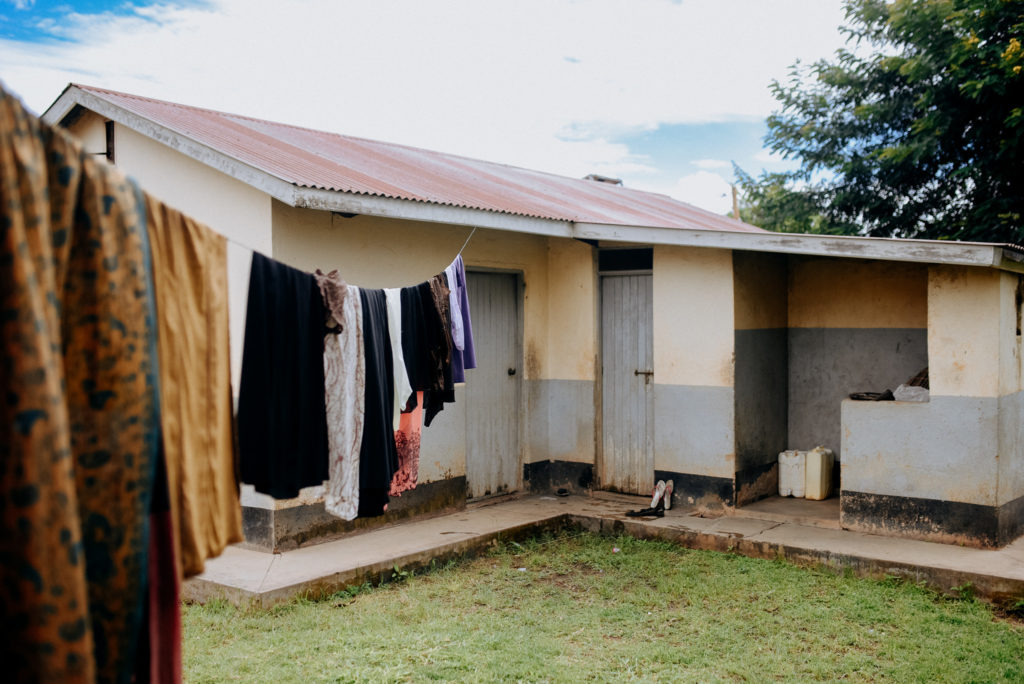
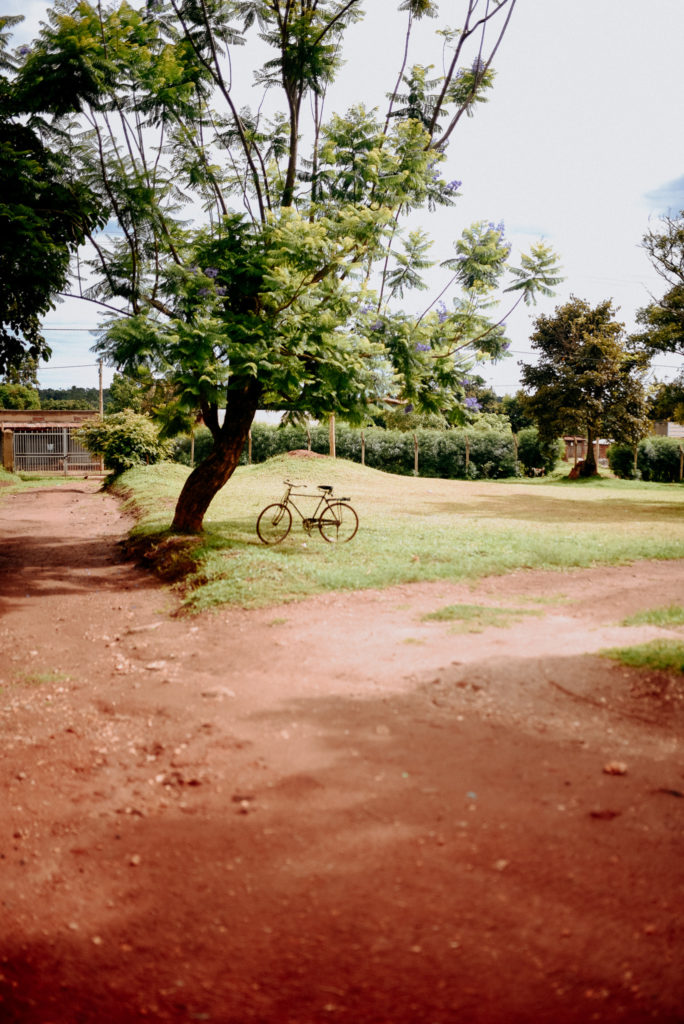
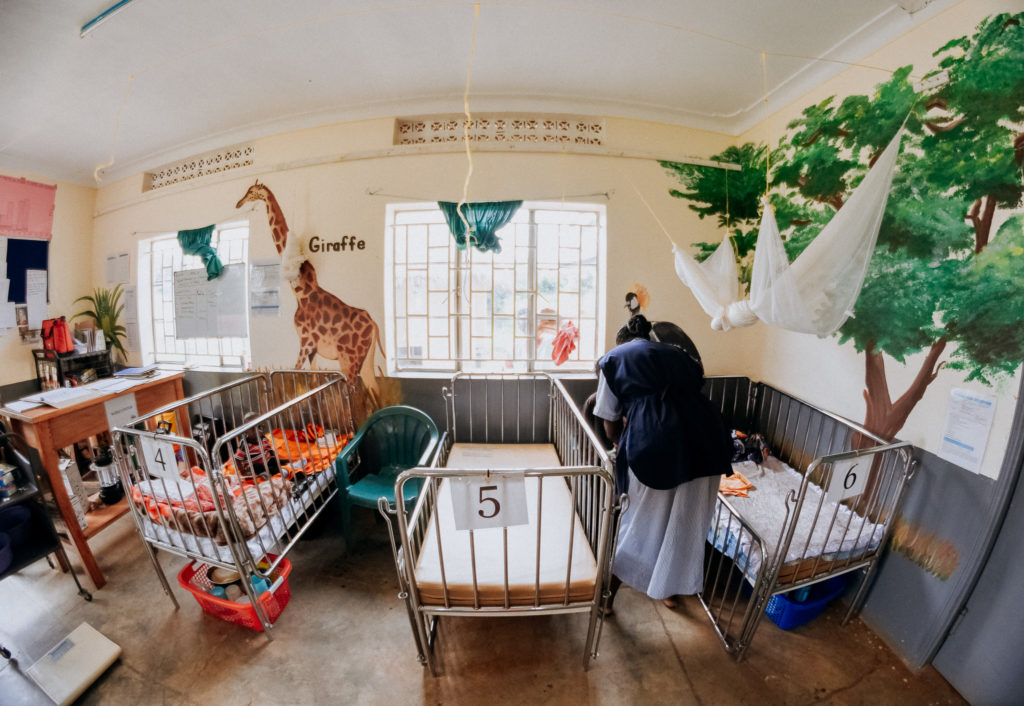
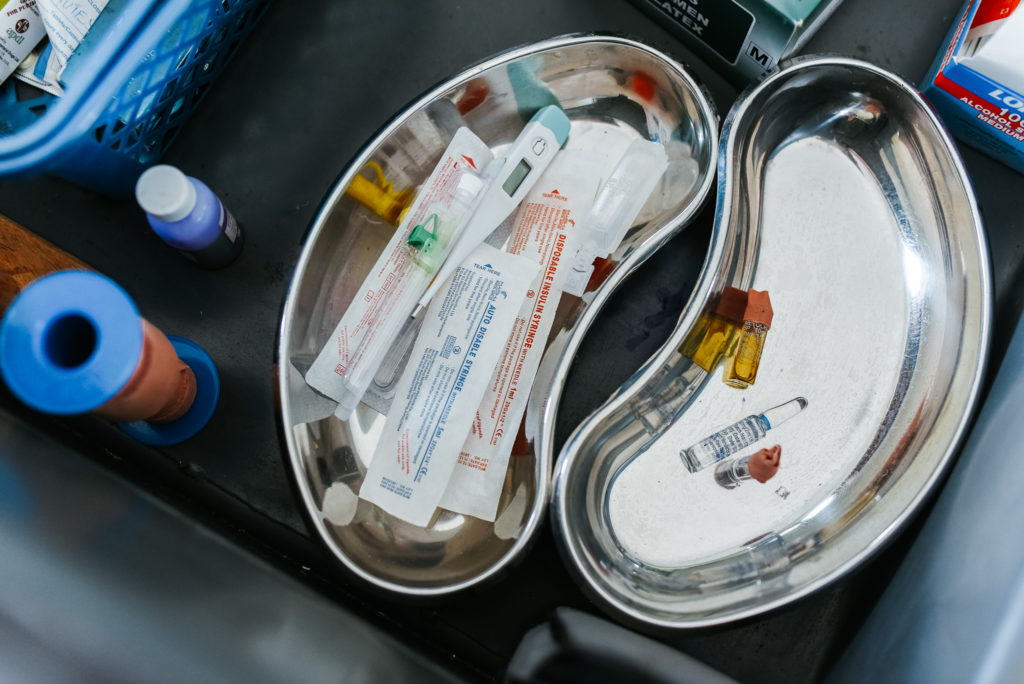
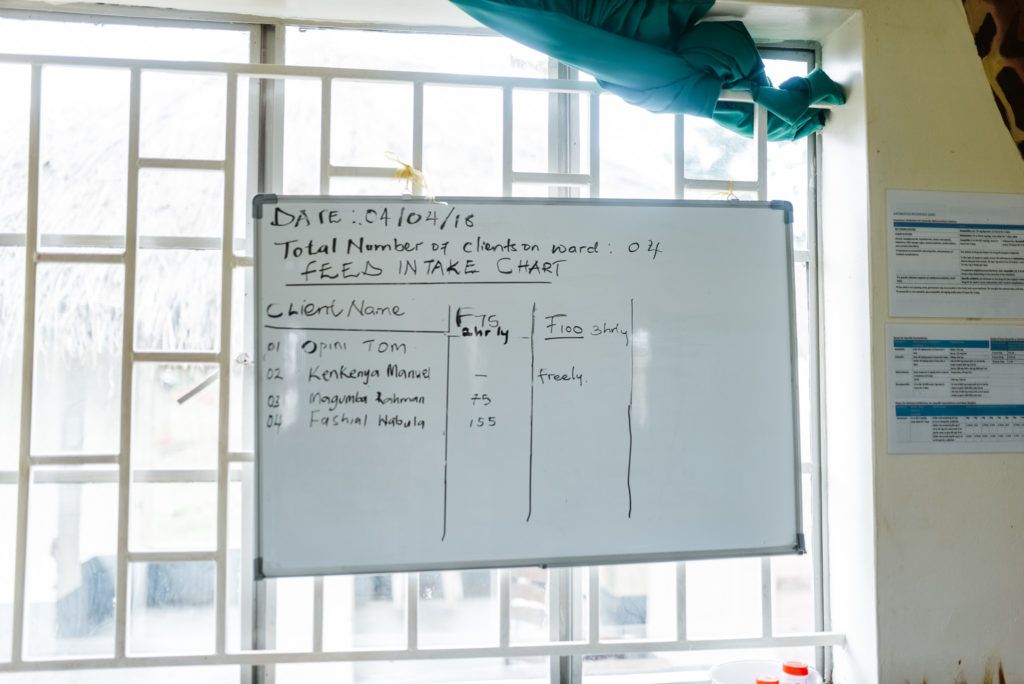
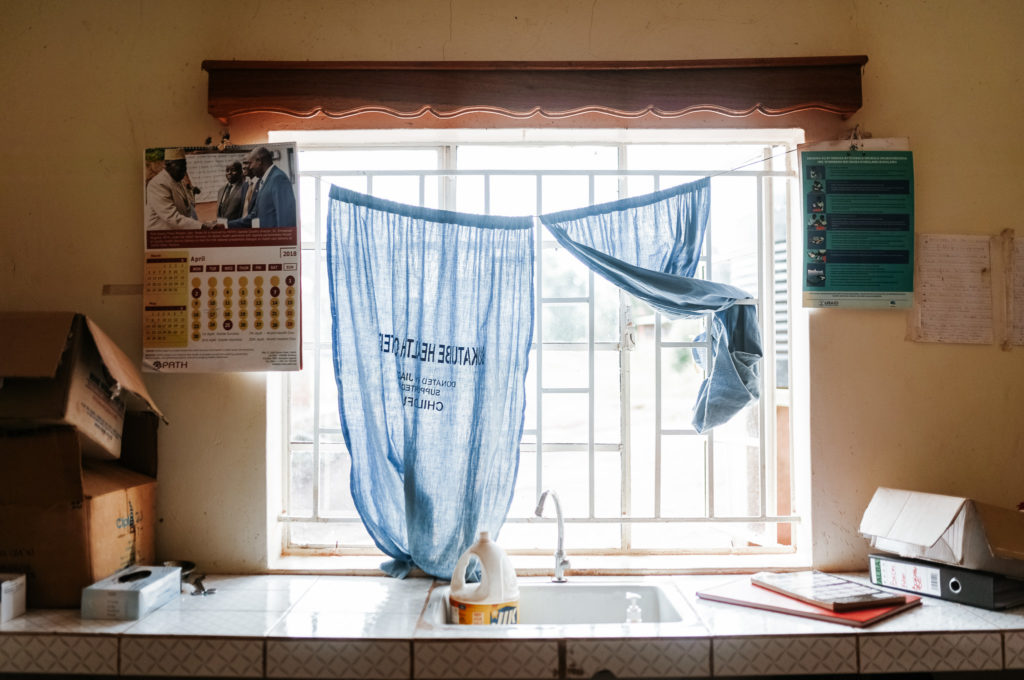
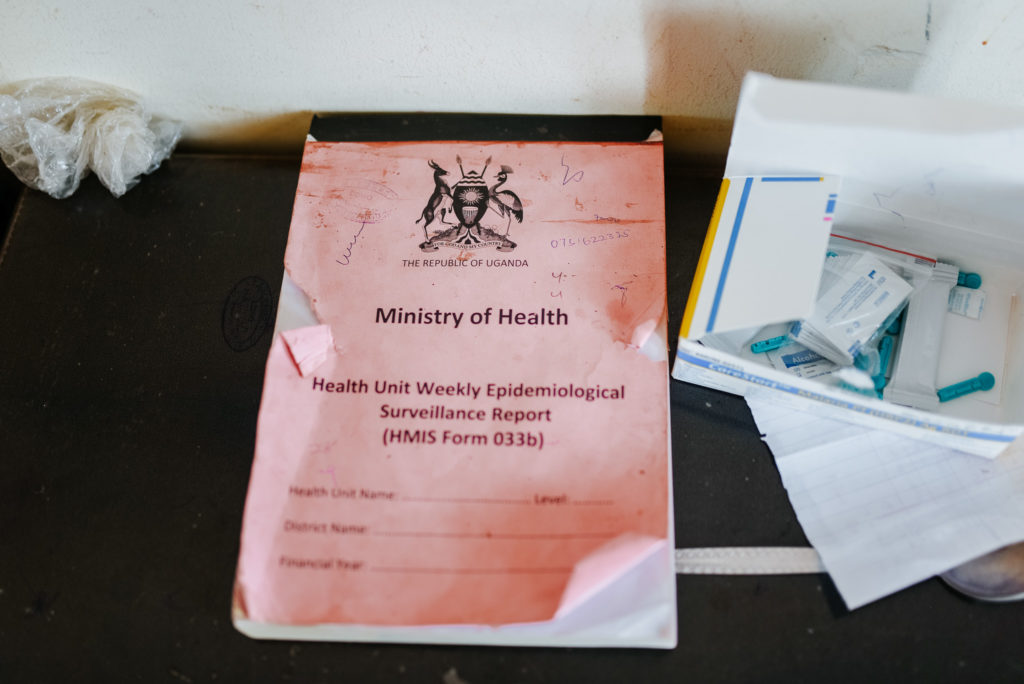
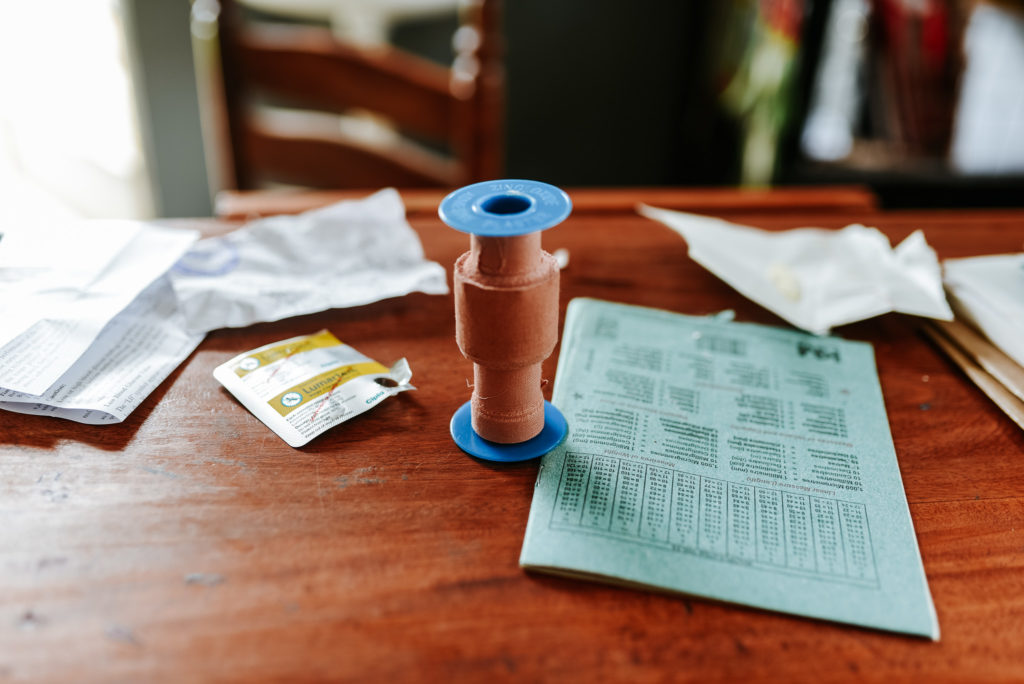
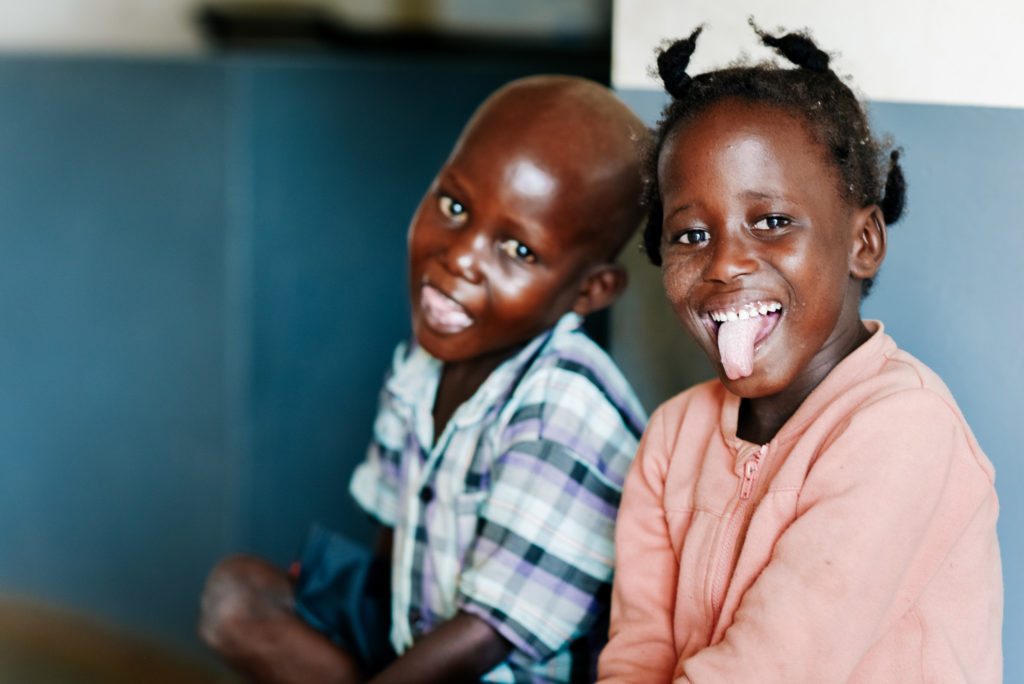
The team starts off like anyone would: wake up, coffee, Jesus!
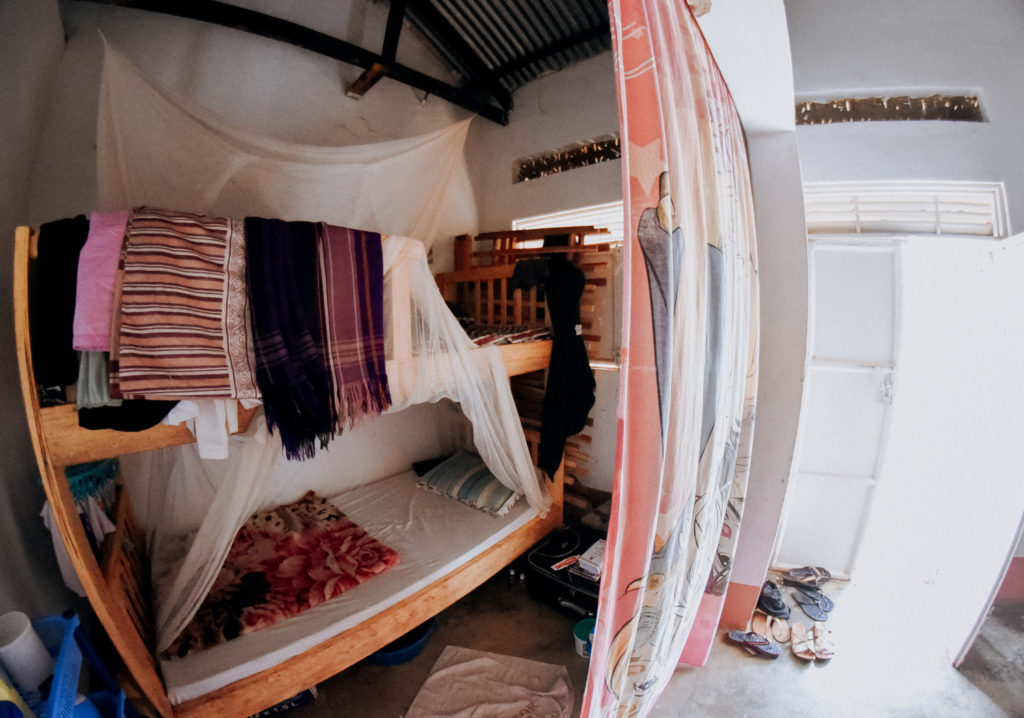
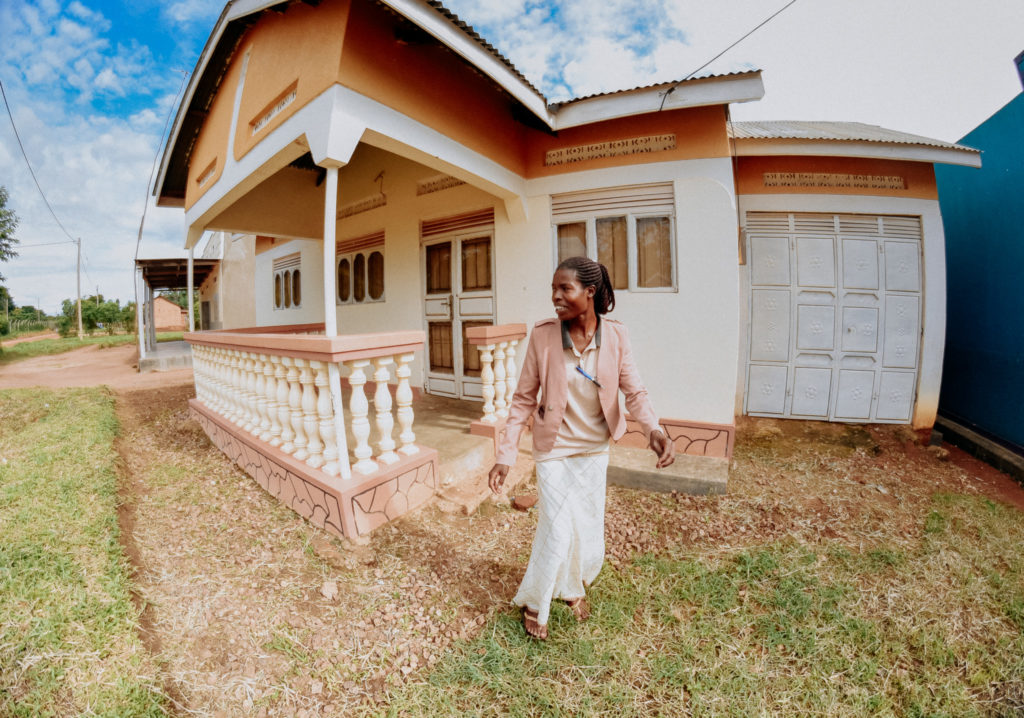
Staffers either get picked up by the carpool from their homes for a two-hour commute to the more rural parts of town, or there’s an on-site home they can stay at to avoid the long drive.
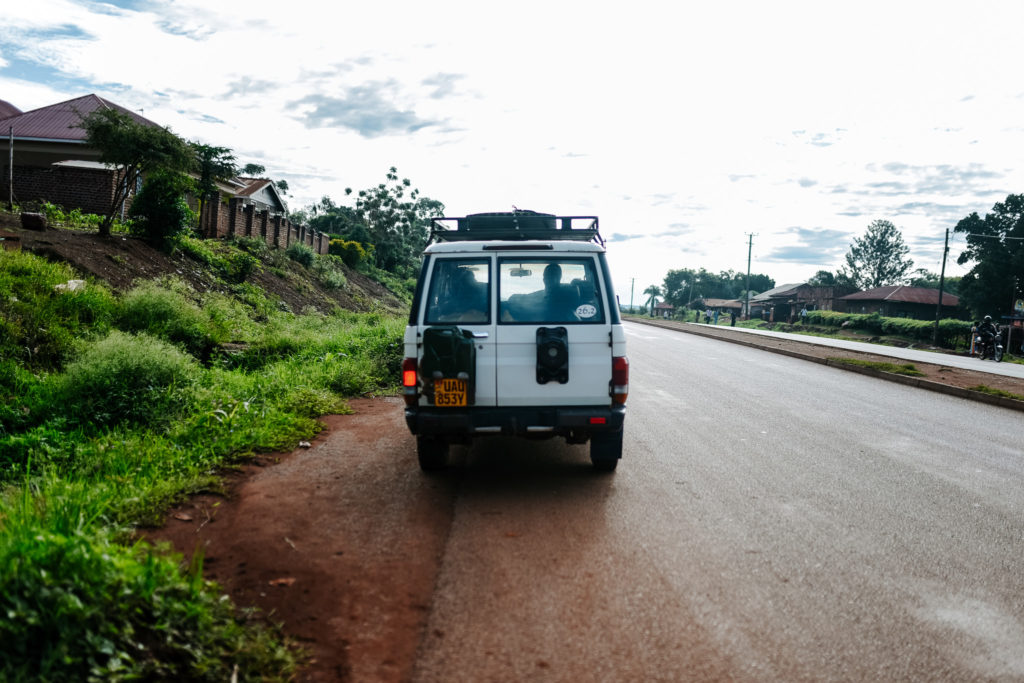
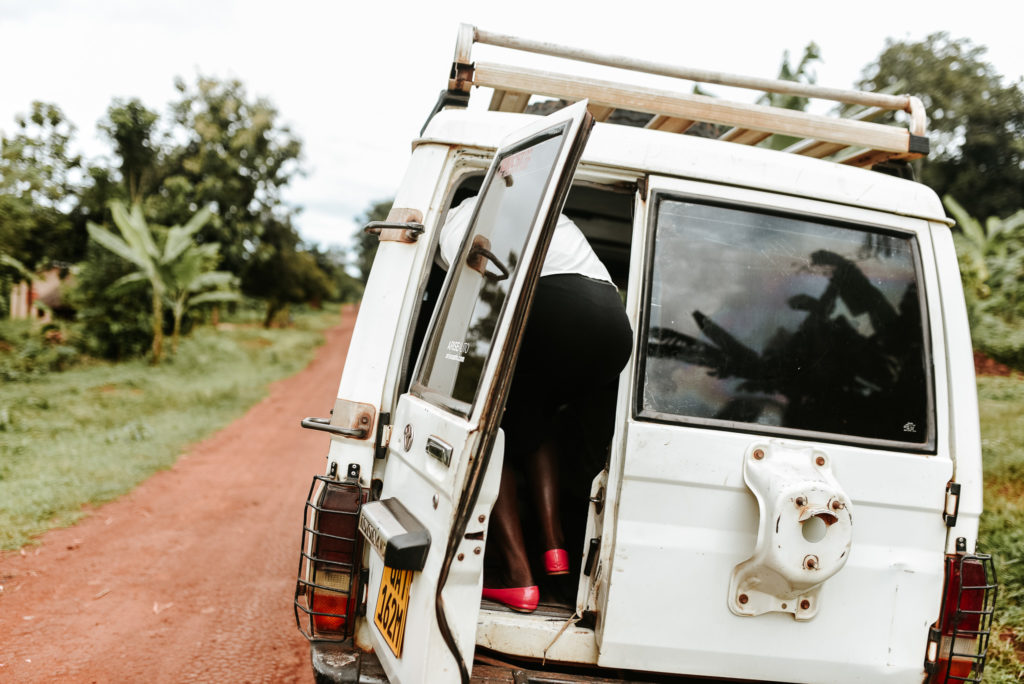
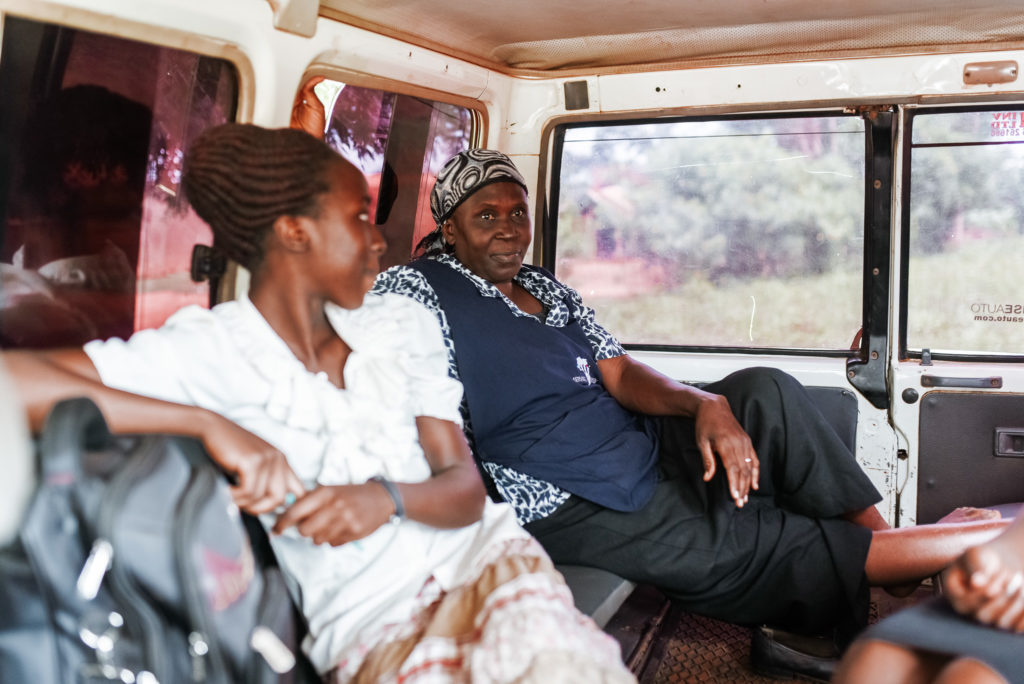
Pastor Hilary is the driver for the carpool every day.
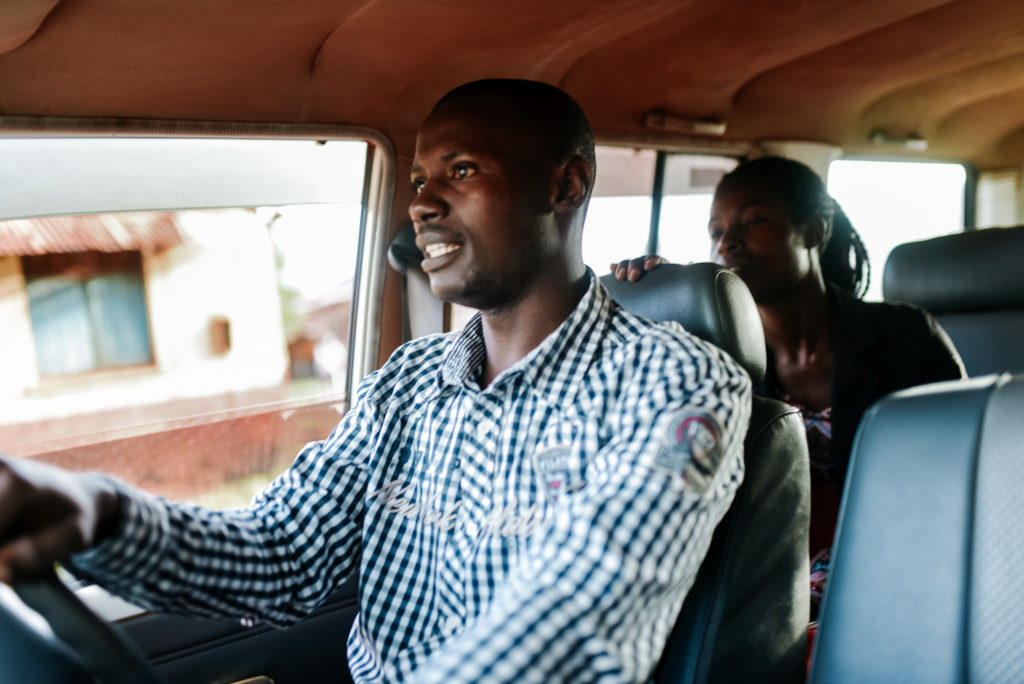
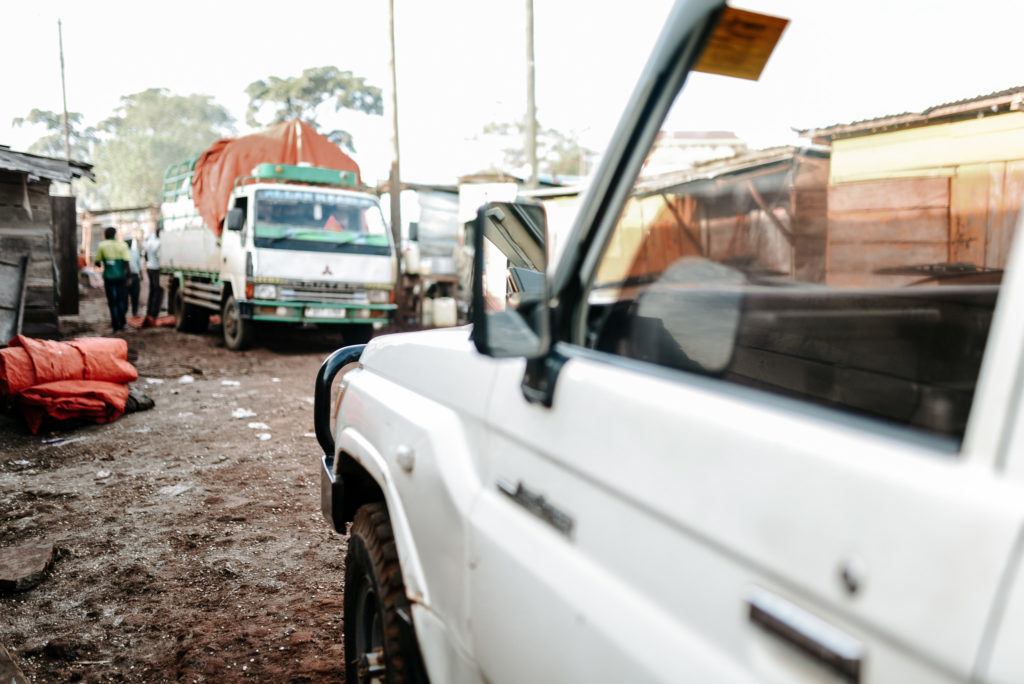
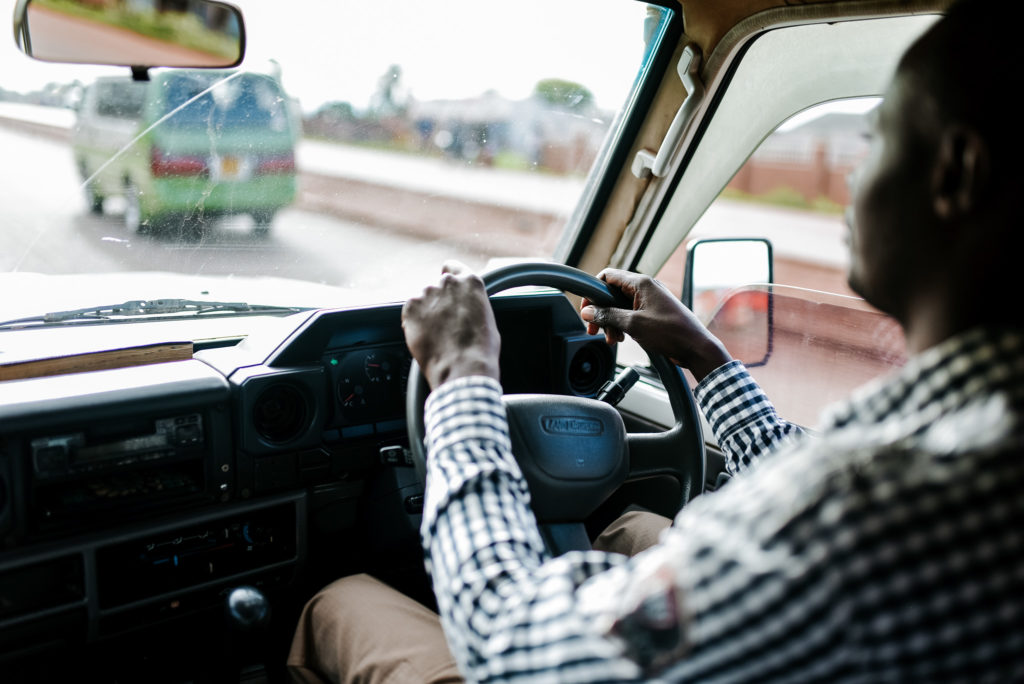
Along the way he stops at the Jinja Central Market to pick up any food items the center is in need of.
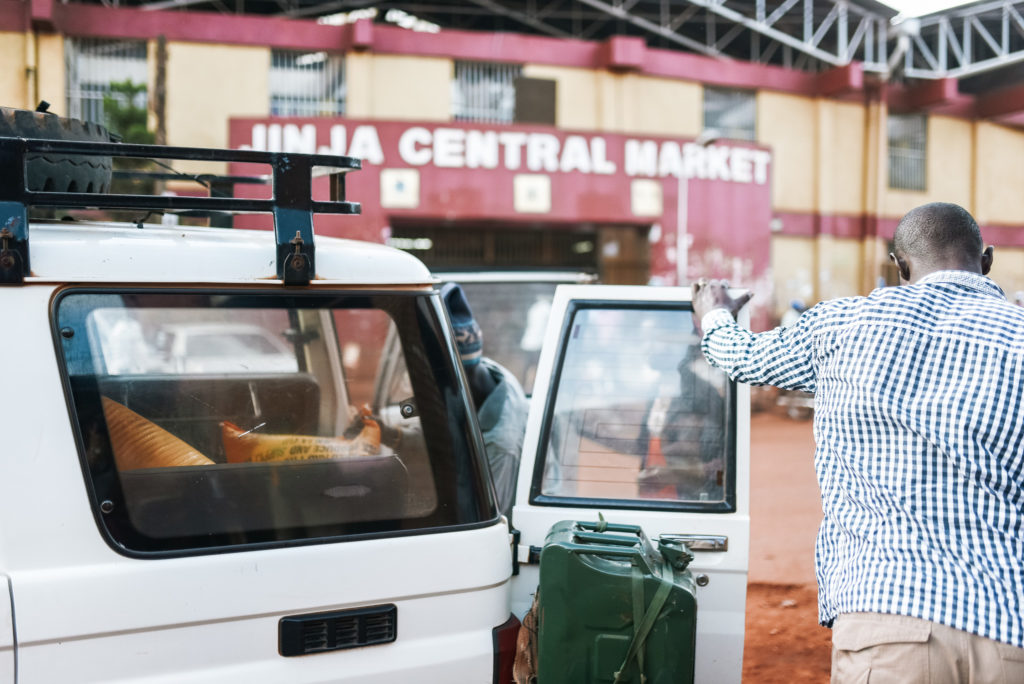
peanut butter, anyone?
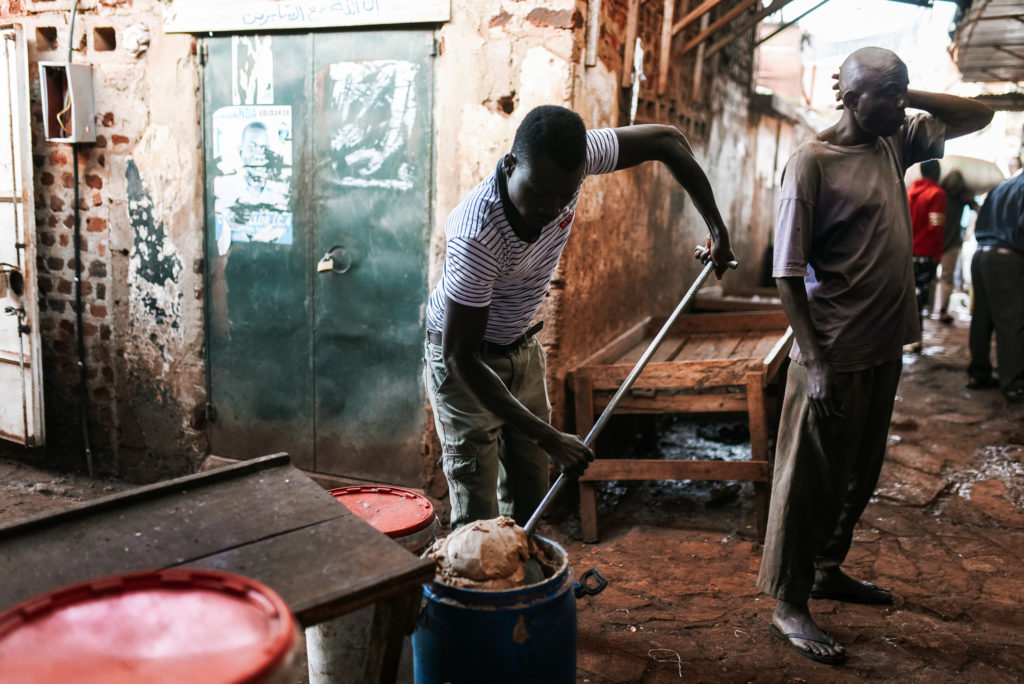
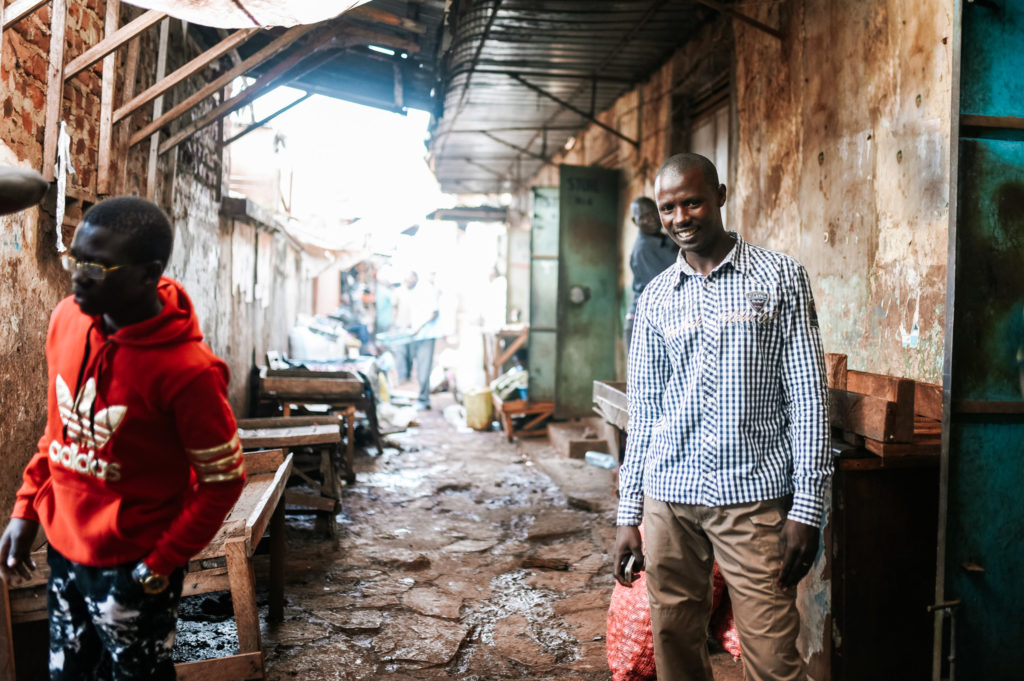
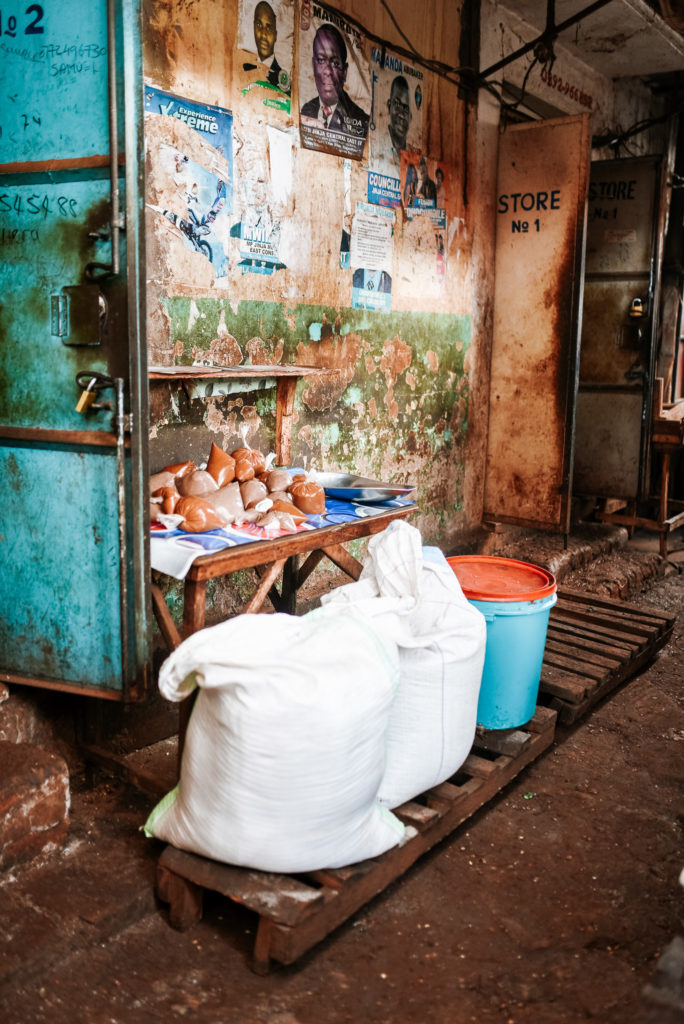
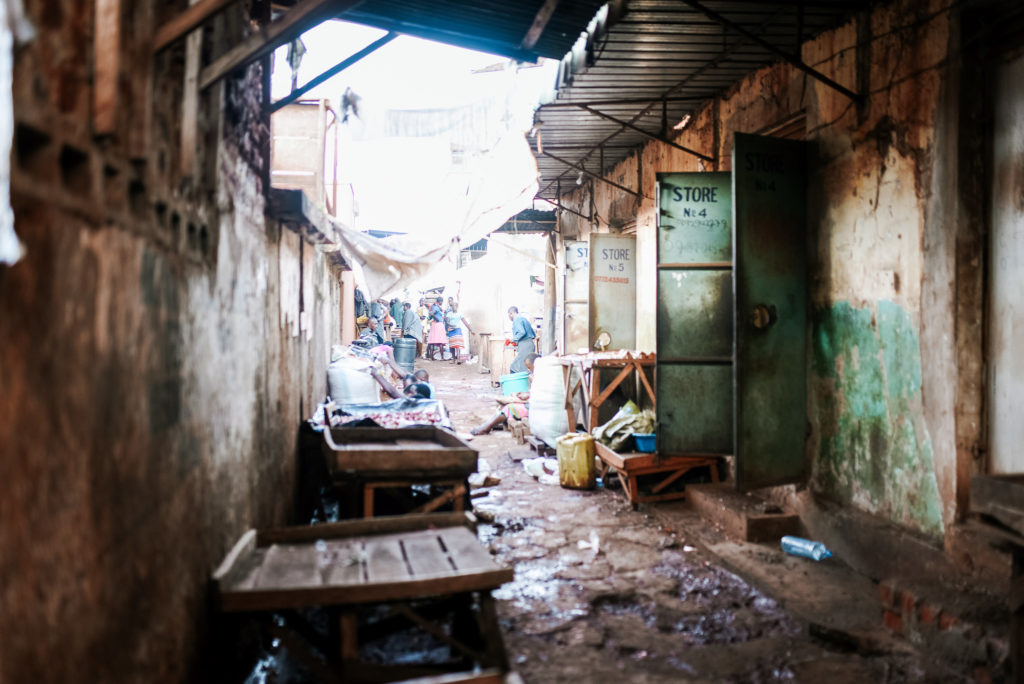
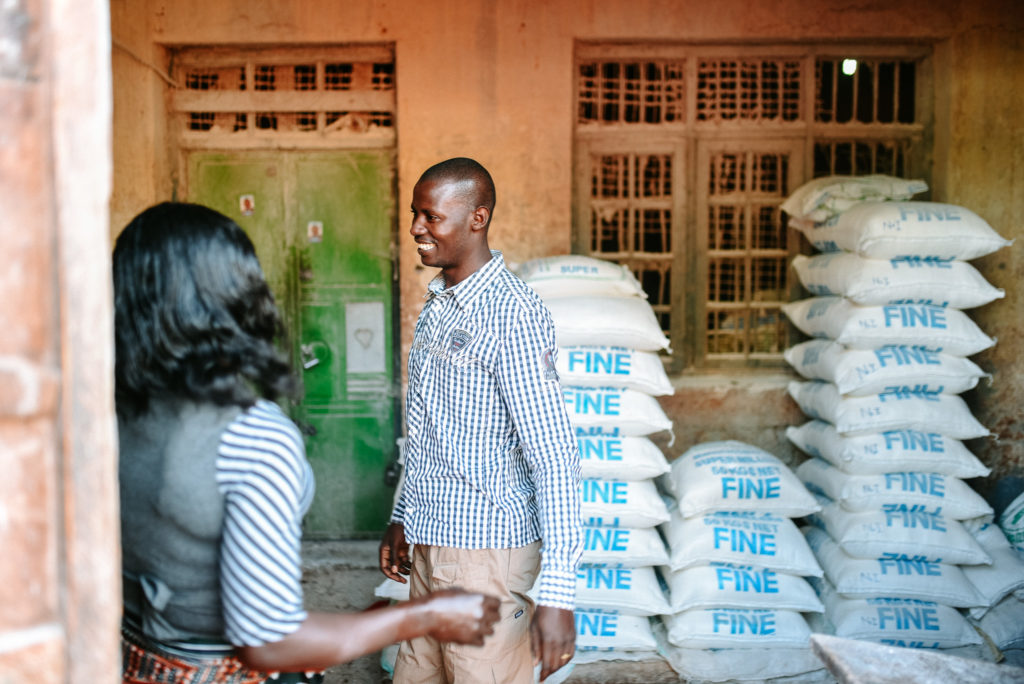
We also eat some fried cassava as a snack on the road 🙂 The team prays for the journey to the center on a long bumpy road through the bush.
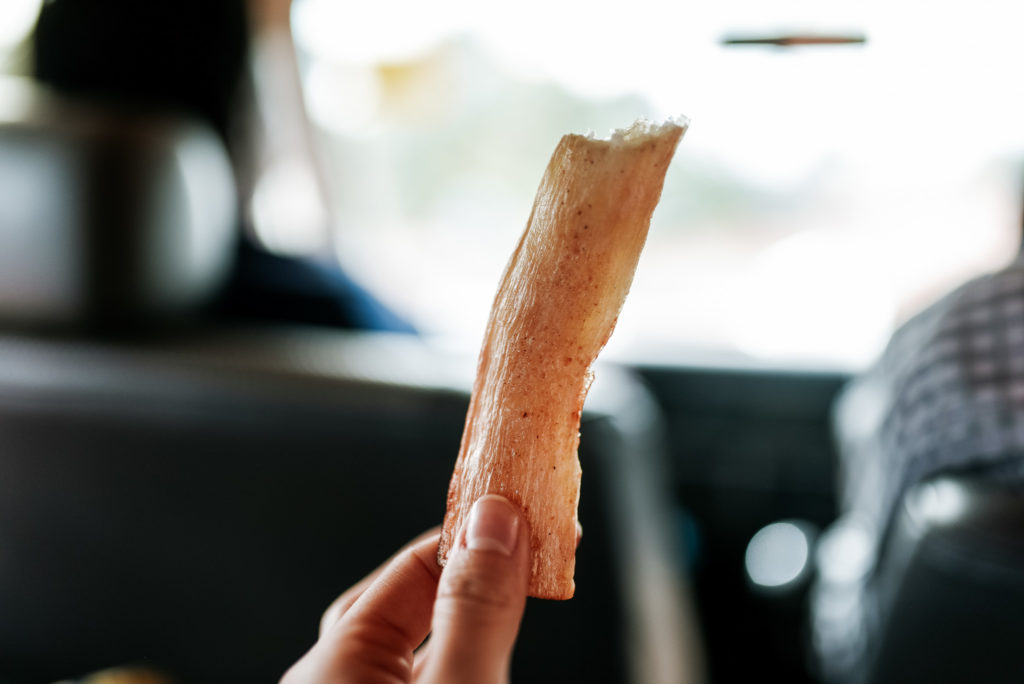
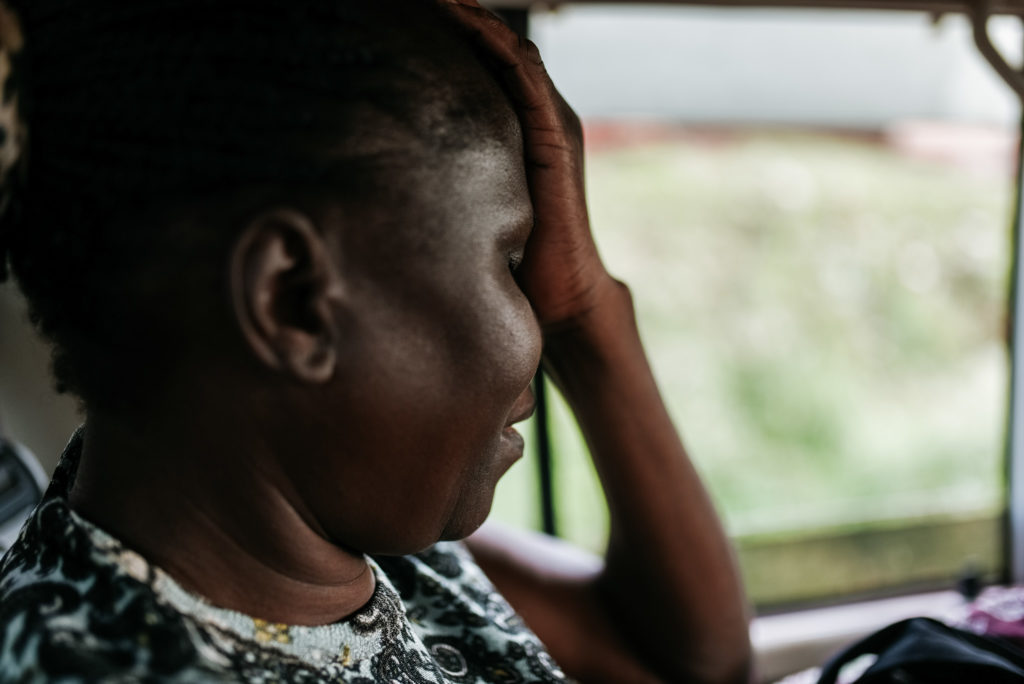
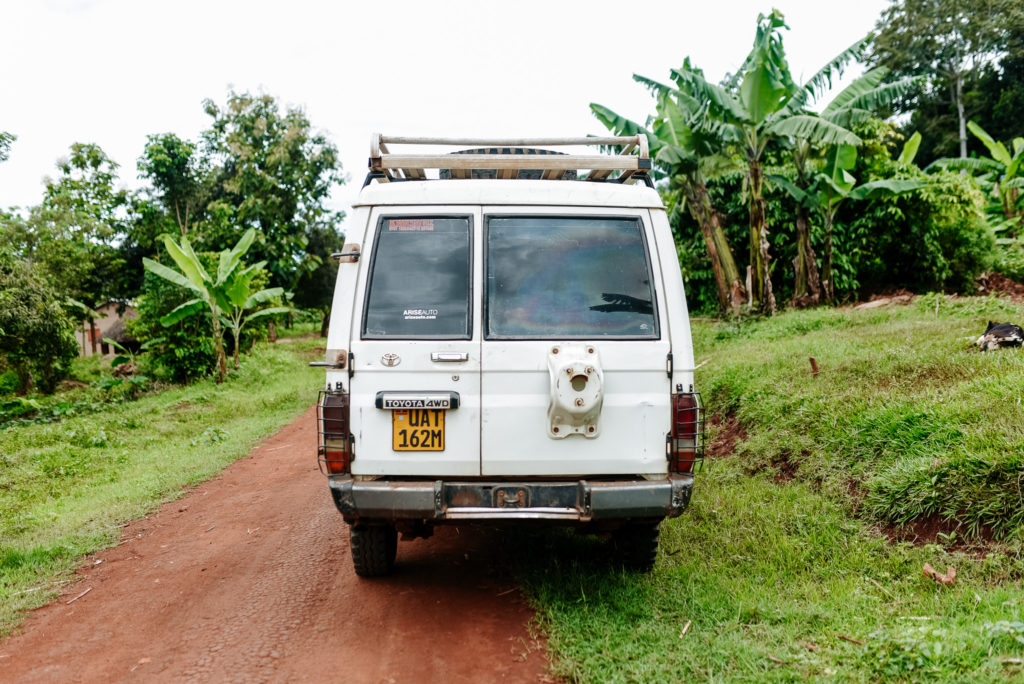

Once the team arrives, breakfast is ready thanks to the sweet chef, Mary.
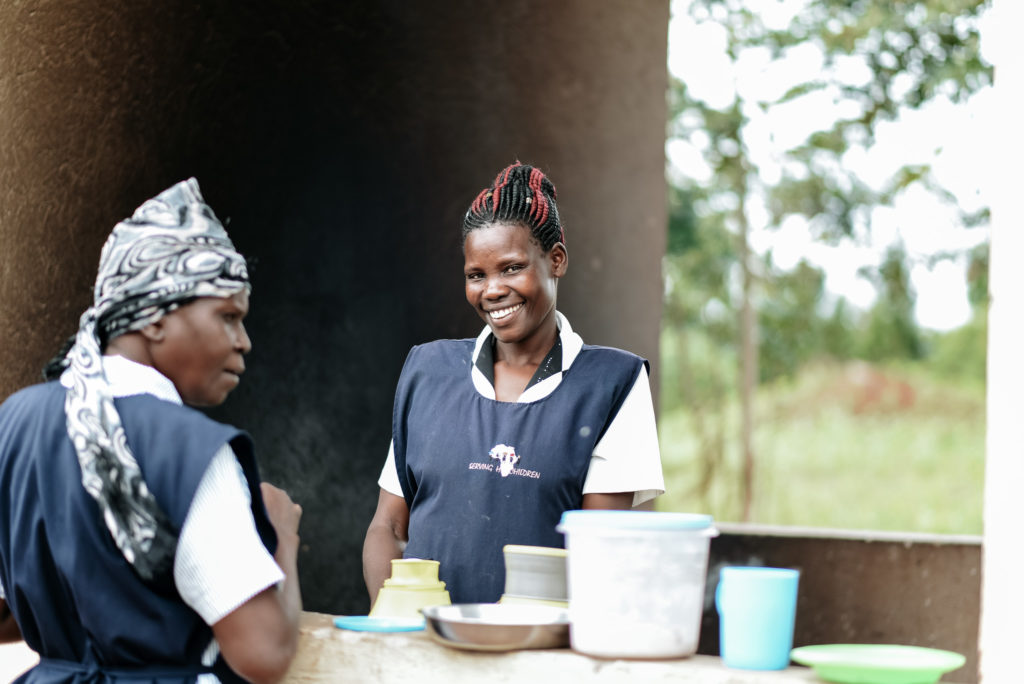
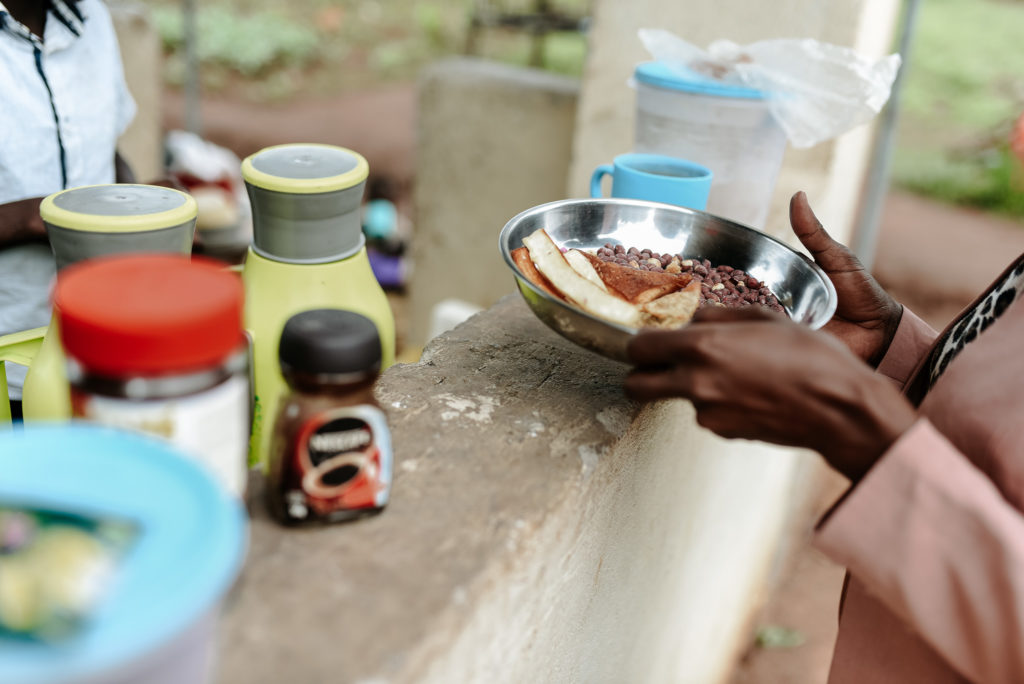
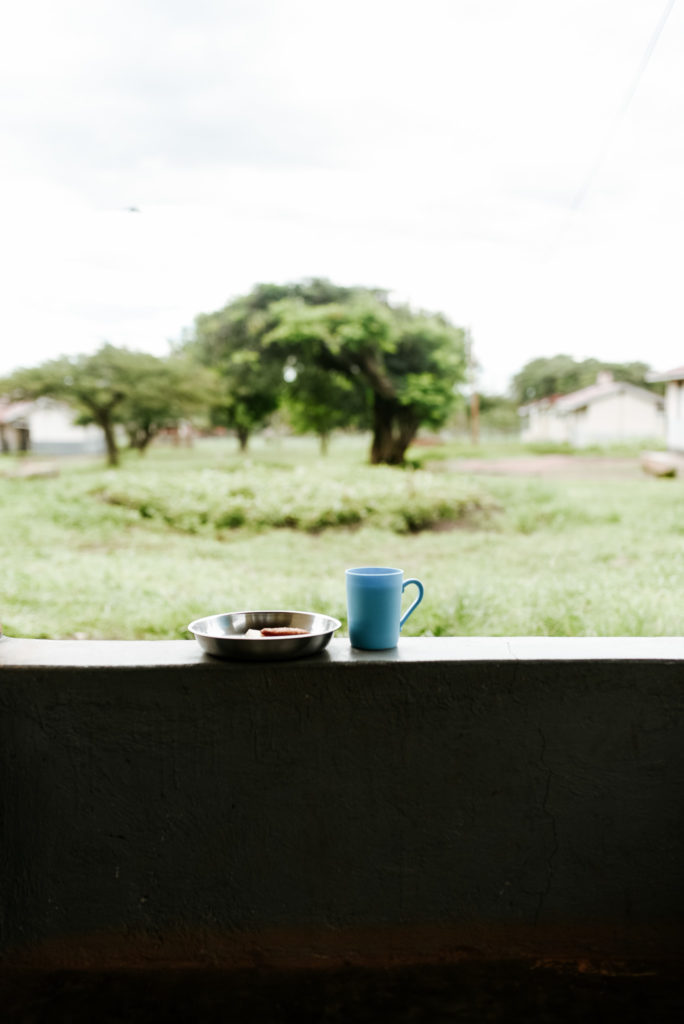
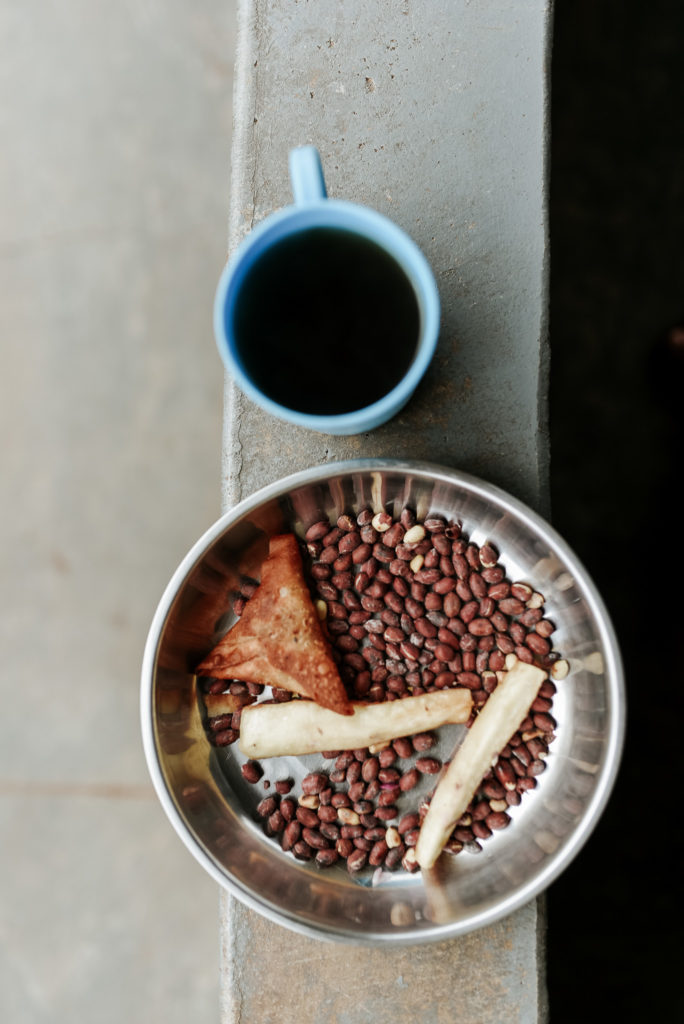
While everyone enjoys hot coffee, g-nuts, cassava, and samosas, one of the team members leads a Bible study + prayer. Parents staying at the center with their kids are welcome to join.
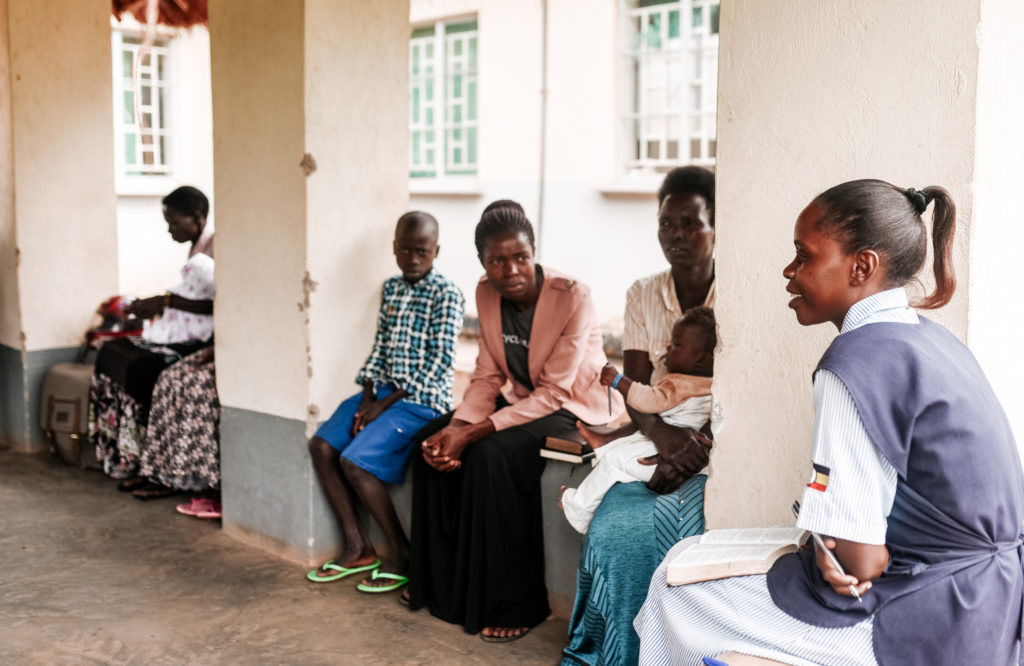
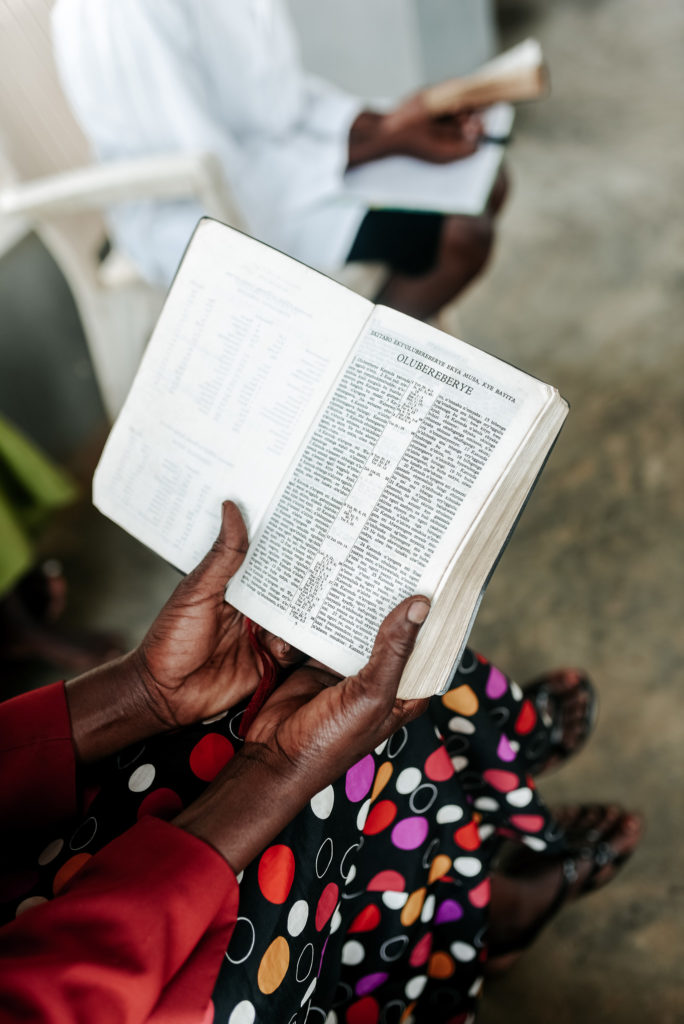

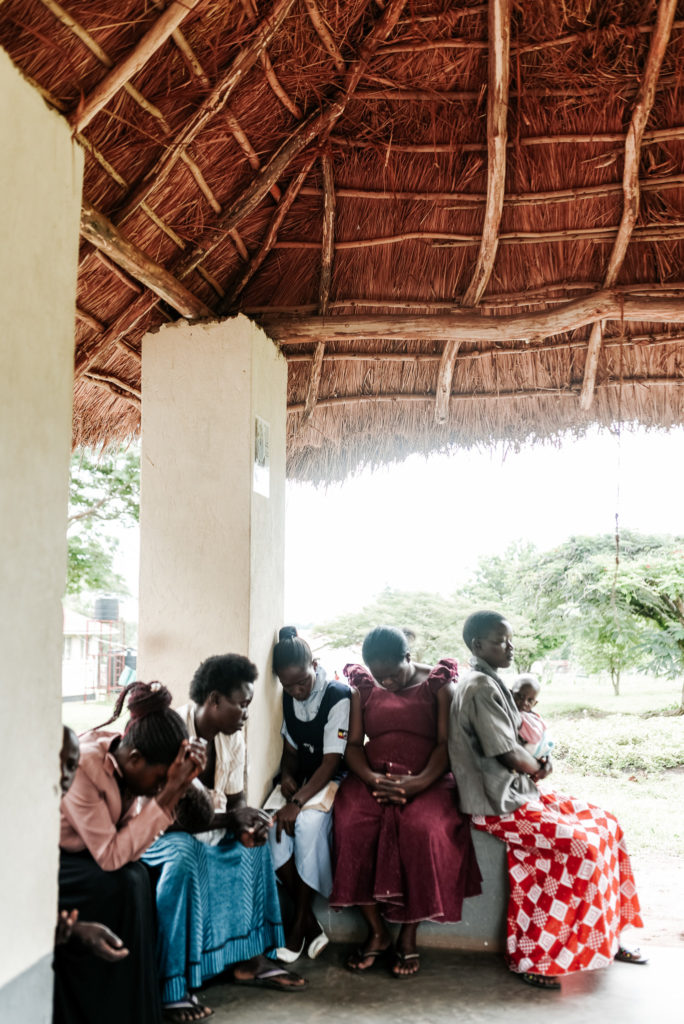
Then the Serving His teams heads into the field + gets working tirelessly until the very end of the day. They begin with medical treatment to restore children back to health:
“Inpatient Therapeutic Care for the treatment of Severe Acute Malnutrition is a method established by the World Health Organization being implemented worldwide. The Serving His Children medical team serves alongside government hospital staff to provide quality health care for children while parents and caregivers are mentored in nutrition, general health care, family planning and progressive agriculture techniques. Pastoral support is available to caregivers during their stay.”
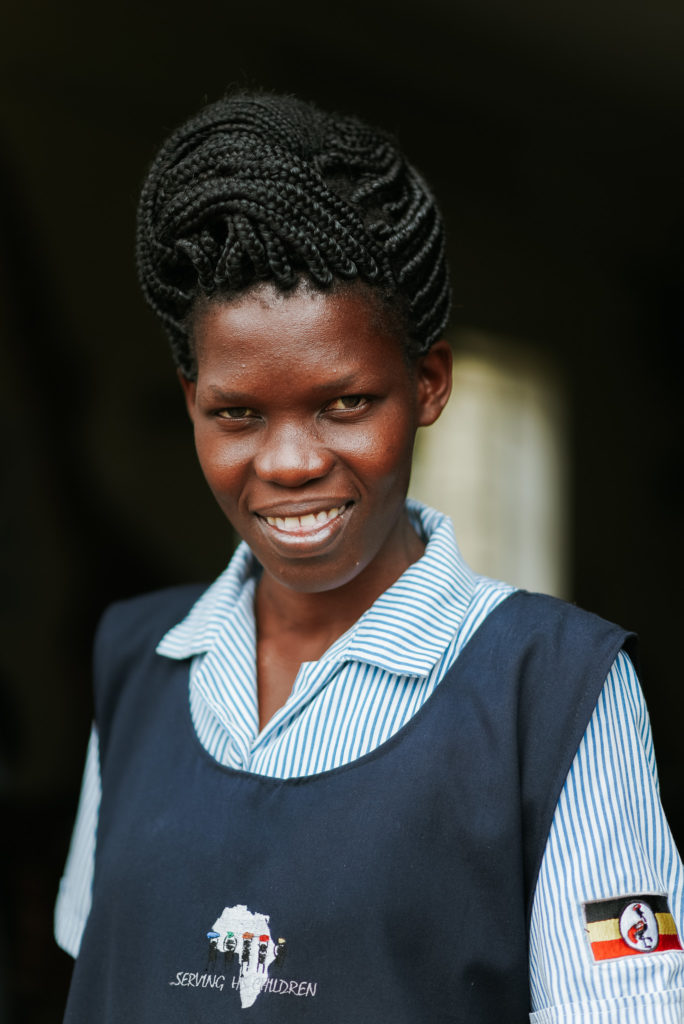
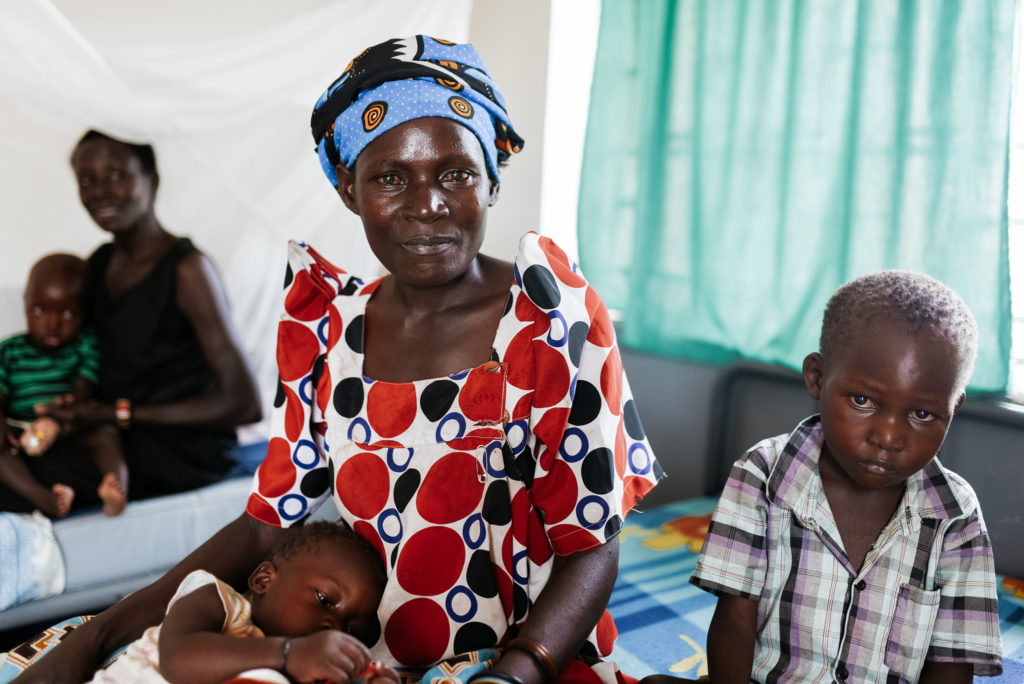
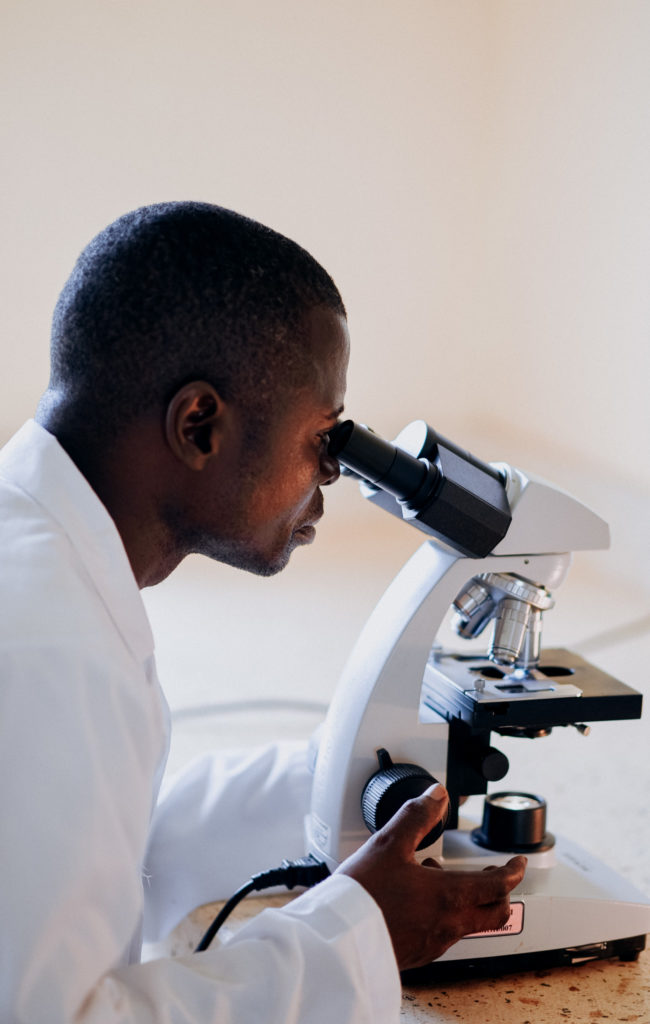
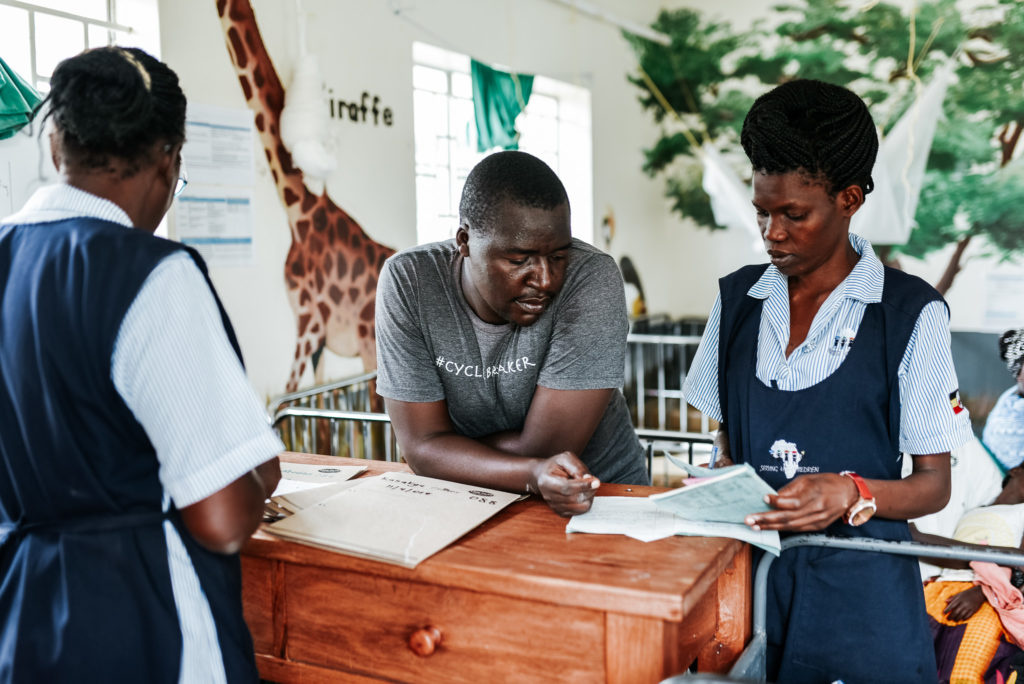
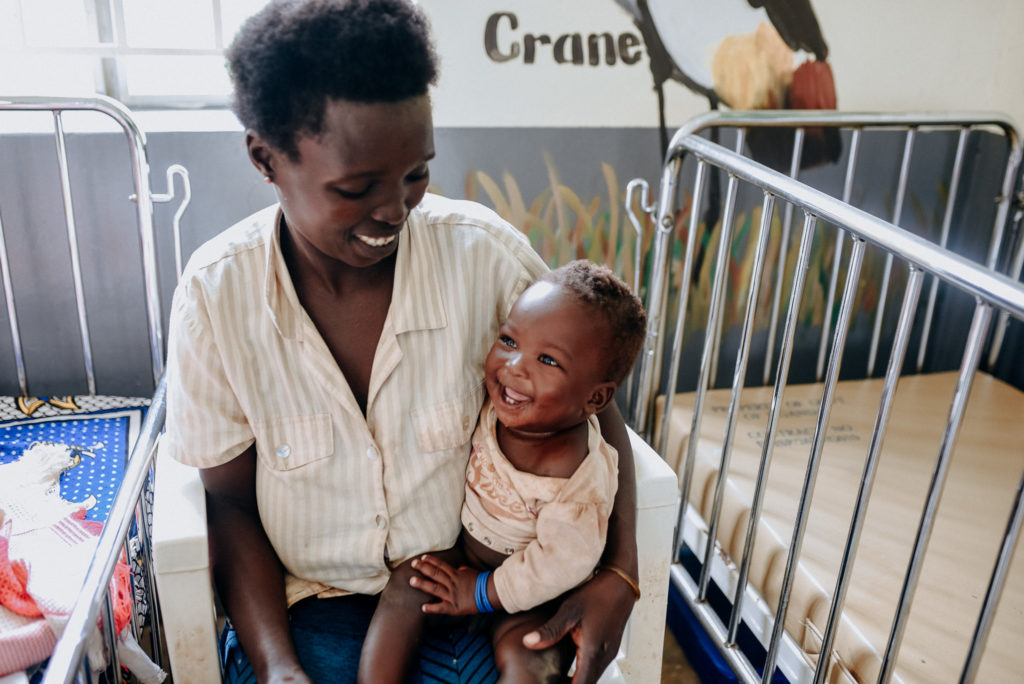
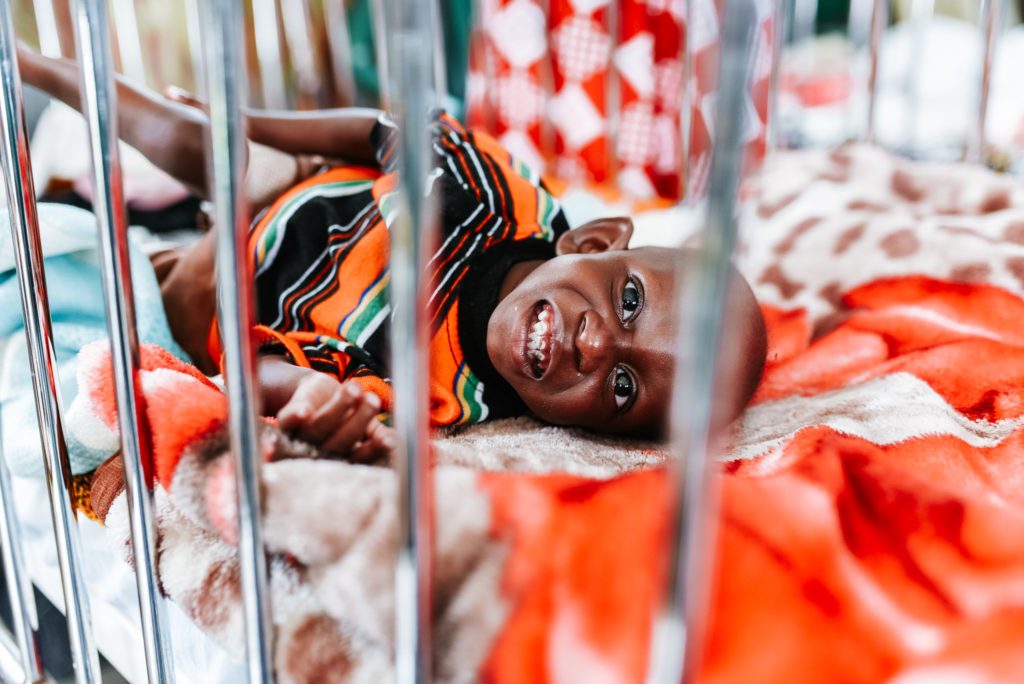
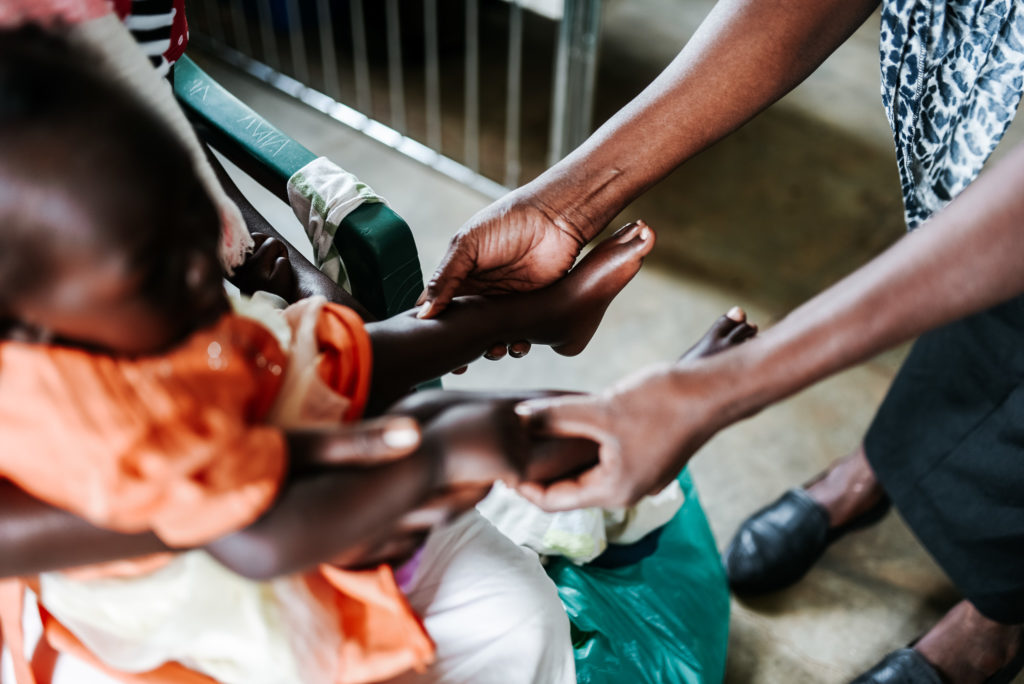
Then, by educating and empowering the rural communities, malnutrition’s cycle is broken:
“We believe that prevention is always better than a cure. Educational classes ranging from balanced diets to family planning are taught each day. Children in early stages of malnutrition are admitted into an outpatient program at the health center where they are assessed by medical staff and supplemental foods are distributed to be administered in the home. Parents attend classes that can inspire life-altering changes in their homes and local pastors offer spiritual support and Bible teaching.”
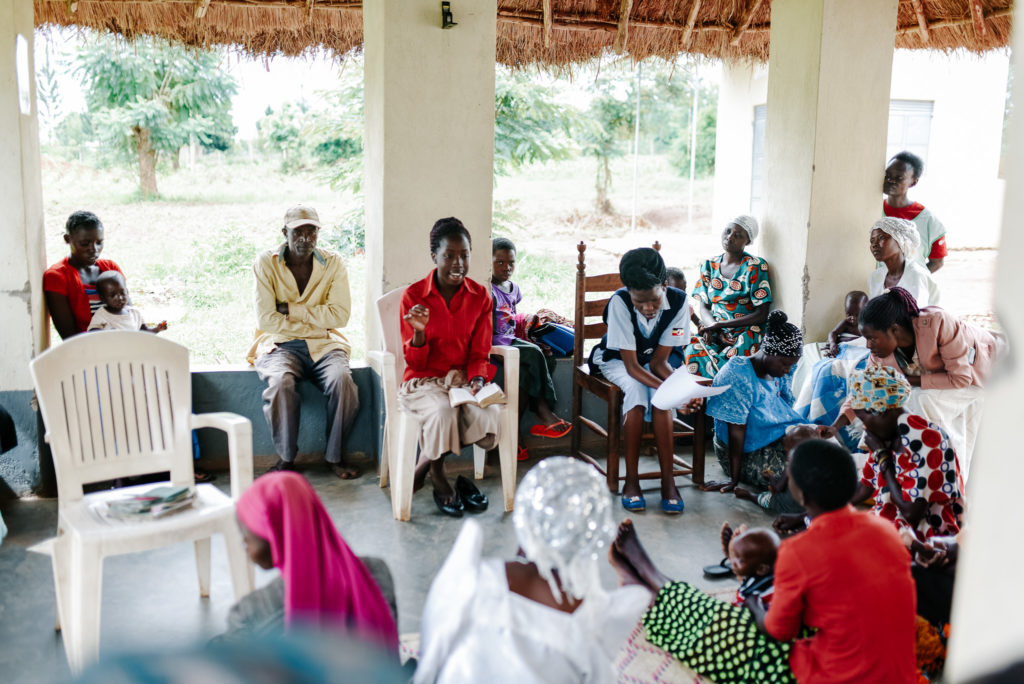

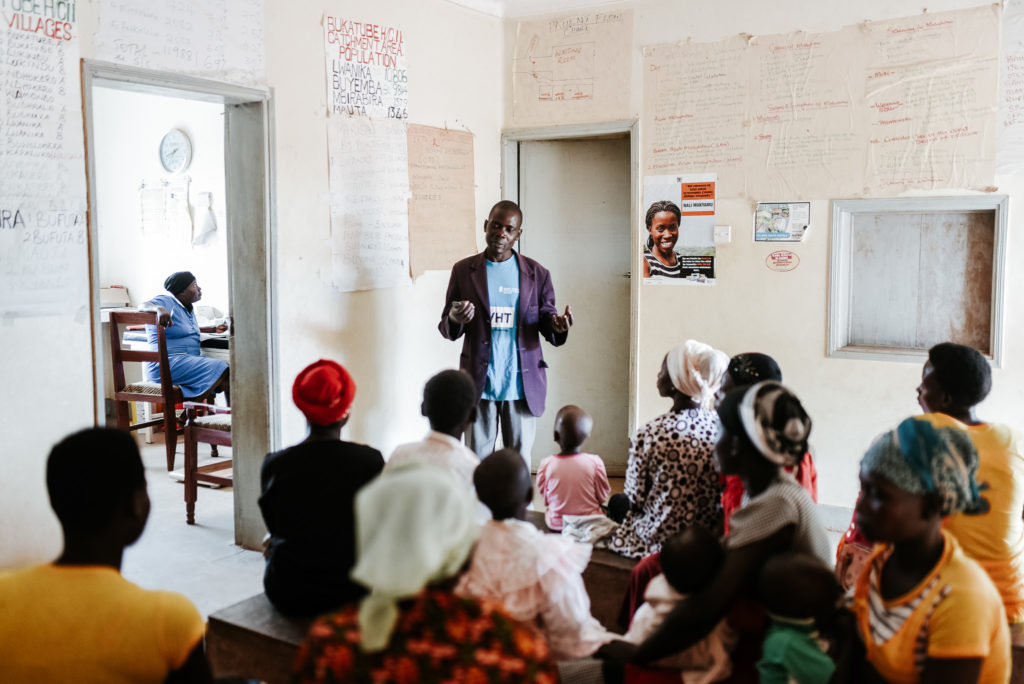
Implementation of these methods in the village leads to sustainable change:
“Our goal is to help communities identify their greatest needs and equip them to become their own change agents–a sustainable means of ending malnutrition is formed.”
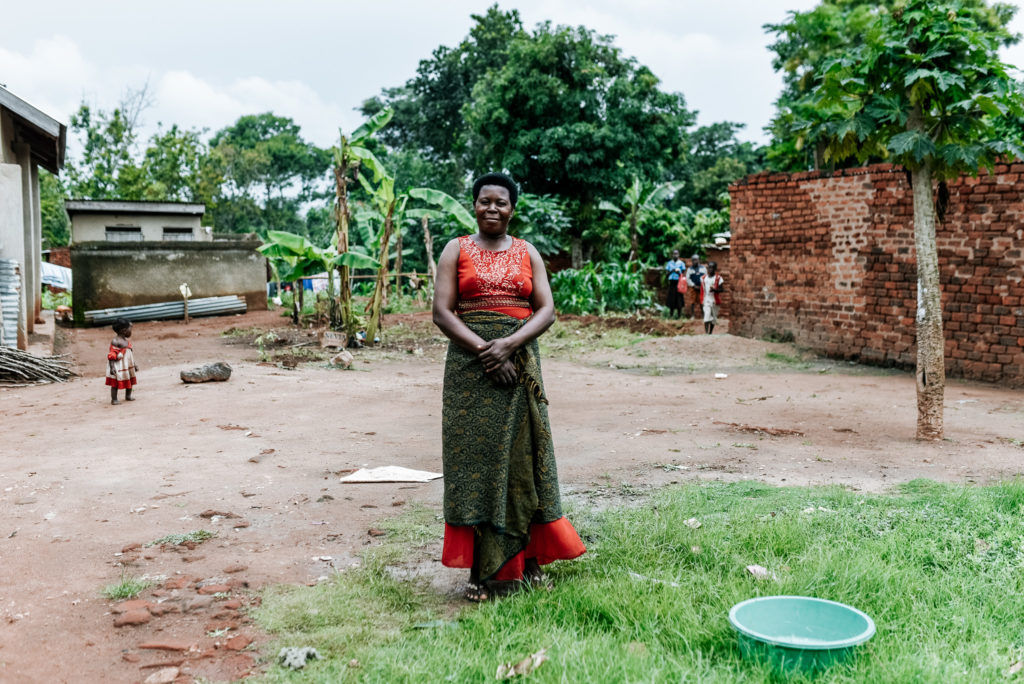
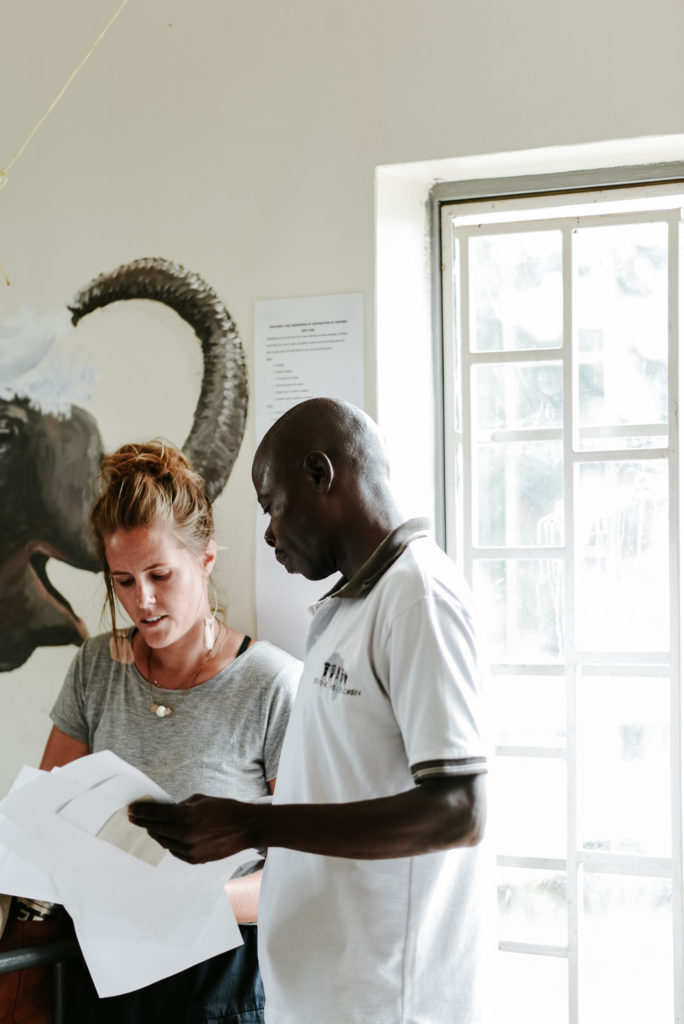
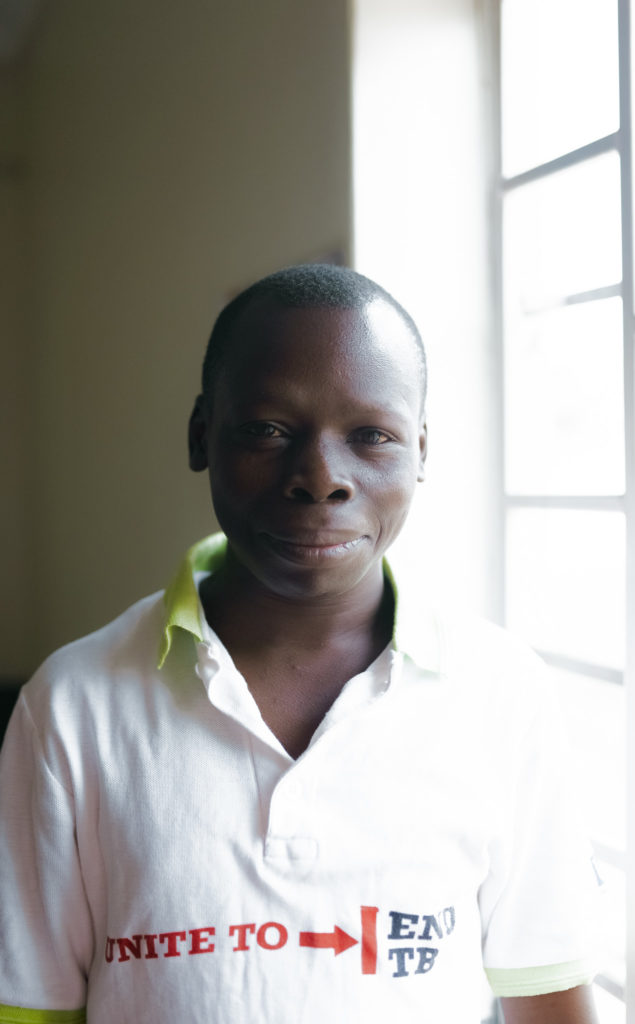
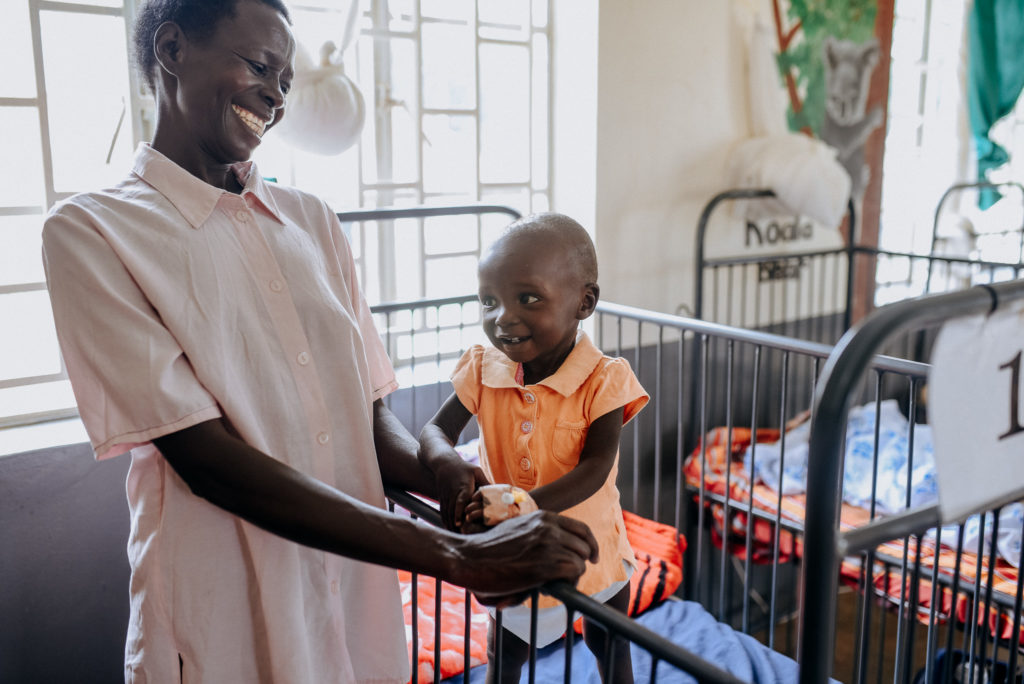
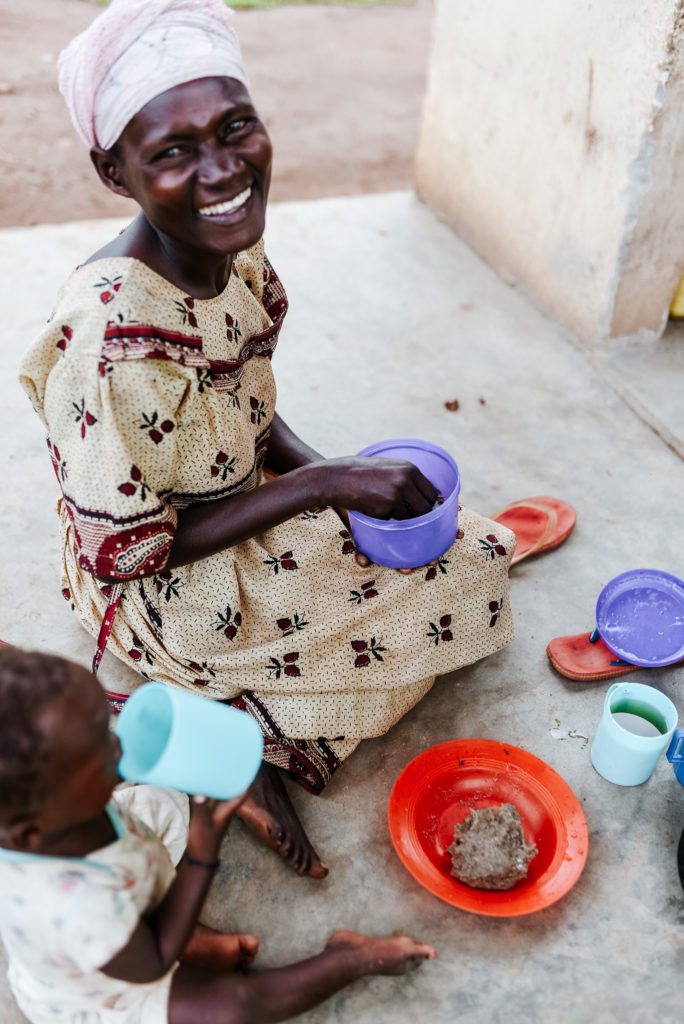
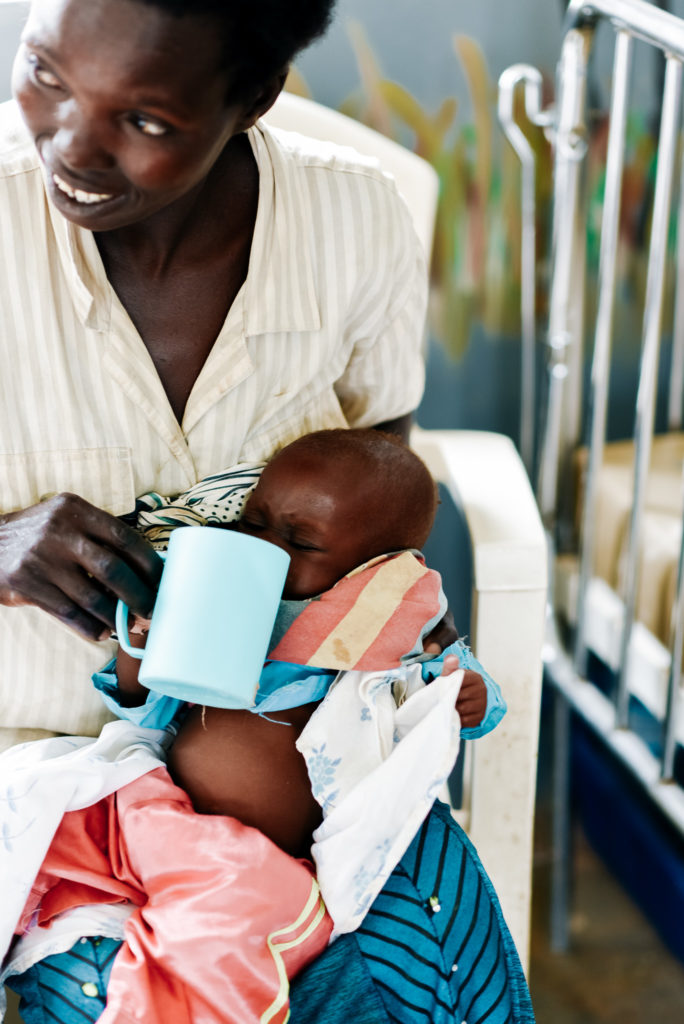
So how does a child end up staying at the malnutrition center?
Serving His holds weekly clinics for families in communities surrounding the center to have doctors perform physical inspections on their children.
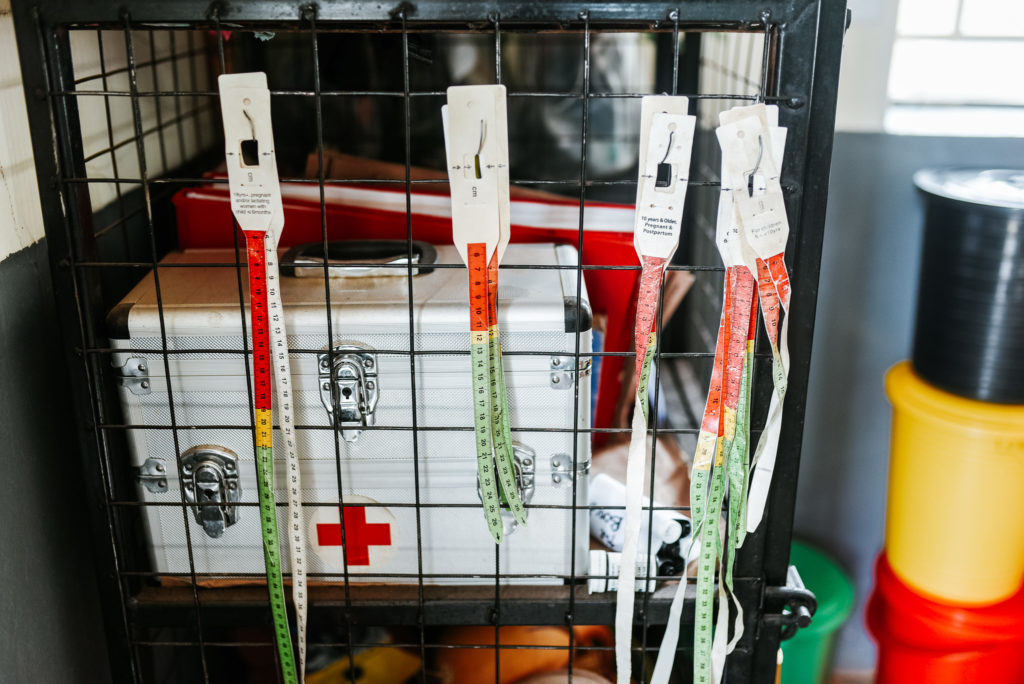

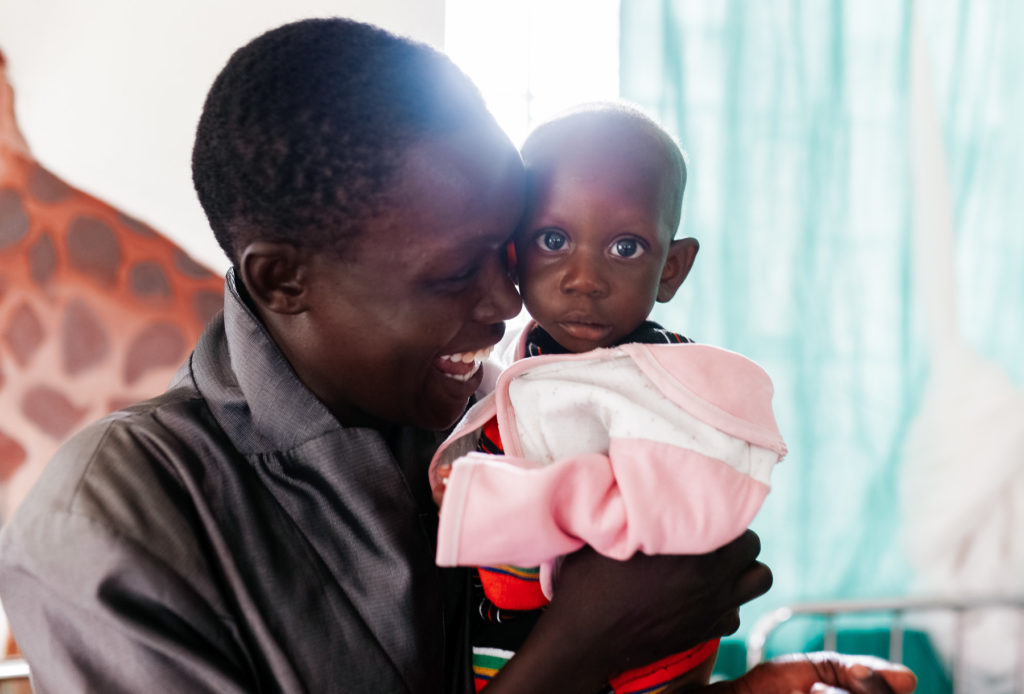

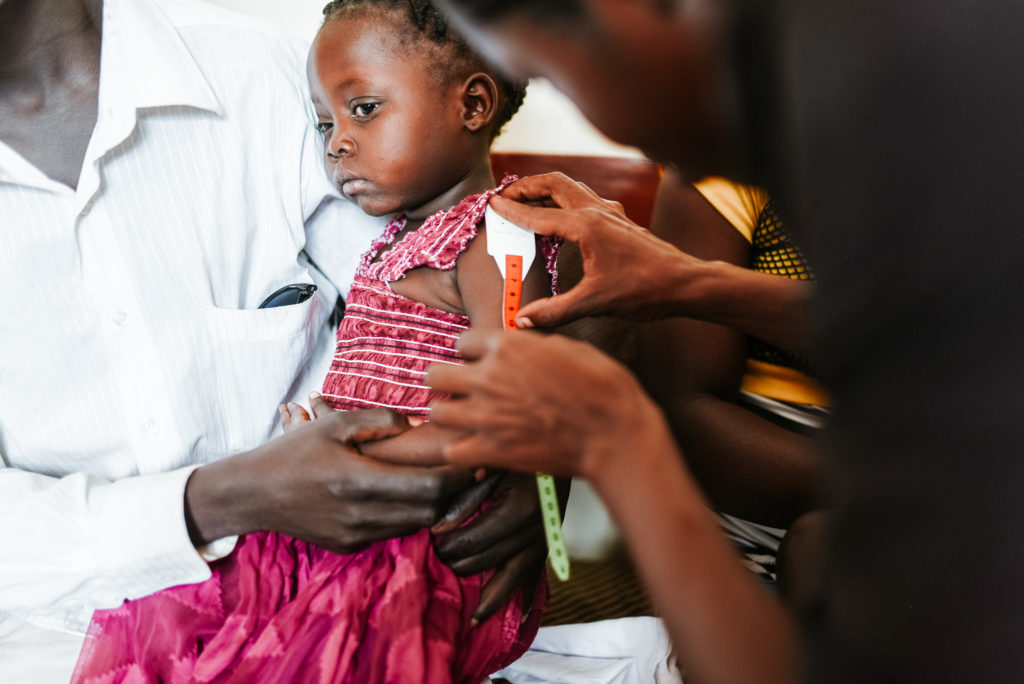
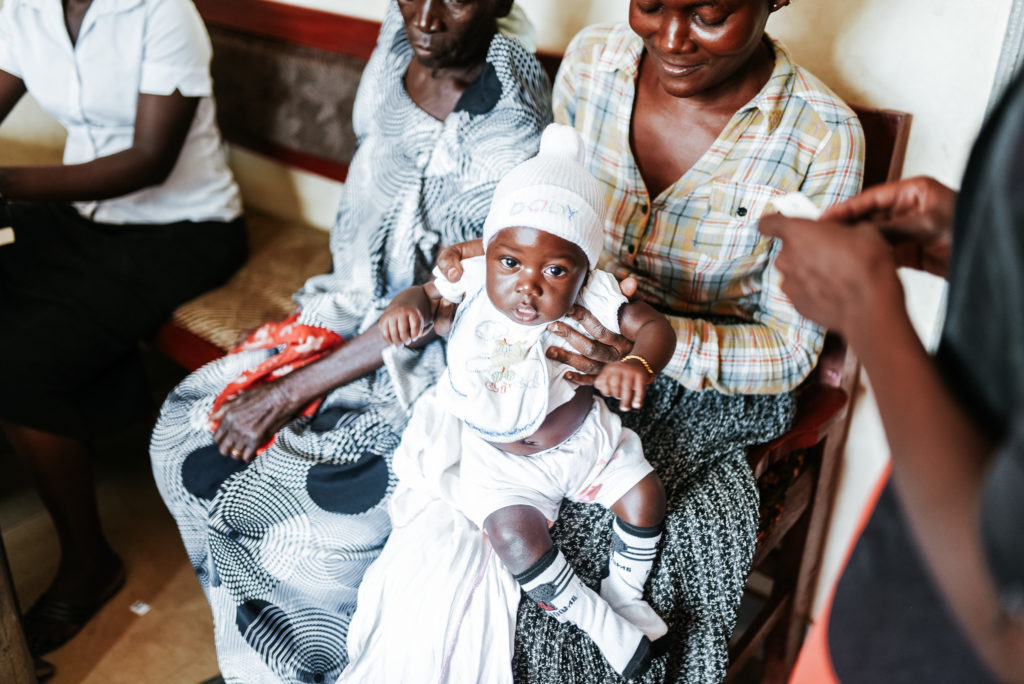
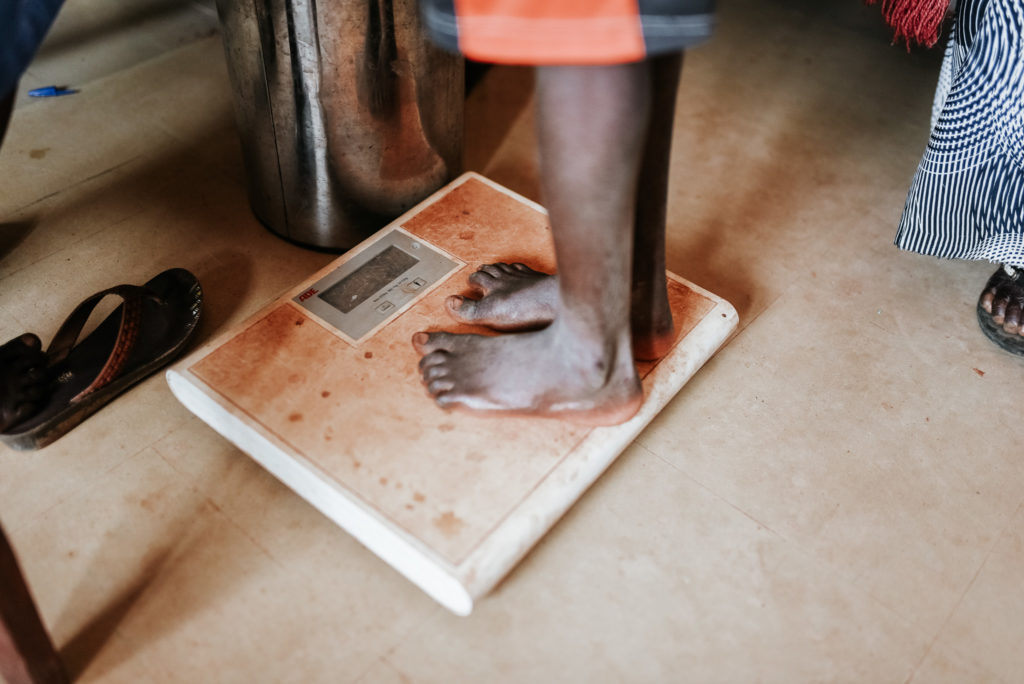
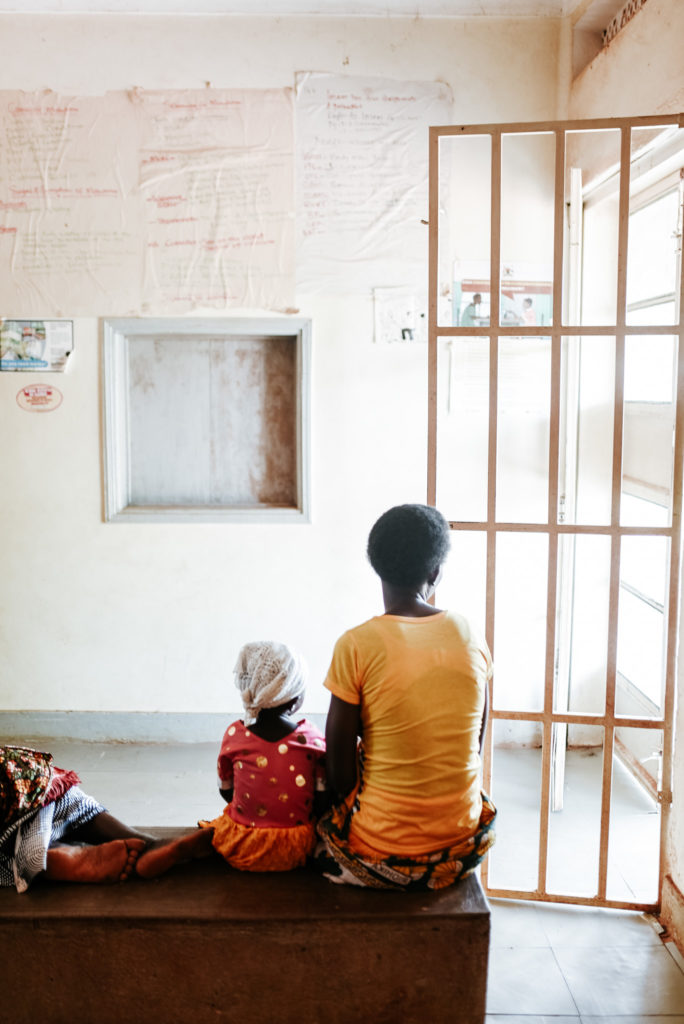
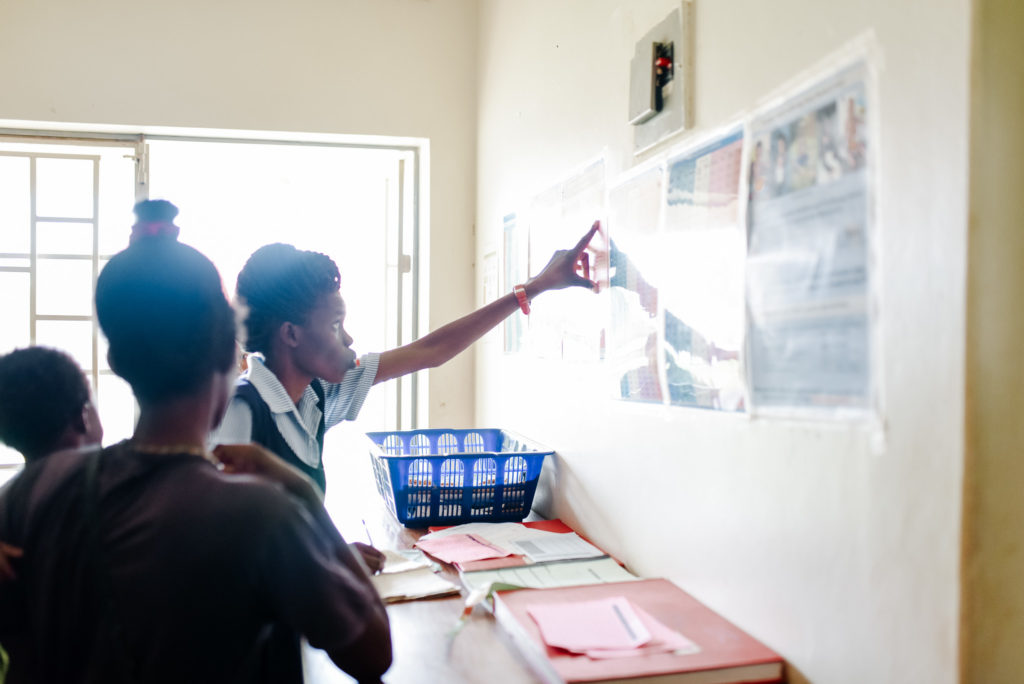
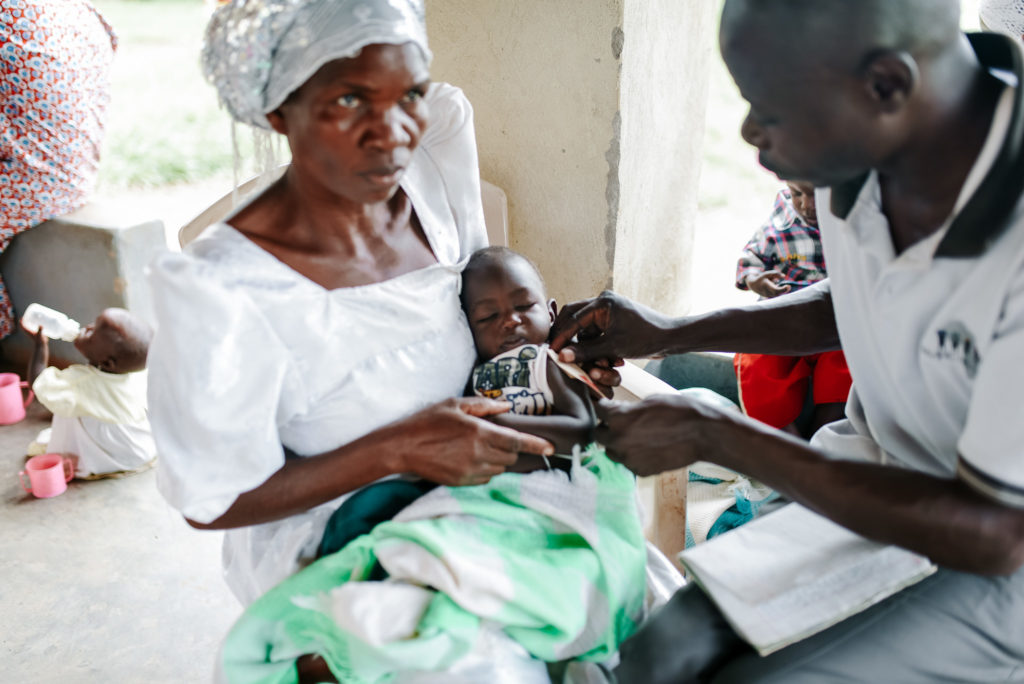
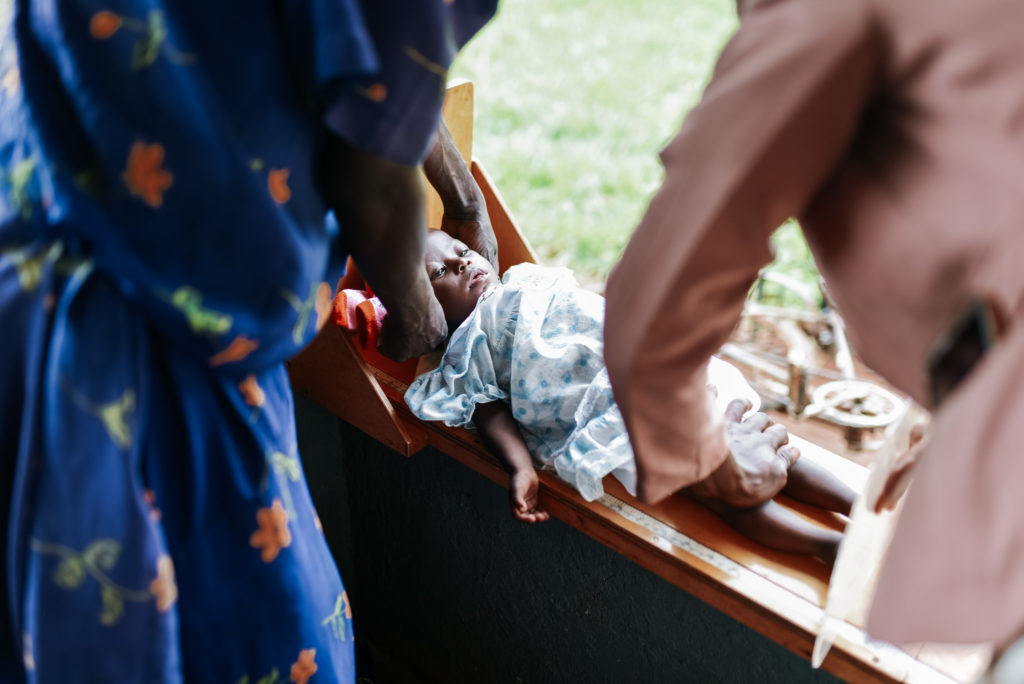
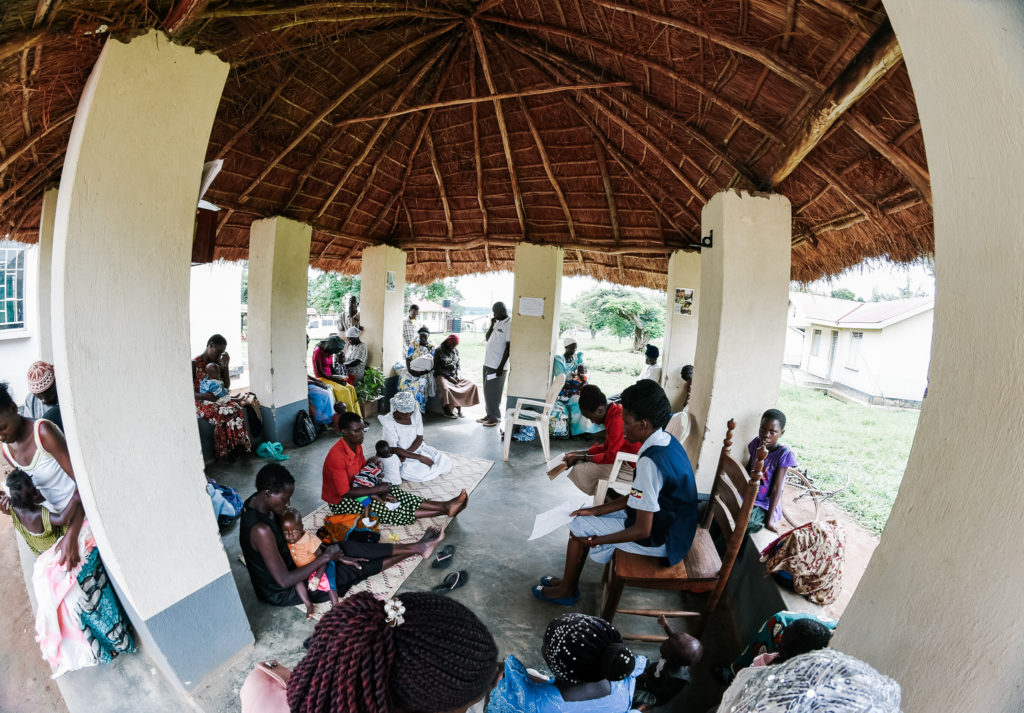
When a child is found to have Severe Acute Malnutrition, they transport both the child + their mother to the center for Inpatient Therapeutic Care.
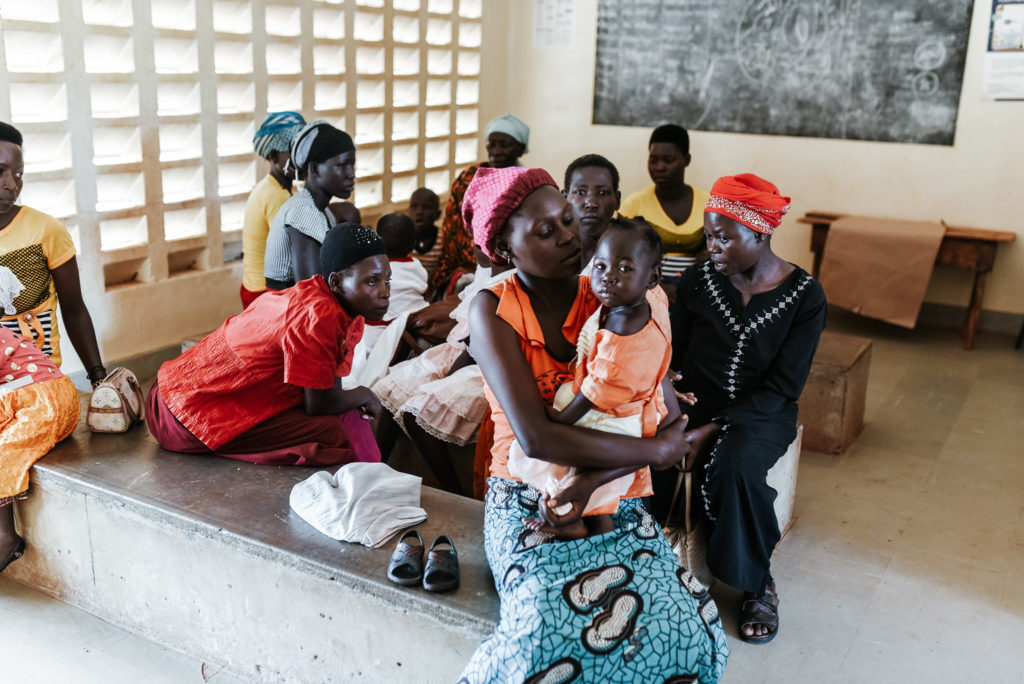
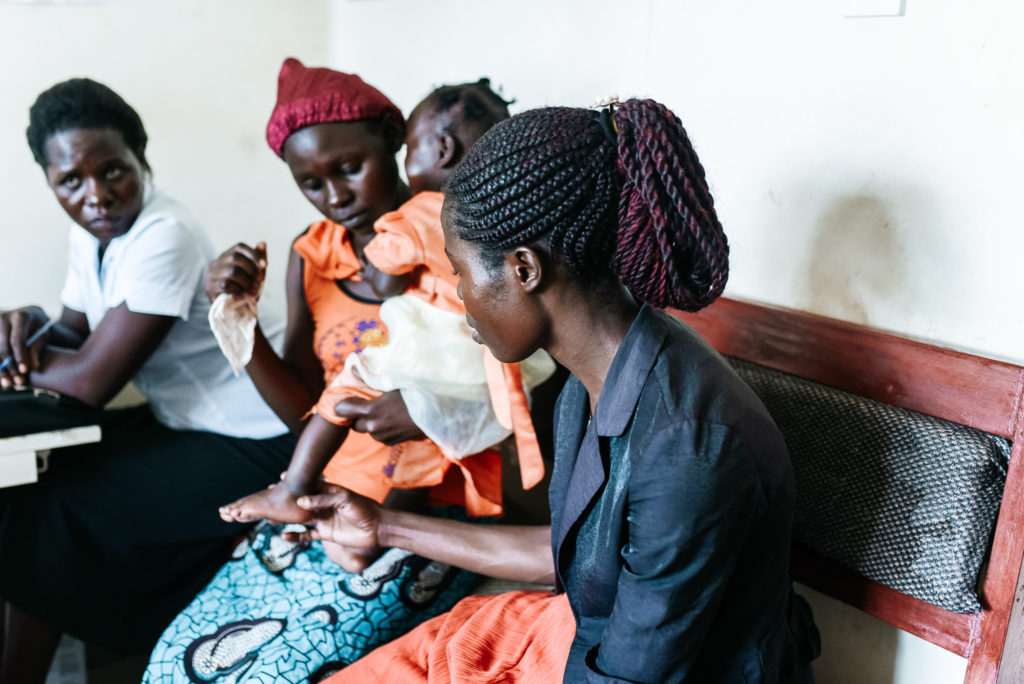
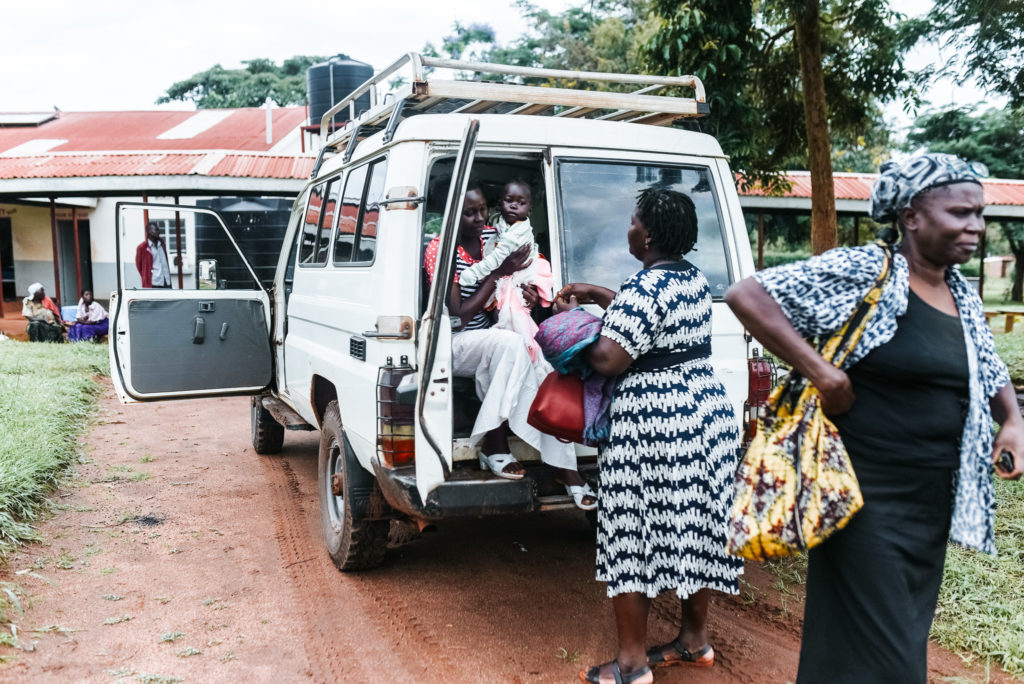
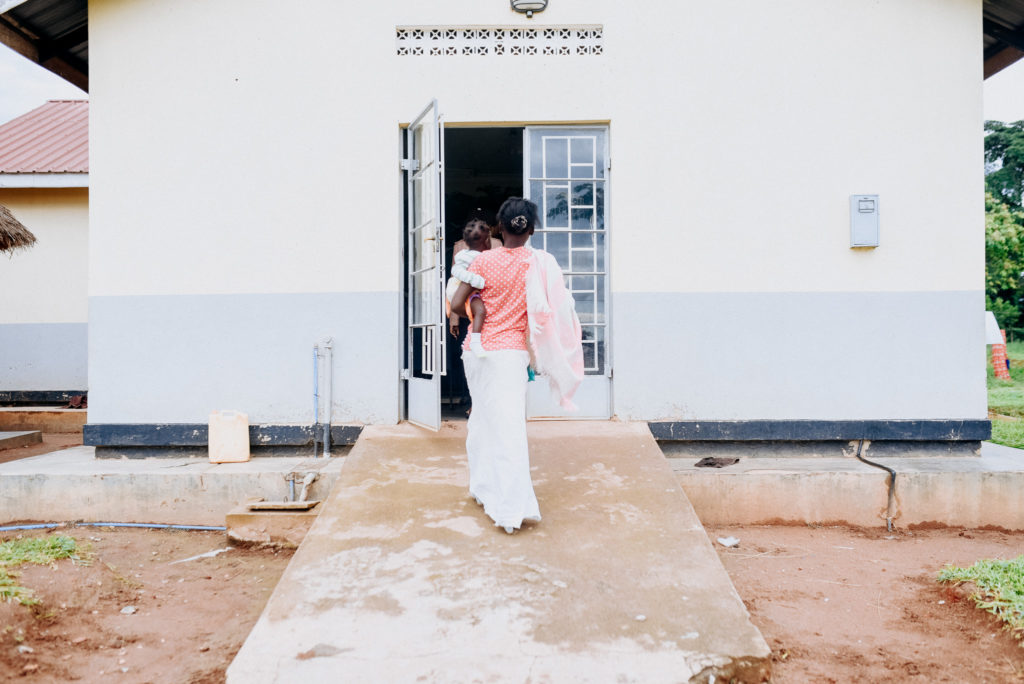
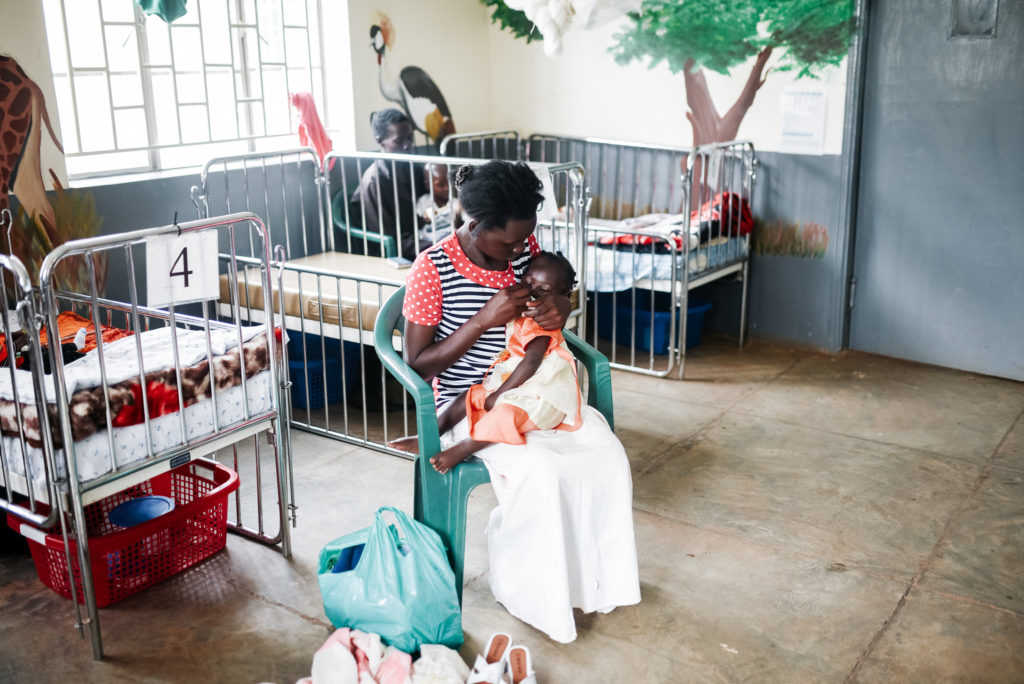
ITC can last anywhere from 2 days to 2 weeks, depending on the resources of the center. If they have enough formula, they can send the mother home with her child to continue healthy feeding after a few days. After discharge, the team comes to the child’s home periodically to check in on his or her health.
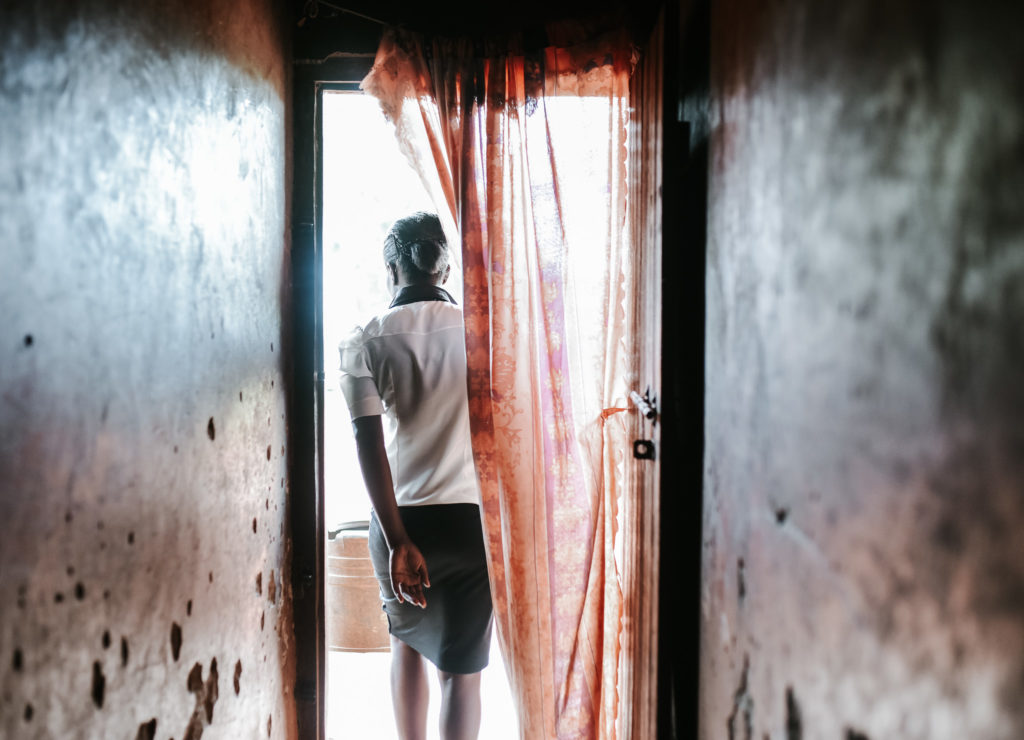
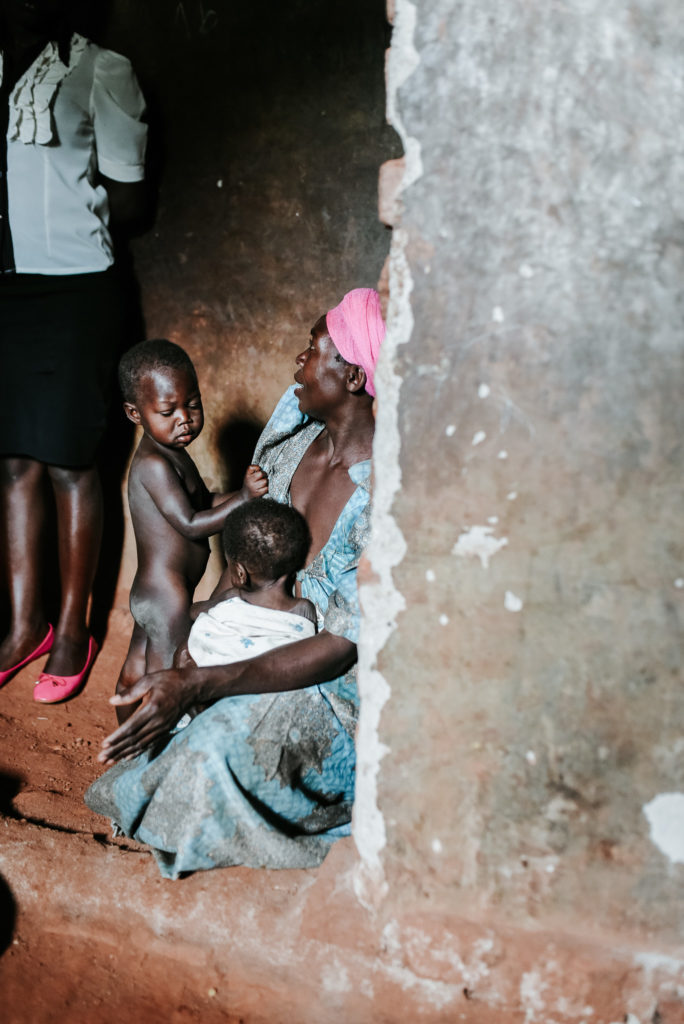
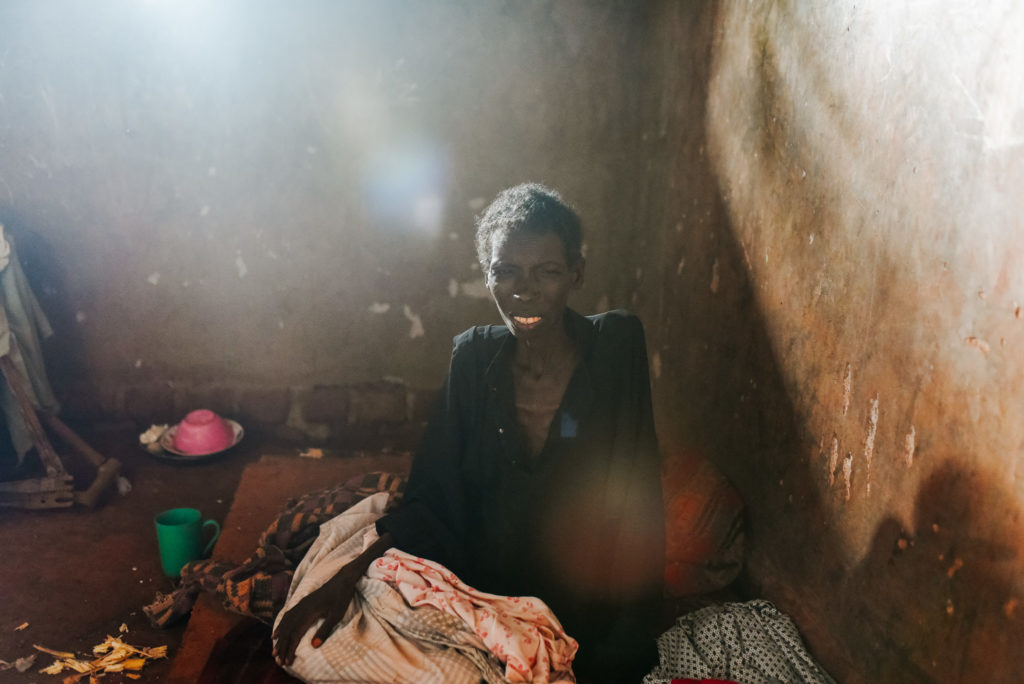
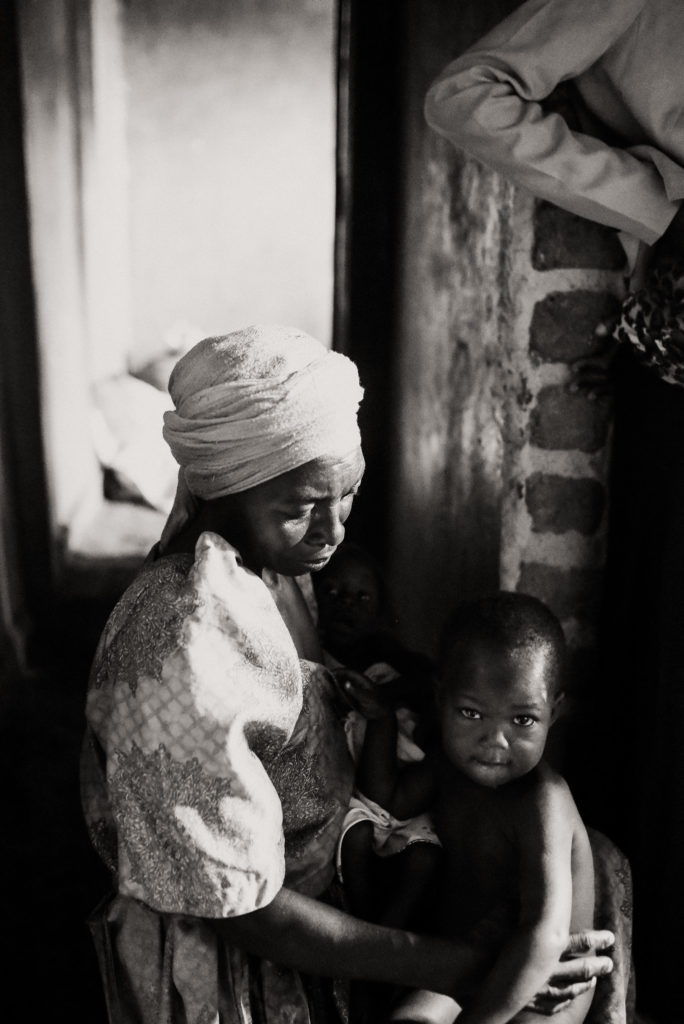
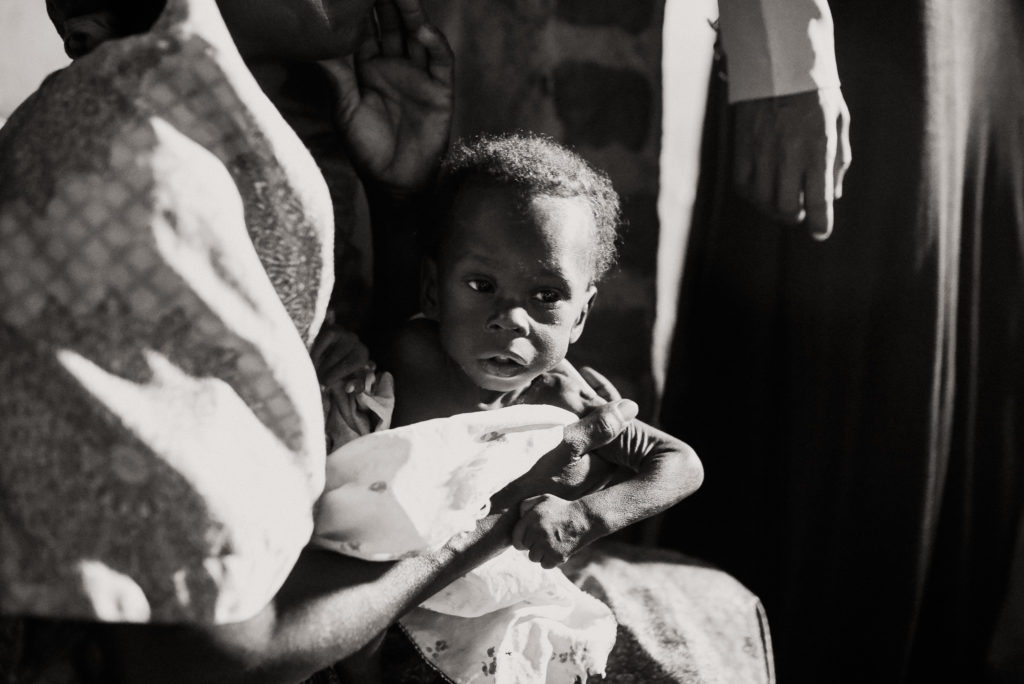
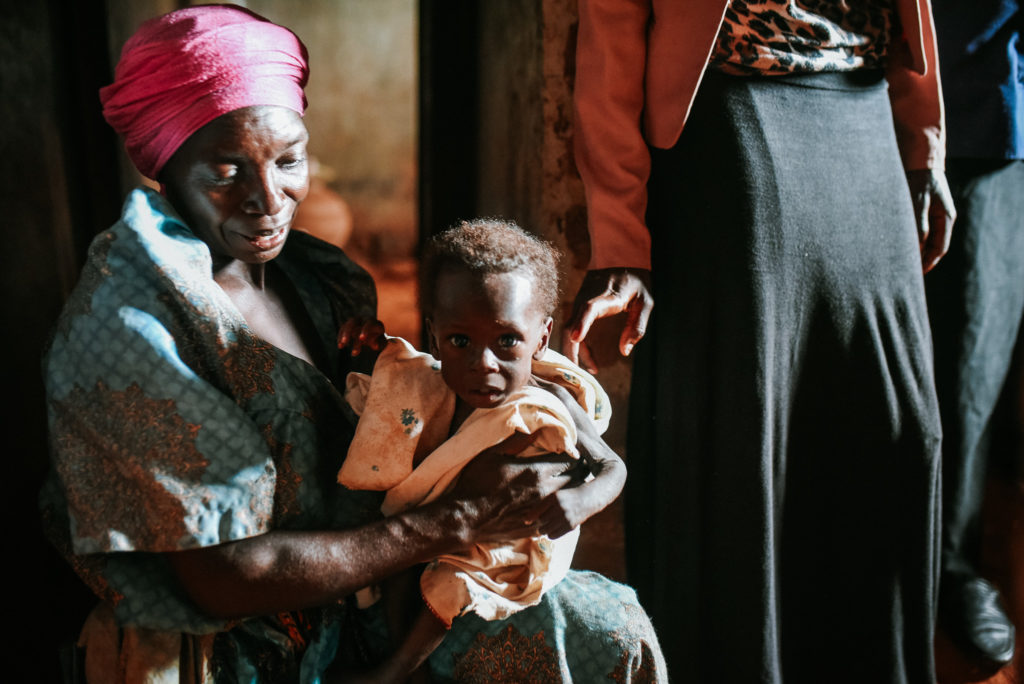
Here are a few of the families’ stories throughout their time with Serving His.
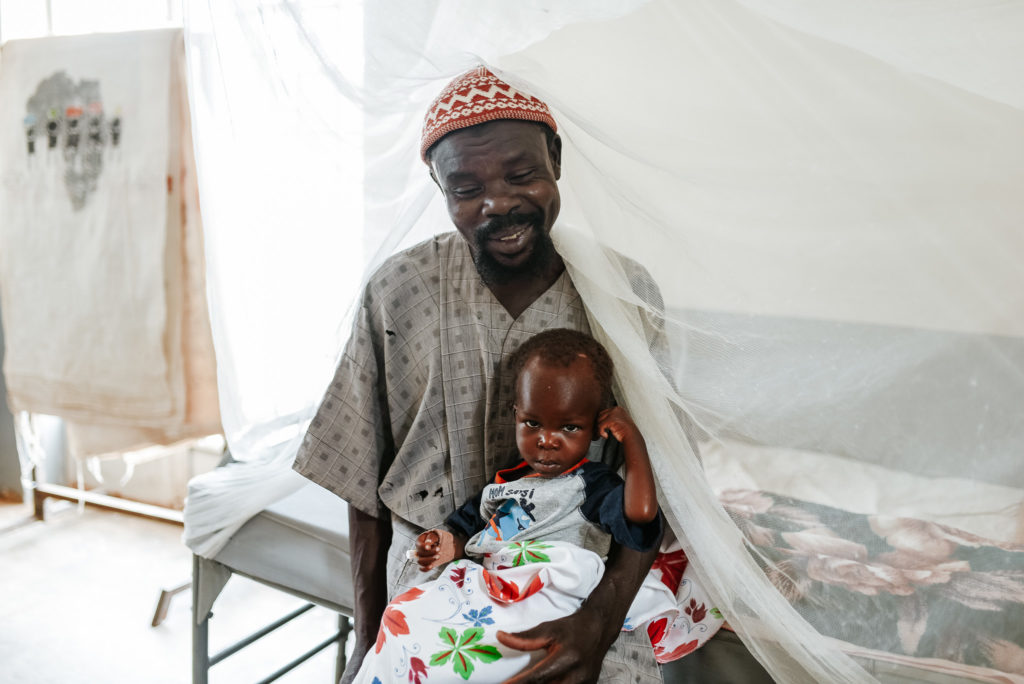
Abdurashi (43) + Rabman (1.5)
Bumwena is a 30 kilometer boda ride away, but it was the closest form of help for Abdurashi and his son, Rabman. It’s not common to see fathers in the center with their children, but Abdurashi displayed absolute adoration for his child, capturing adoring eyes all around. They came from a Muslim lifestyle where Abdurashi has two wives and 19 children. As a farmer for a living, he loves digging his favorite crops, maize and rice. However, their condition isn’t so good as Abdurashi attempts to provide for so many mouths with the little income he makes selling crops. Because of this, Rabman needed medical attention for malnutrition. “My greatest struggle is that I can’t afford to take care of all my children, and sometimes they desire things I cannot give them,” he laments. When Abdurashi realized his son needed medical help and brought him to a nearby center, they could not treat the malnutrition, and sent him to Kigandalo. As he left his village, people thought he was taking a dead baby to bury.
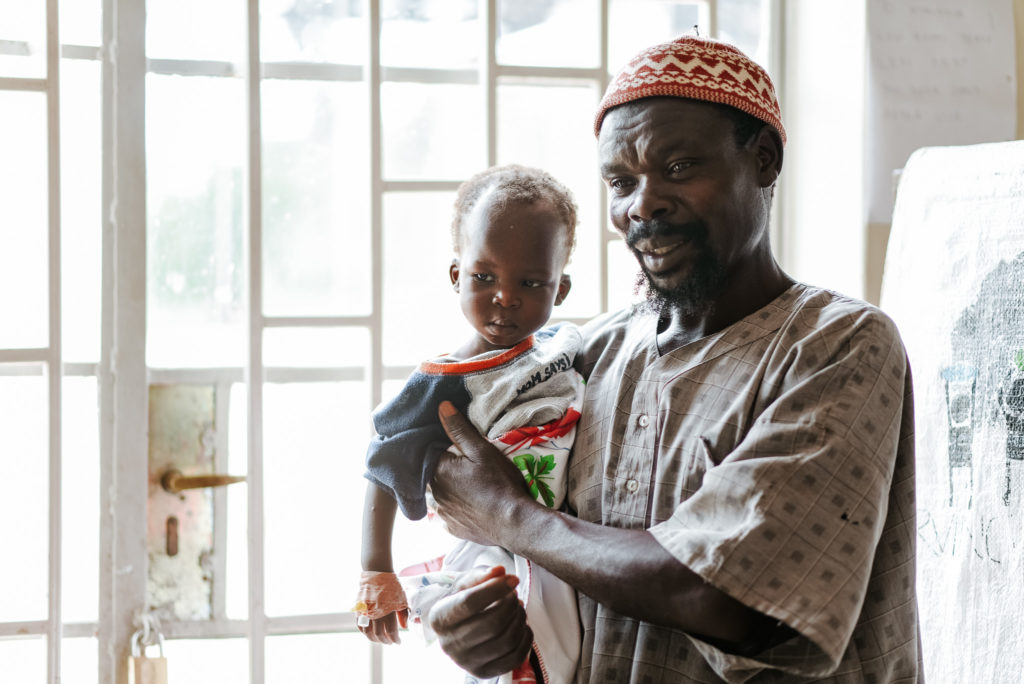
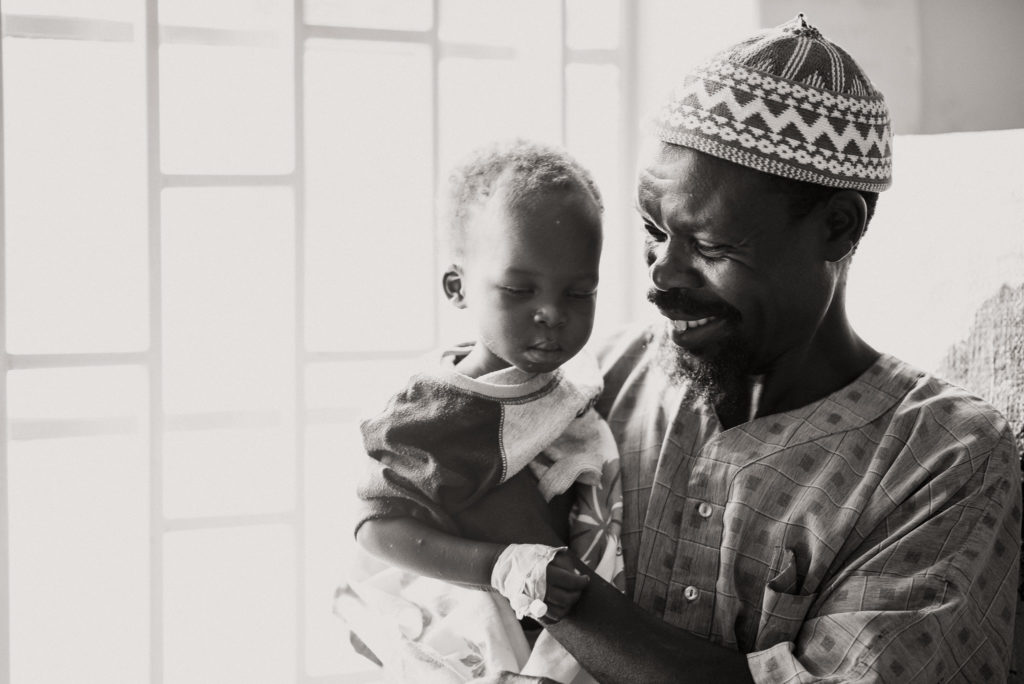
Six days ago, they arrived. Abdurashi says that “I’m proud of this hospital because I came with a son who couldn’t sit, open his eyes, or eat, and they showed him much care. I never expected by this time, my boy would be still alive. My village will be surprised to see Rabman healthy when I return–he will serve as an example”. His hope going back home is that he can educate other people in his village about nutrition and encourage them to bring their children to Kigandalo, because they weren’t previously aware of the services available to them.
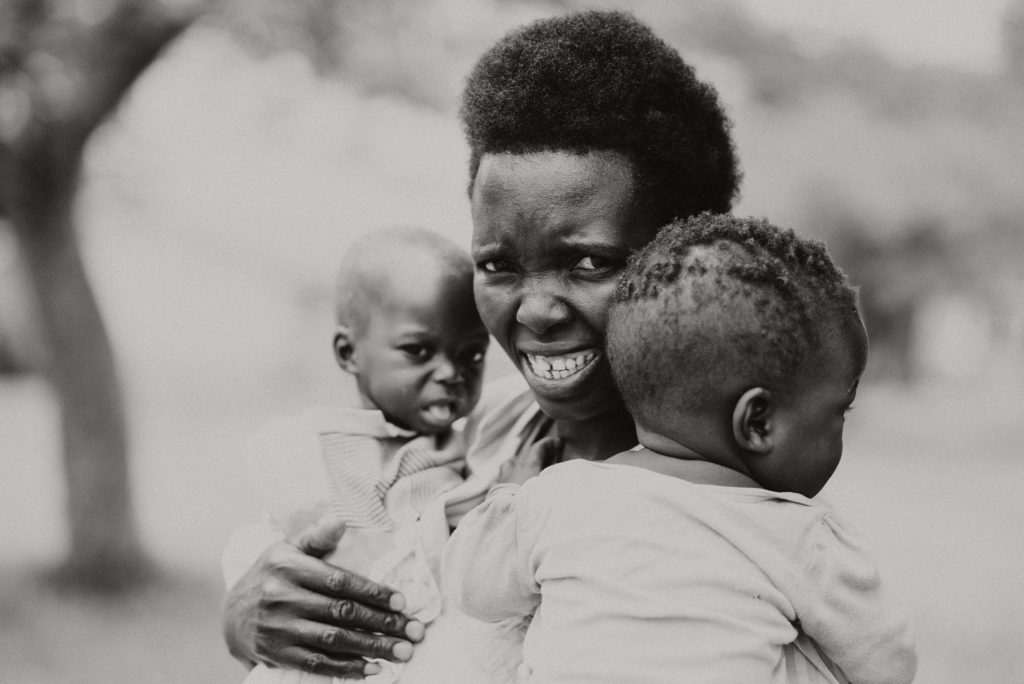
Agnes (36) + Kato (1)
The Village Health Trainers scattered around Kigandalo’s surrounding areas play a vital part in spotting malnourished children who would otherwise go unnoticed, due to a lack of nutritional education. In this case, they saved 1 year old Kato’s life. His mother, Agnes, was just taking him to the health center in her village of Bugiri for an immunization. Once a VHT saw Kato, they advised Agnes to bring the baby to the Health Center because he looked malnourished.
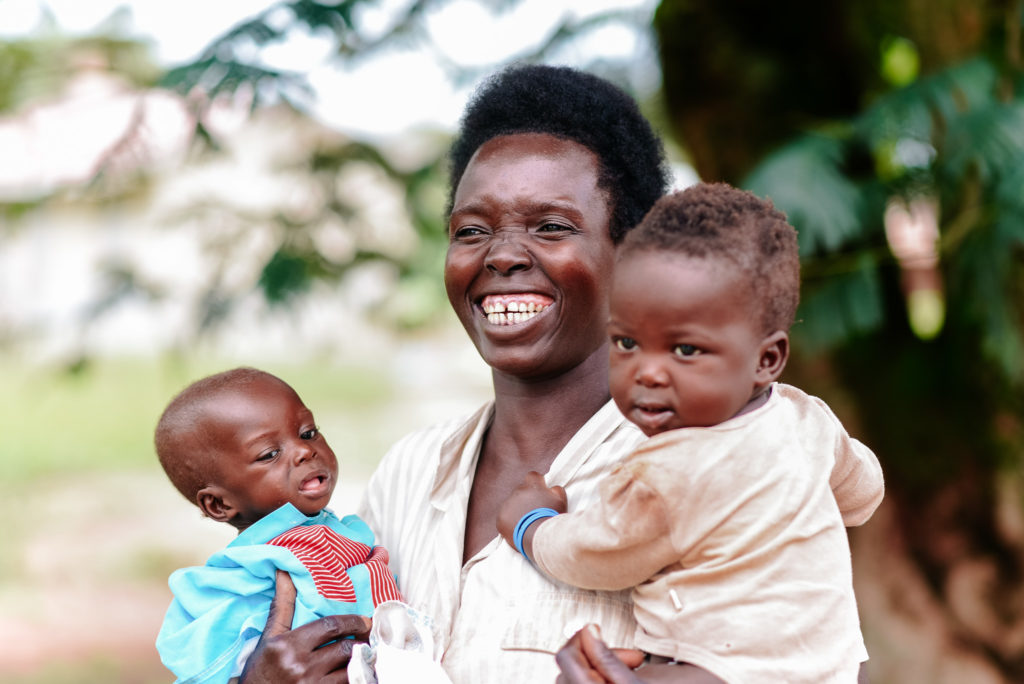
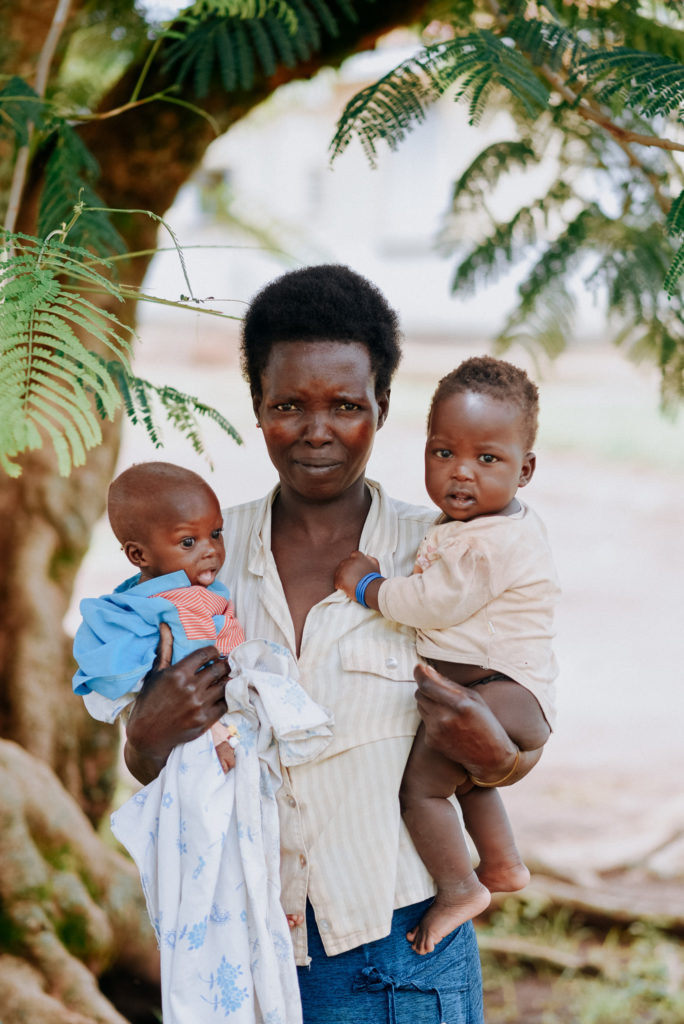
It’s not just a lack of education that kept Kato sick; Agnes also struggled to find money for her family’s food and medicine because her husband doesn’t provide properly for them. “My baby’s situation was worsening because I couldn’t provide treatment, but ever since we came here, every need the baby’s had has been met, free of charge,” Agnes explained. “I’m thankful to see my baby recovering.” She hopes to start a small business when they return home so she can help her family get off their feet and provide for more needs.
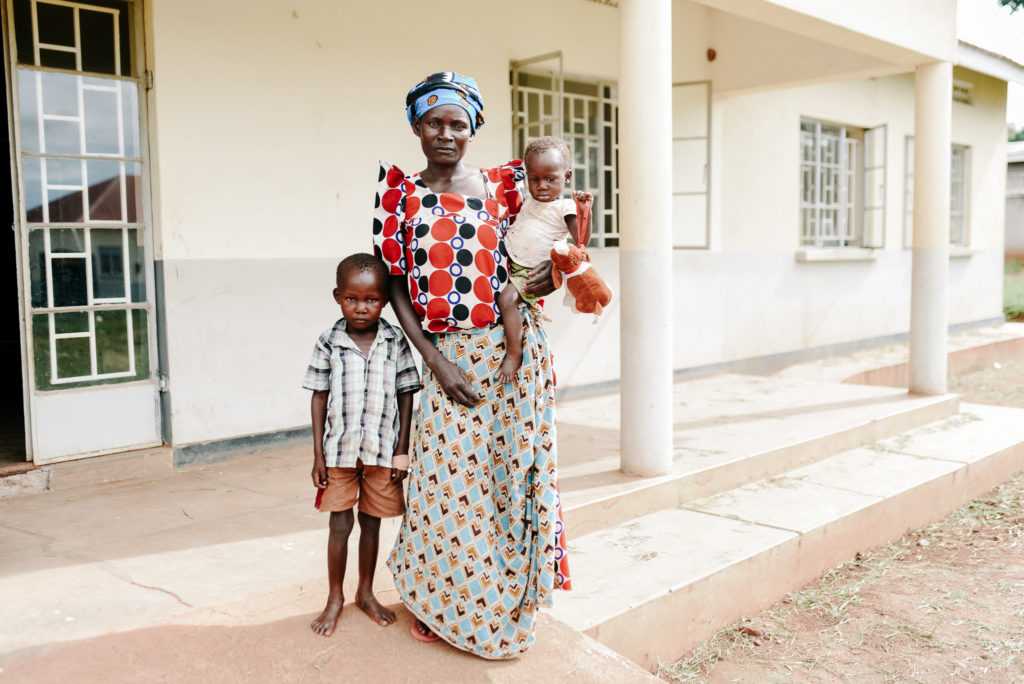
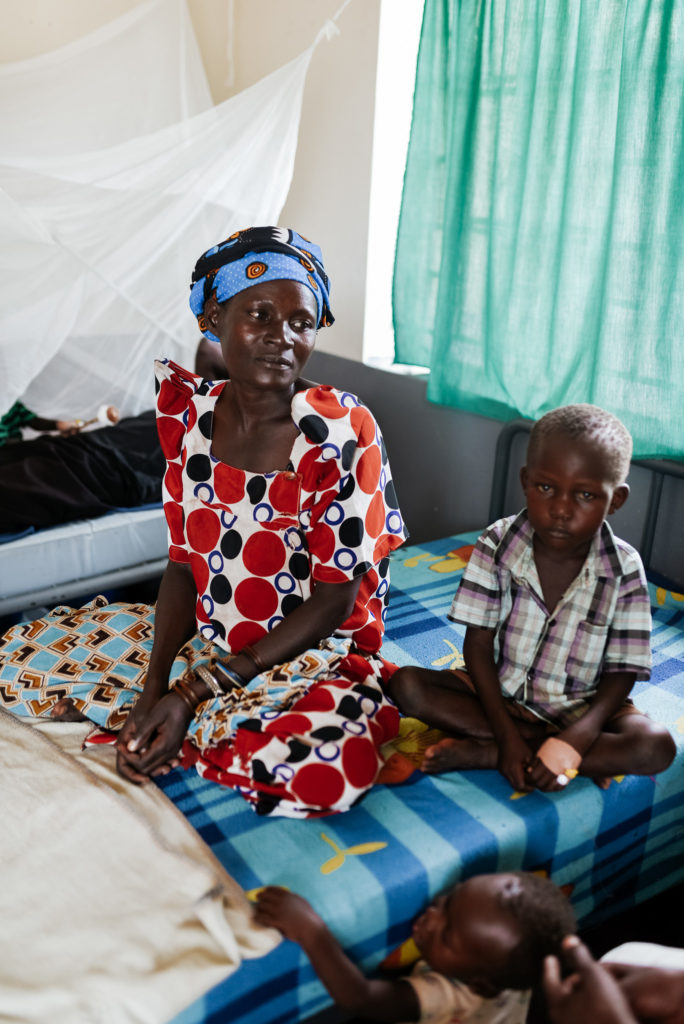
Ayesha (37) + Wakla (6)
“Poverty is a song to everyone right now,” says Ayesha as she looks longingly at her two children with her. At just 37 years old, Ayesha is a mother of ten. At home, she works as a business woman, buying goods and reselling them, while being busy in the kitchen cooking millet bread, sweet potatoes, fish, and meat. But right now, “my situation is not good”. She is struggling to get food for herself and for the kids. She’s been here at the nutrition center for 3 days, and it’s her second time having children admitted here. When her 6-year-old son Wakla got sick, she knew where to bring him. Since he got here, he’s received all his treatments free of charge. Whatever she needs to do to keep him healthy, she’s willing.
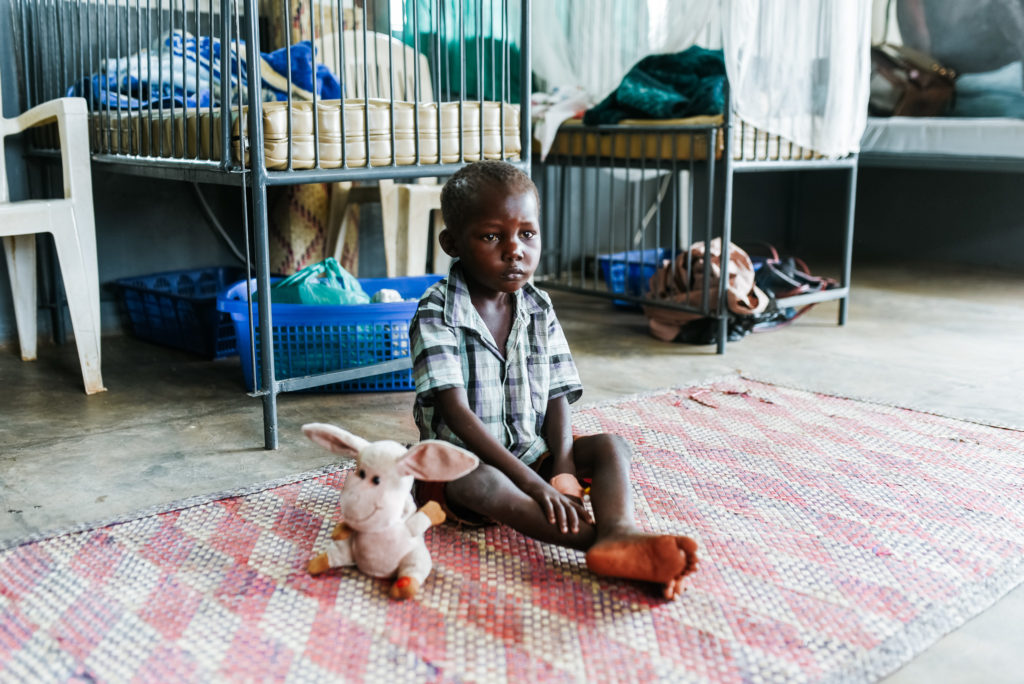
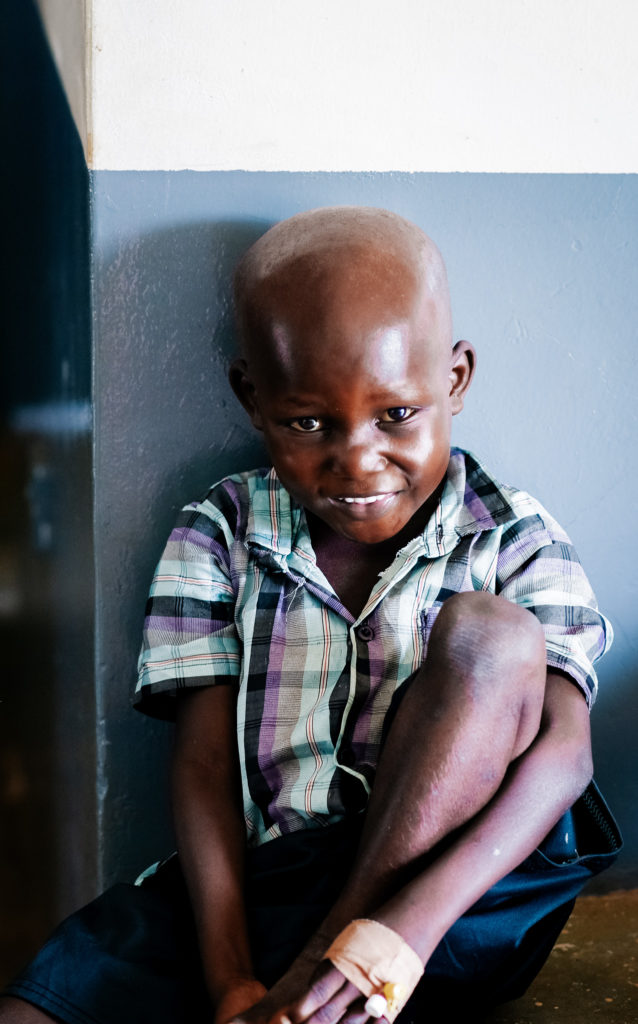
Wakla when he first arrived at the center vs. Wakla after a few days at the center.
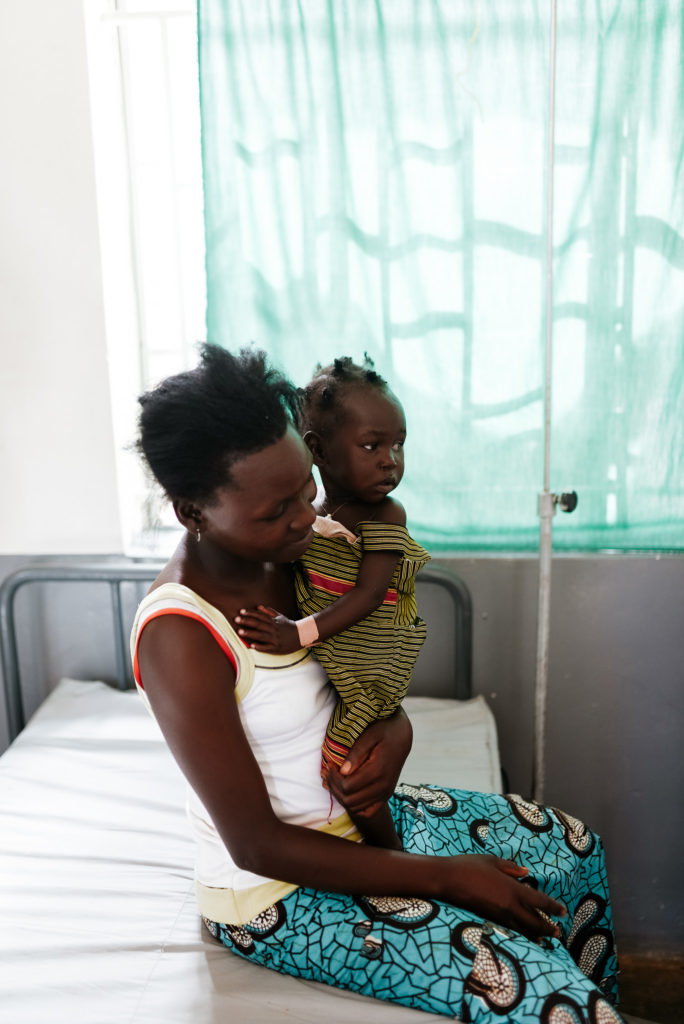
Bayat (23) + Jovia (1.5)
Bayat was bringing her daughter to a newly established satellite program in Bukatube for a regular check-up. Back home in Kiyunga, she is a busy mom of four. Sometimes the conditions at home are bad when she’s poor and the children are sick. She has many challenges at home–but she always overcomes them.
The nurse in Bukatube noticed little Jovia’s skin was inelastic when pressed with a finger, causing pits to remain in her arms and legs for several minutes. She came the next day to Kigandalo, seeking help. One day later, she’s already seen improvements in Jovia. She’s learned to treat her children’s sickness right away to prevent them from being admitted to a nutrition center. When Bayat goes home, she says she will “implement the education I’ve received + improve how I’m feeding my children to keep them from being malnourished”.
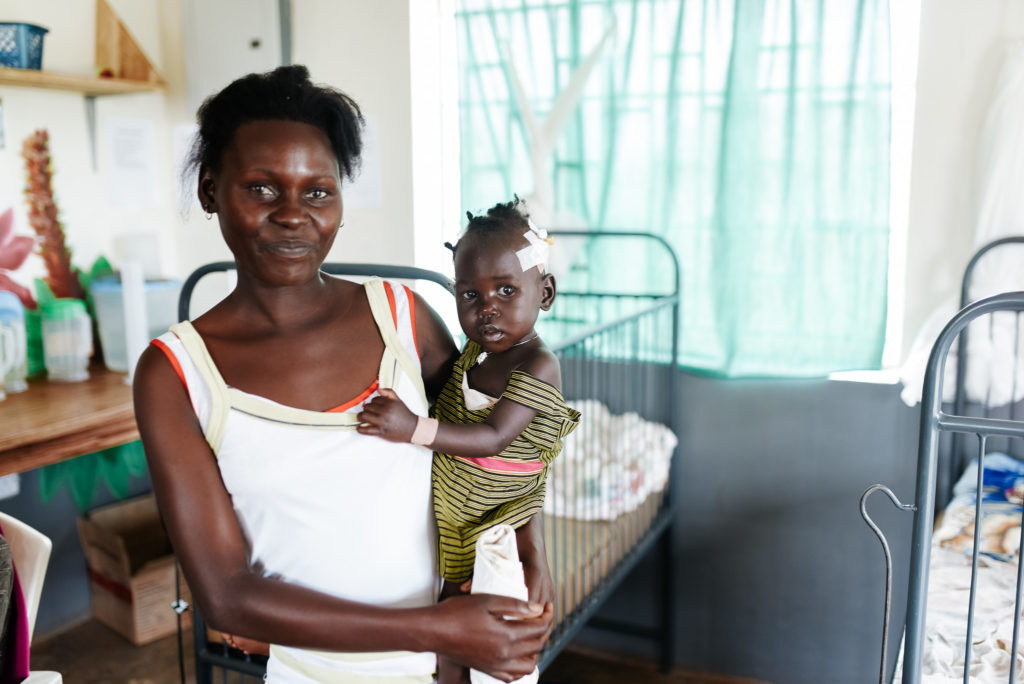
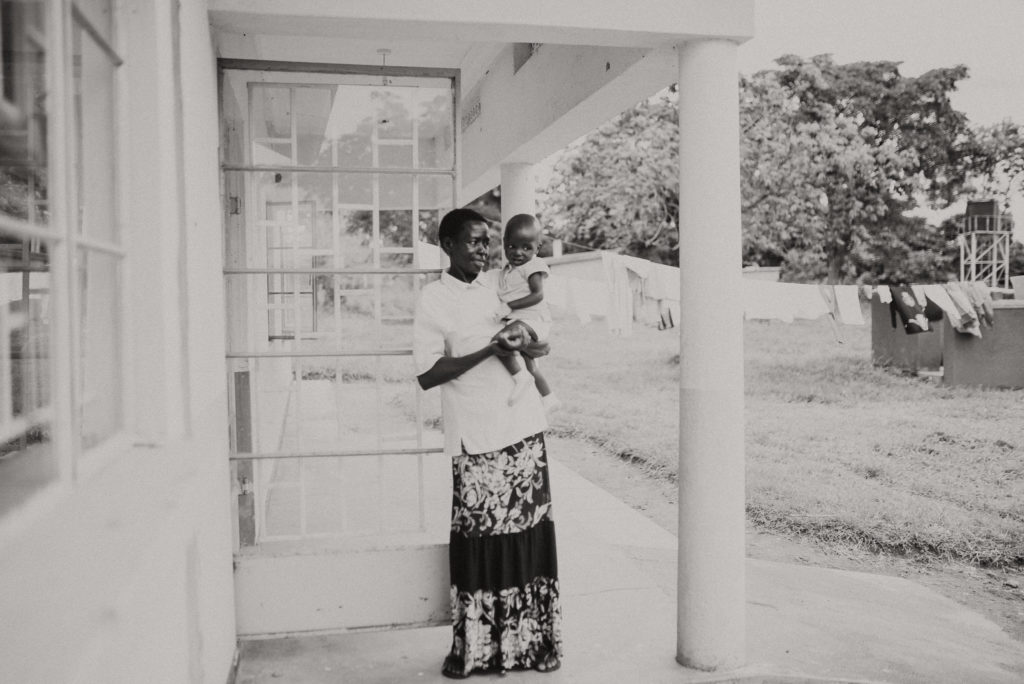
Margaret (45) + Tom (1)
As a wife, a mom of four, and grandmother, Margaret is a busy woman. She is aways cooking and gardening at home, where life has been good to her family. But one day, Margaret started feeling sick, and soon after, her grandson, Tom, also fell sick. She’s cared for him ever since his mother abandoned him. There have been painful days in the health center, but her grandson has improved so much.
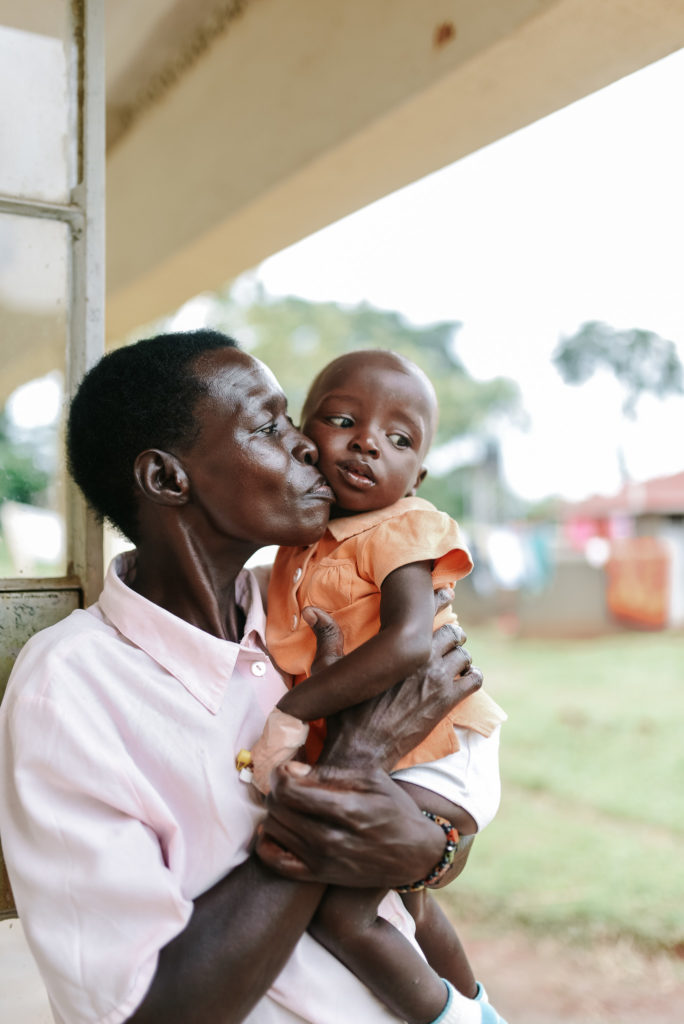
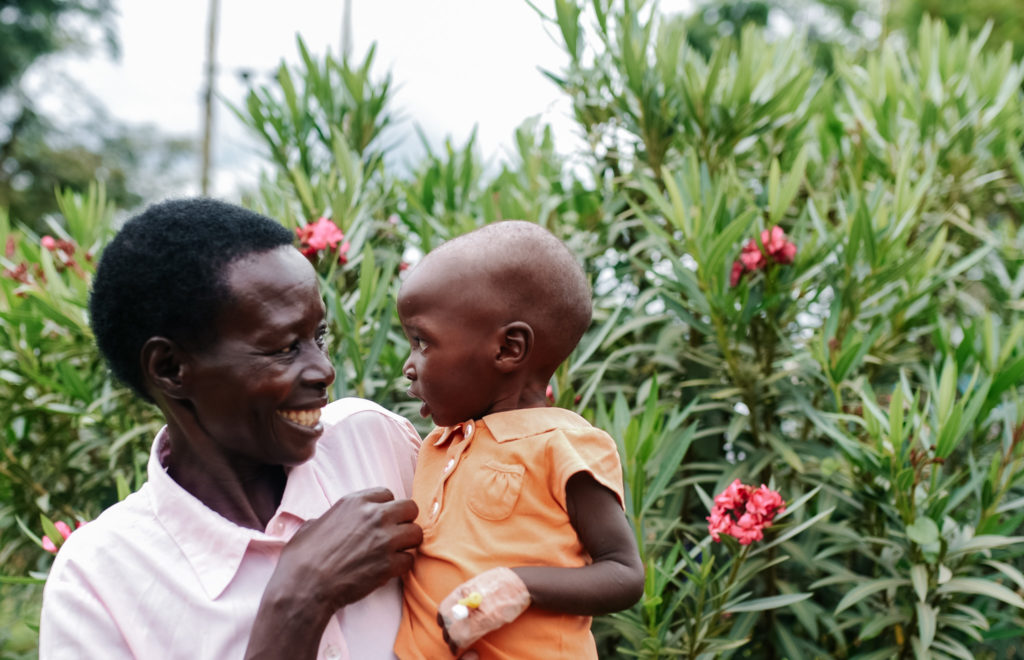
He couldn’t even stand when they arrived, and she thought he was going to die. Margaret says,”I’m so grateful for the nurses, because now I can see Tom standing, smiling, taking milk. At least he can do those things now–before he was just crying. Tom is so much happier. I am going to be so grateful when I go back home with Tom, and he’s alive and happy”.
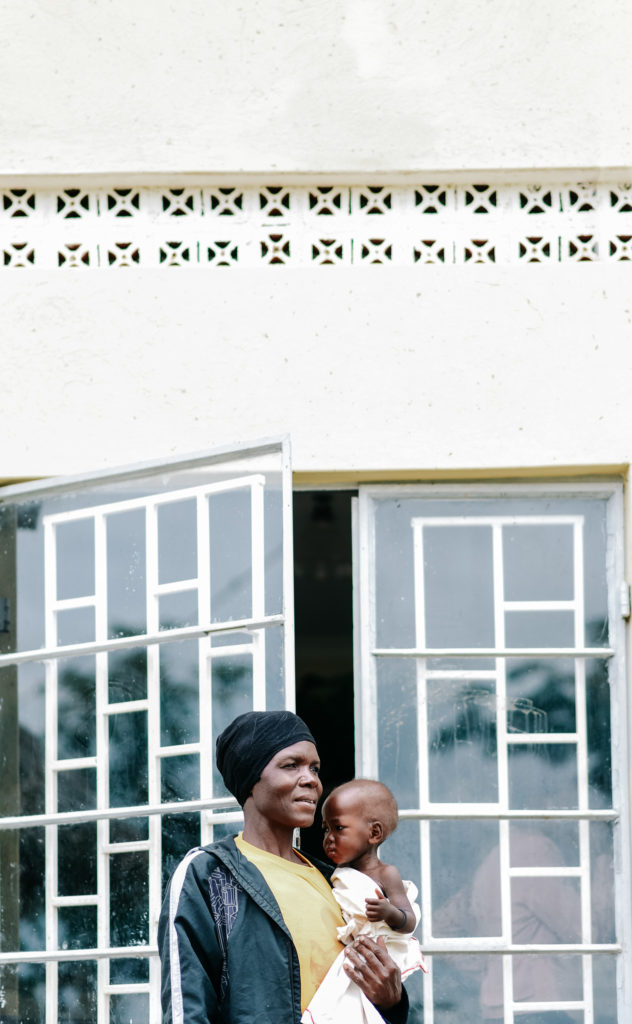
Namdira (39) + Muniri (1)
Namdira, age 39, cares for many grandchildren. Out of all eight, none have ever been sick–but when her grandson, Muniri, became ill, Kigandalo’s Health Center was the first place she thought to bring him. She had always heard good things about it, and she will continue coming here.
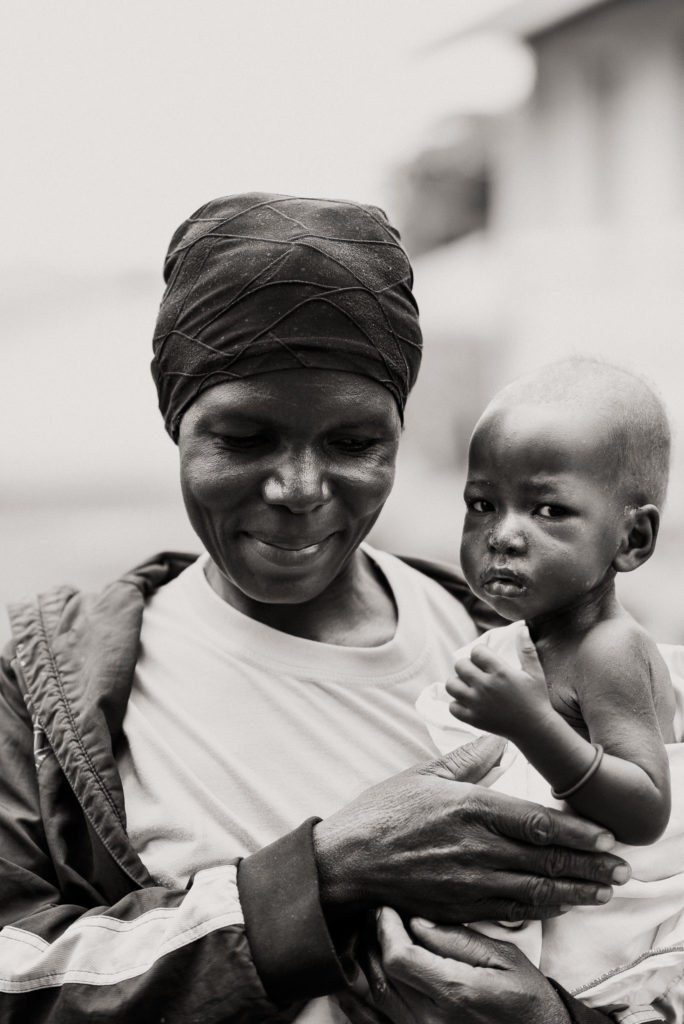

Muniri’s health had been up and down in the three days he had been at the center, but Namdira hoped it would improve so she could return to her life and see him grow as a boy. He passed away the evening these photos were taken in his sleep.
Mom life at the center looks very communal. The saying “it takes a village” rings true here as everyone works together to get these babies healthy.
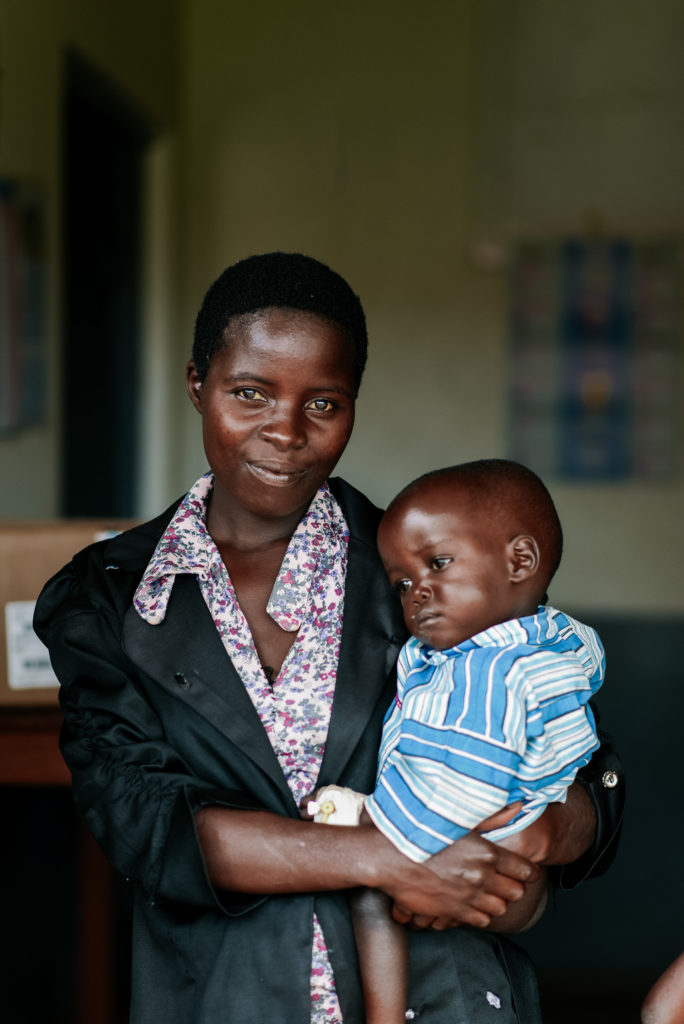
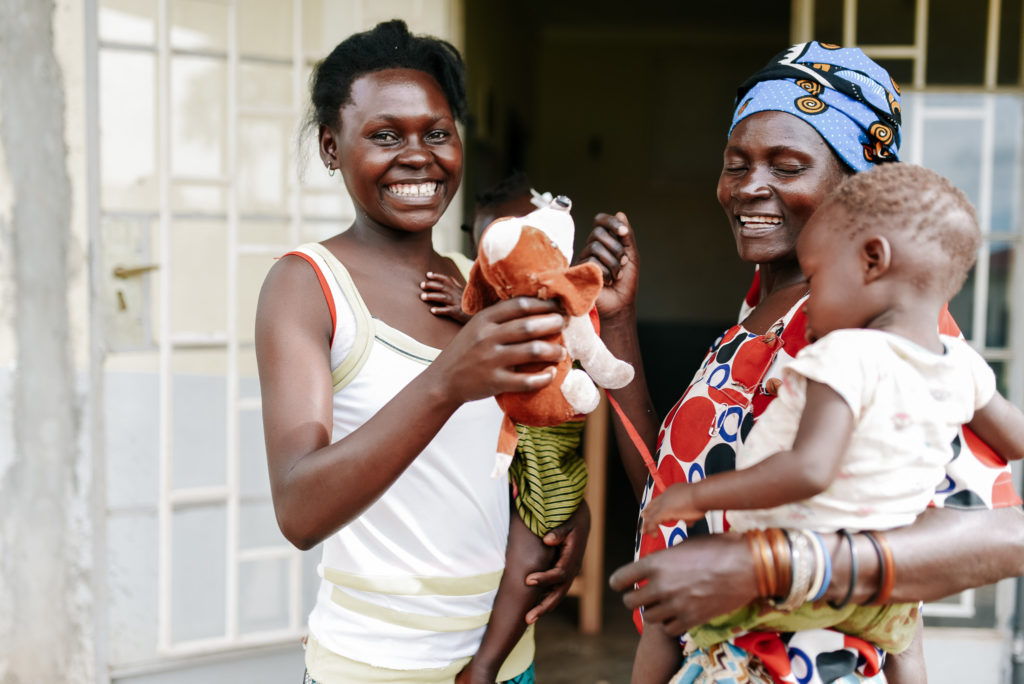
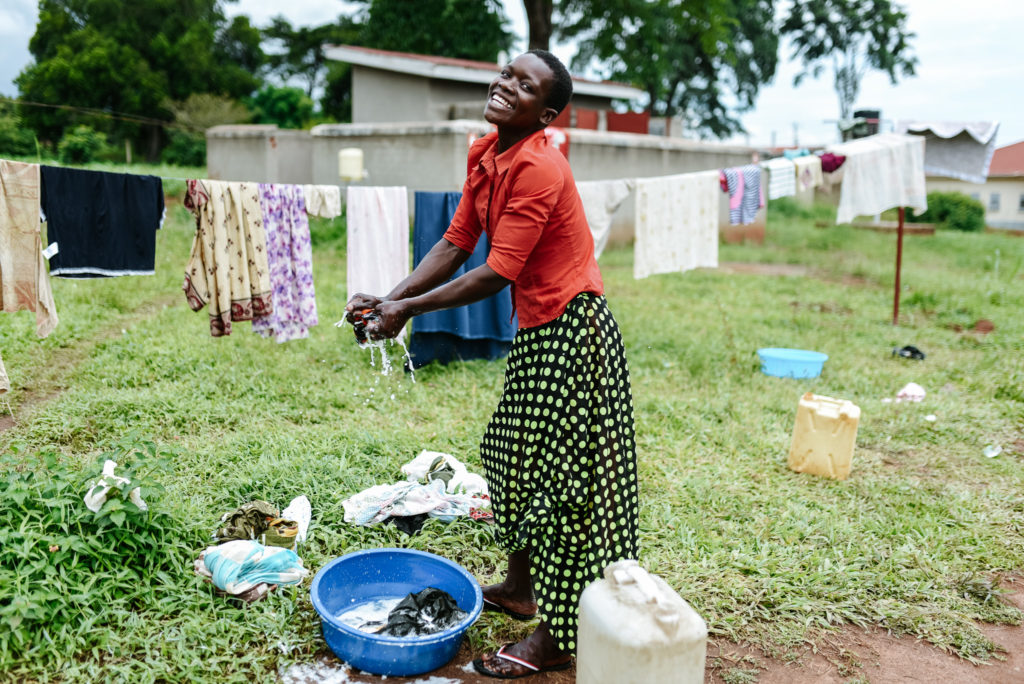
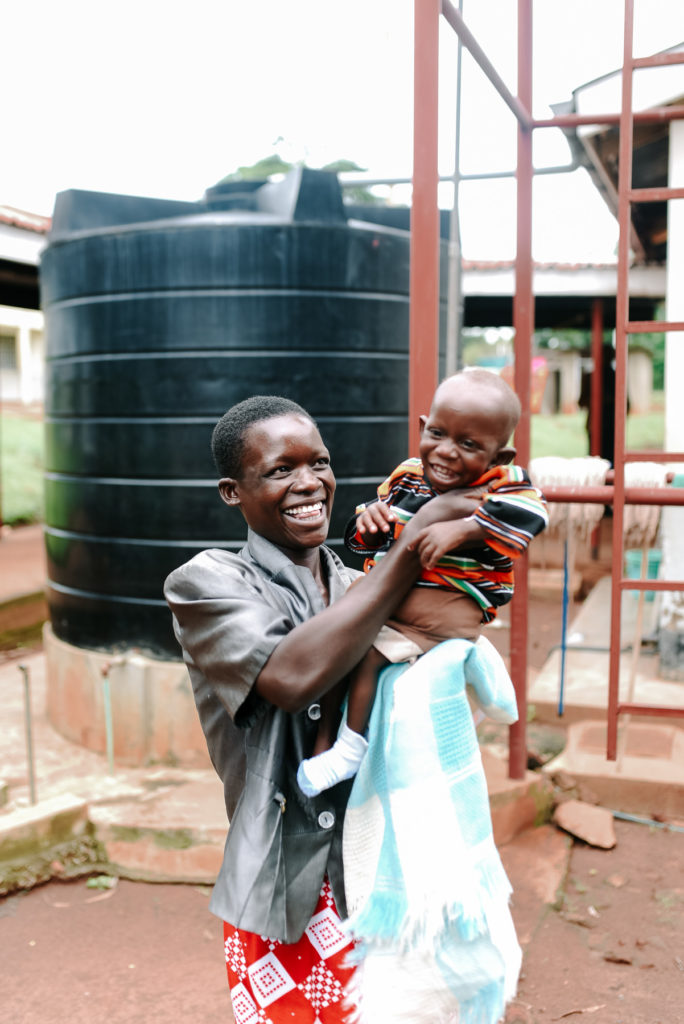
An aspect of sustainable change Serving His has implemented is their system of Village Health Trainers. In each village, several volunteers go through courses educating them about how to lead healthy lives in the village. They then recreate these methods in their own lives, while training others in the village, one by one, to also make these changes. We visited a few of the VHT’s at their homes to see their healthy lifestyles + hear their stories.

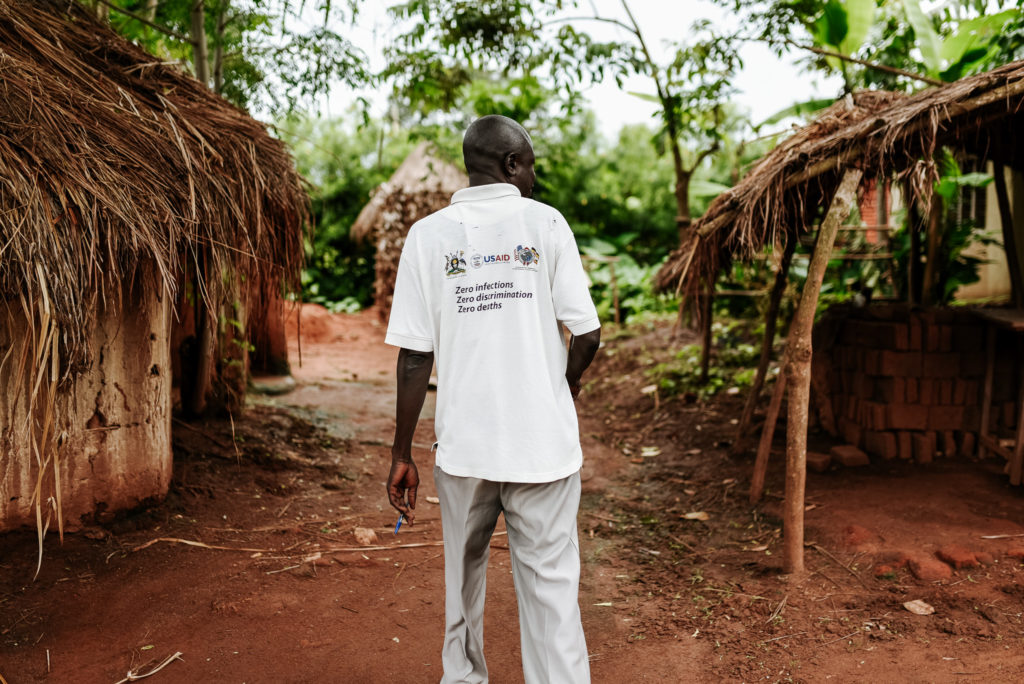
Yup. A sanitary bathroom stall from the bush:
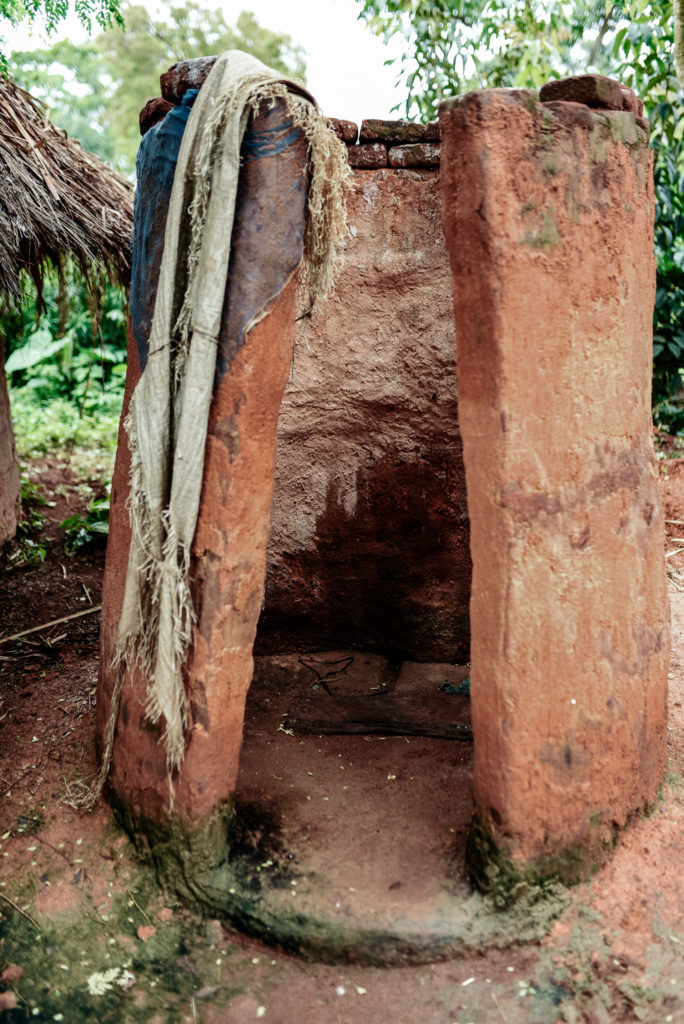
A VHT displays her kitchen for us, and shows us her source for clean water.
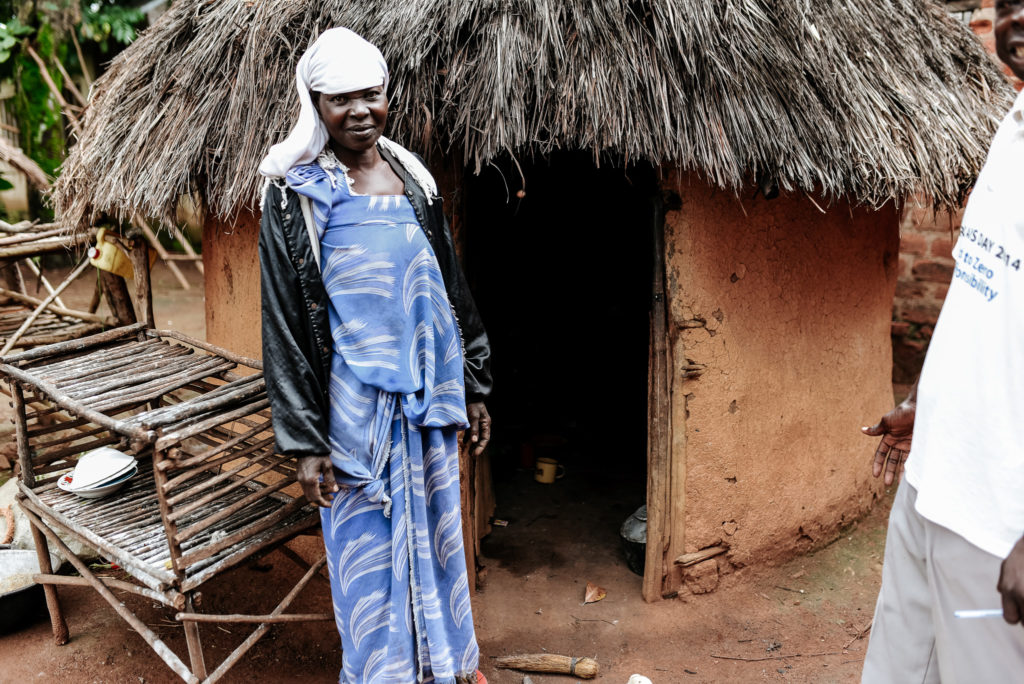
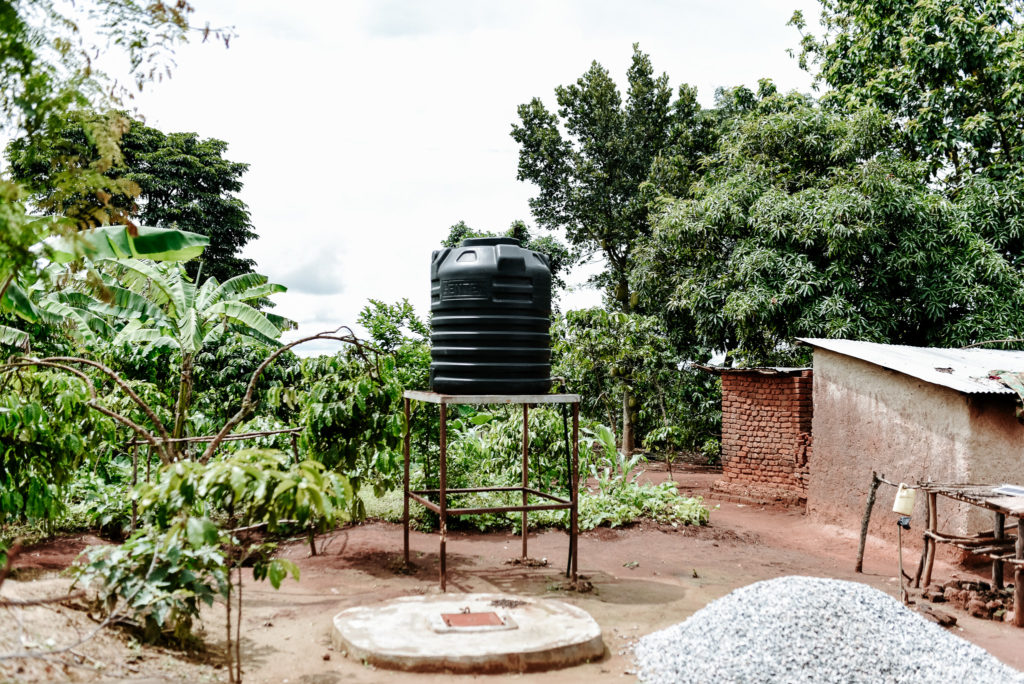
A VHT shows his home with pride.
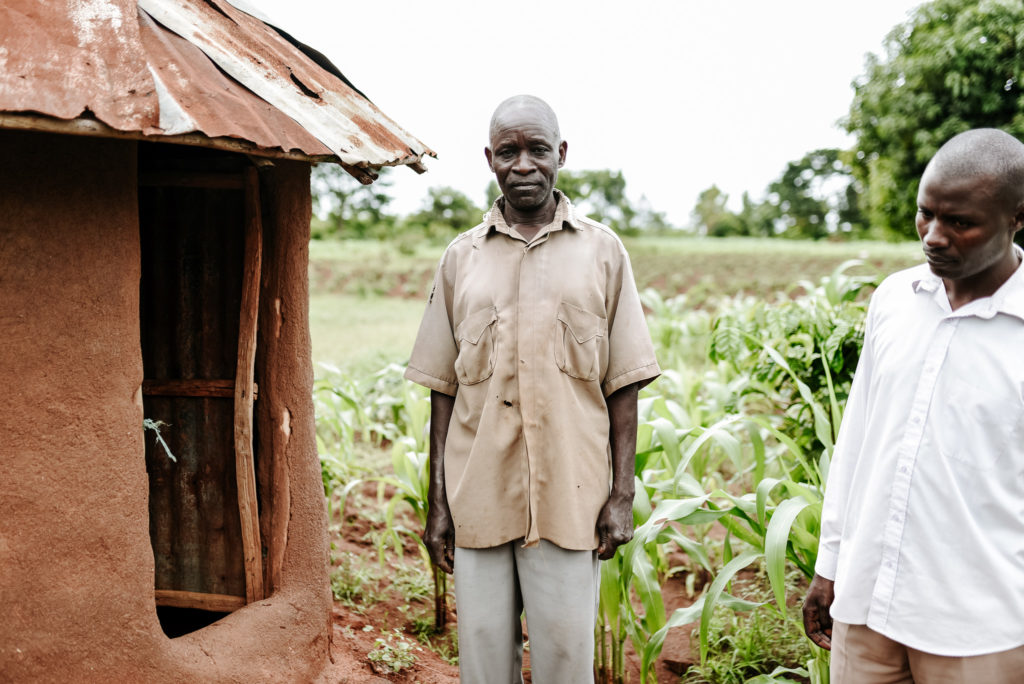
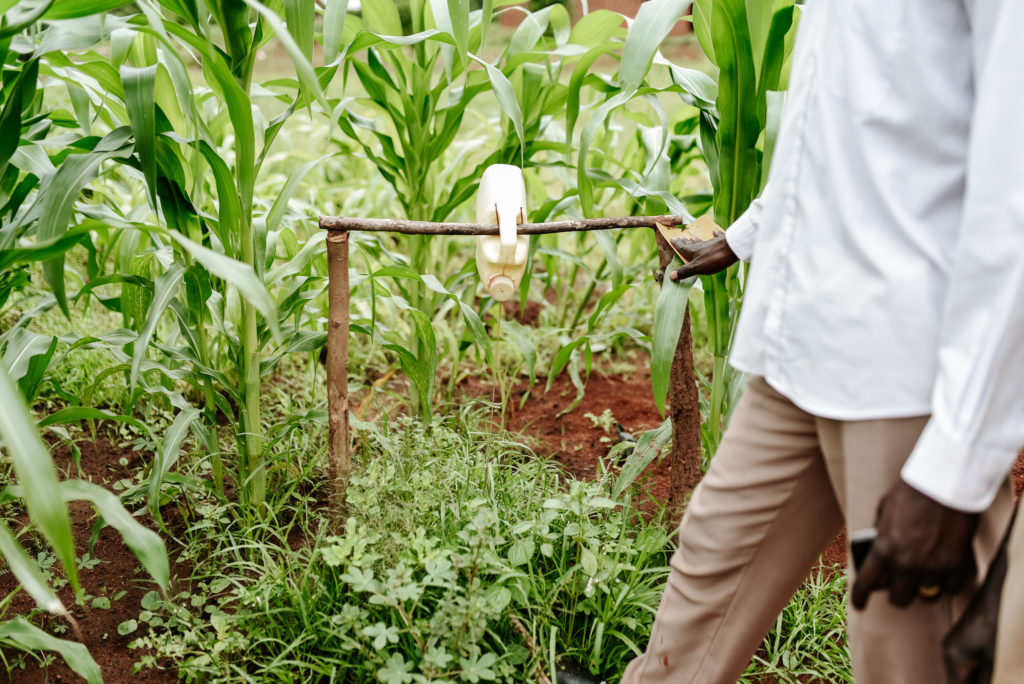
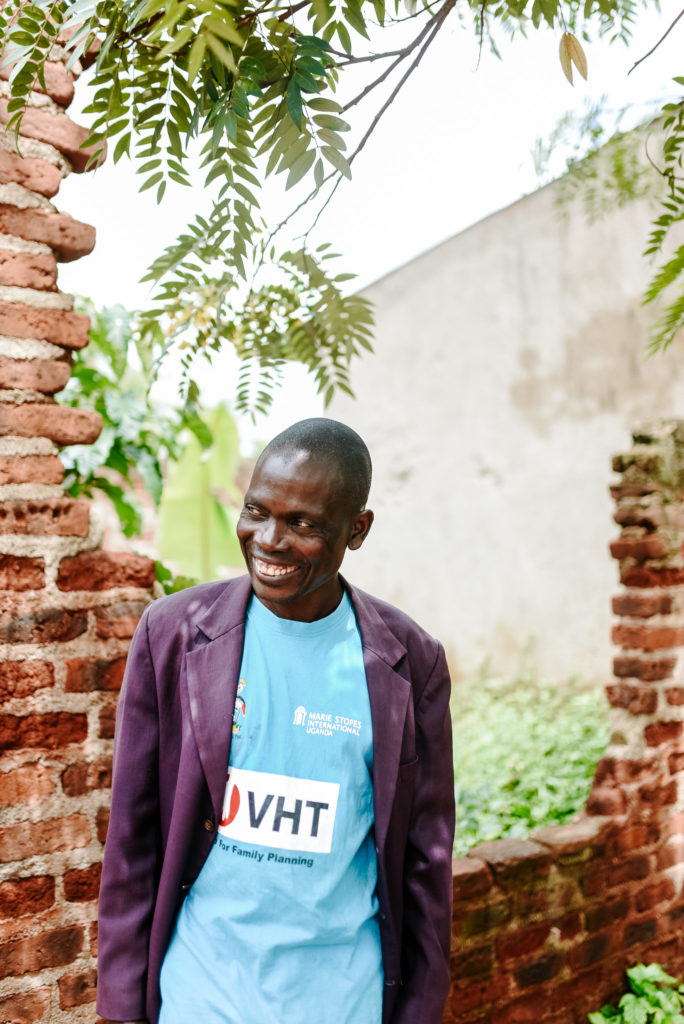
This is his “tip top”, where villagers can wash their hands.
Balantani
We were elected into this position by our community. We’re given assignments by the center to mobilize the community, and teach sanitization where they are uneducated about it. Mobilization is my favorite part–teaching people about outbreaks of disease, and when all the people I work with become my friends. I love interacting with people. We do face some challenges; the area is so big, it’s hard to go around. Sometimes I’ll come from my walk in the garden, receive a call, need to rush out to the people, but I can’t find transportation. Another challenge is that our community sometimes doesn’t report health issues immediately. People used to allow their baby to be sick for a long time before seeking help, but now it’s improved to where they will come by the center immediately to get help.
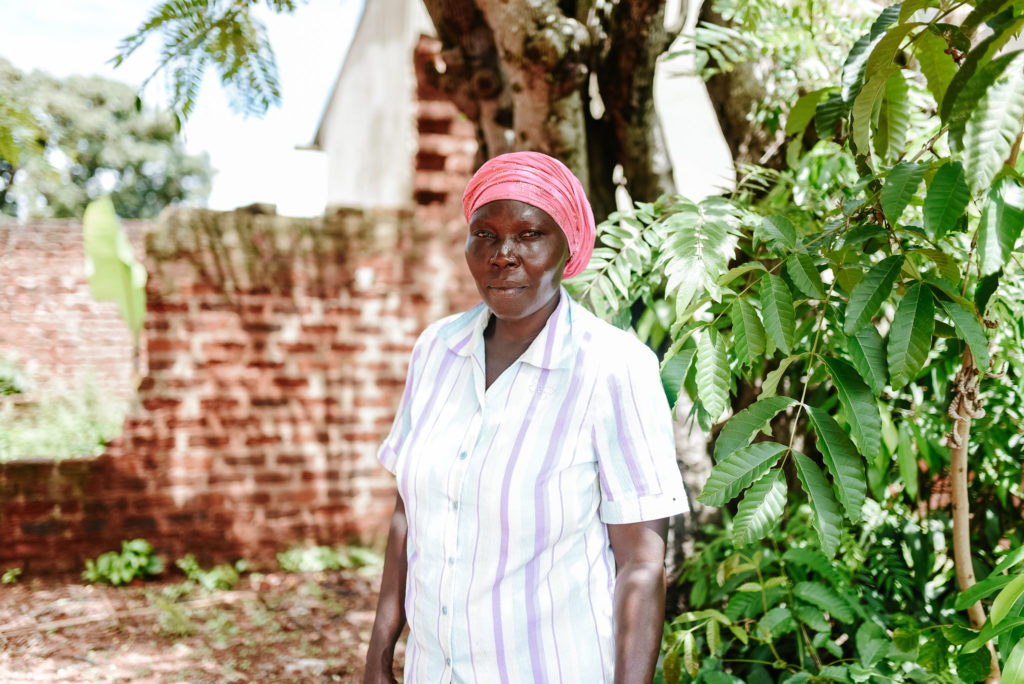
Hadiya
I love mobilizing the community and encouraging mothers to bring their children for immunizations. I get information from people in the community and I bring it to the center to stay on top of outbreaks, acting as a middle man. I enjoy interacting with both the village people and the doctors. Sometimes I’m removed from what I’m doing to go help, and I’m not given motivation since it’s free of charge. It’s a challenge. Another challenge is transportation for follow-ups. I need to know how patients are recovering, even long distances away, and sometimes it’s so hard to get there. Sometimes I’ll walk into the village and on the way back, the rain starts, getting all my papers and books wet. A great improvement is the education we’ve given them–parents used to take their kids to shrines, thinking their children were bewitched when they were just ill. They come here to see us now.
Geoffrey
We are at a greater level of sanitization than some time back. When you go into the community and demonstrate how to live out healthy habits, even teaching them just three lessons for one week, you’ll find they’ve implemented two of them. So it’s a moderate level of improvement. I’ve surrendered myself to work for my community, sometimes leaving for four days at a time, for all of our benefit. Our greatest challenge is rainfall. When it rains heavily, things collapse easily, and termites destroy things. When I compare the community from the time I started working, they’ve gained interest in us as VHT’s and what we’re doing to upgrade sanitization in the area.
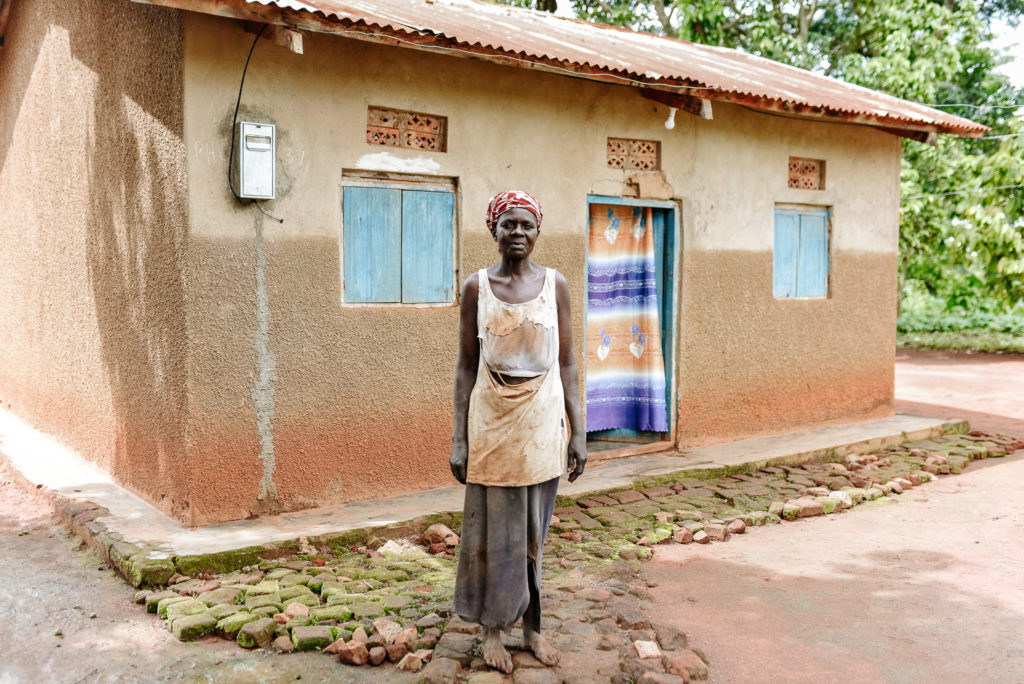
Scovia
I became a VHT for the good of the community and to upgrade sanitization. My favorite part is to improve people’s personal health because when someone is healthy, they can do their work well and gain more income. Before I started this job, people were not washing their hands, going from the toilet to eating food. But I can tell them they need to wash and use soap, and now they do using a tip top. I find a challenge when I’m traveling for a health talk and the rain comes, damaging the books when I have no umbrella. The materials all get spoiled. People can now identify if a child is malnourished or not. People have begun using drying racks, digging toilets, taking children for vaccinations, and getting treatment for malnourished children. Pregnant women also go to the center and seek medication.
Scovia demonstrates some of her healthy living applications.
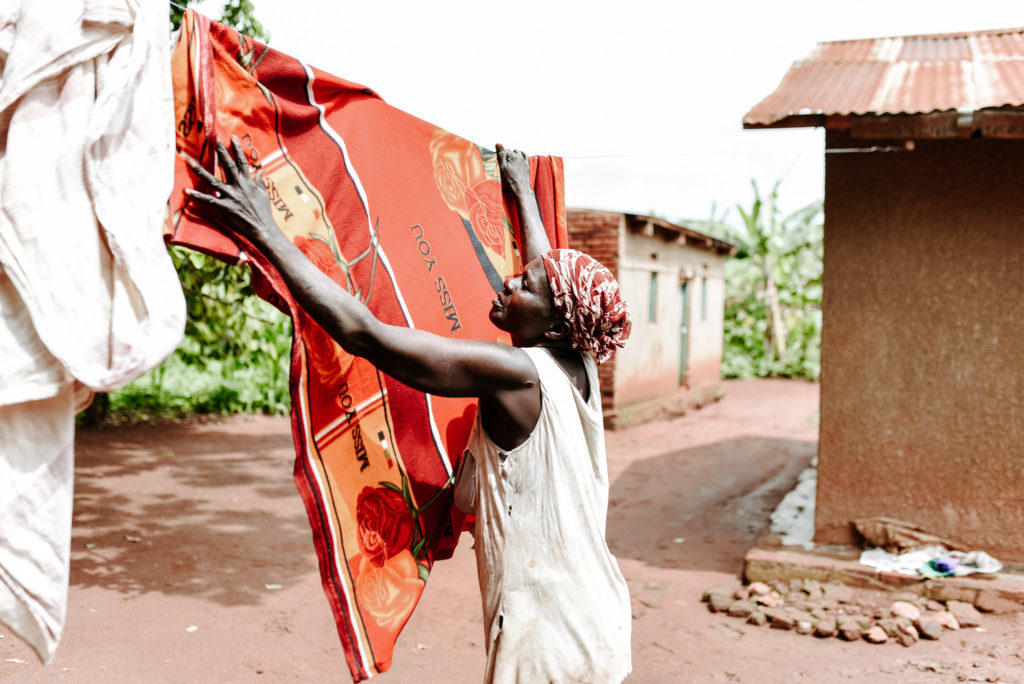
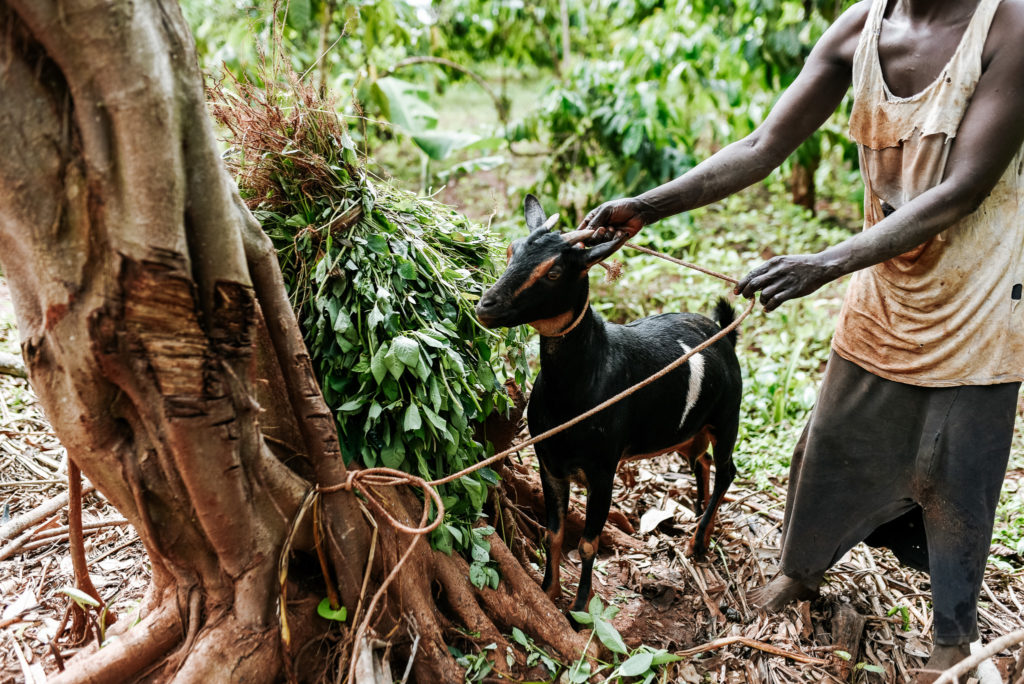
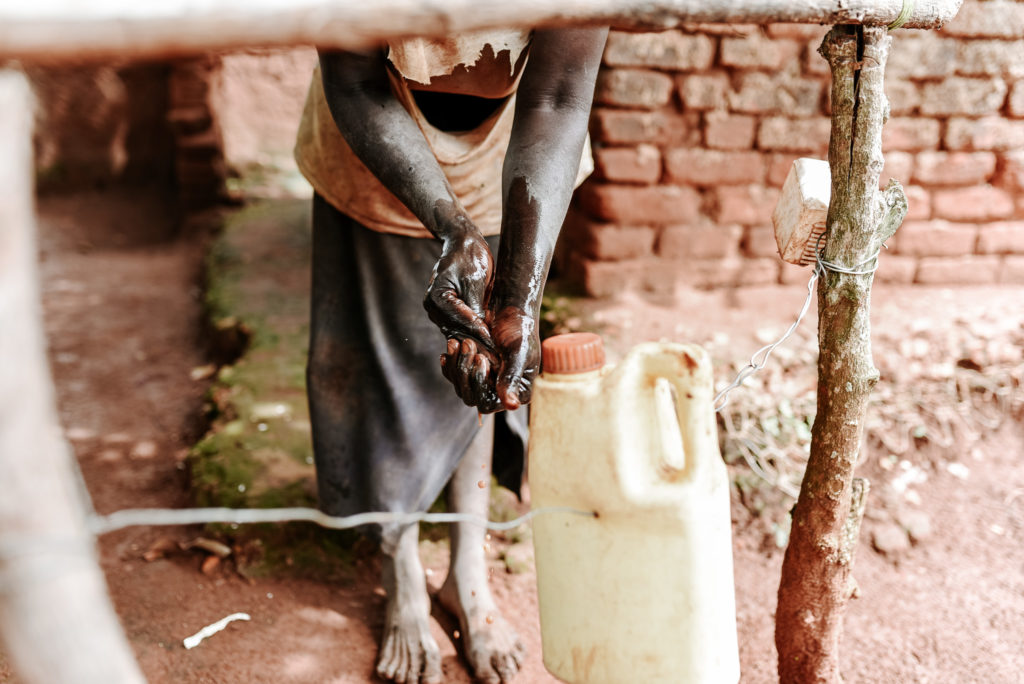
Muzamiru, Olivia, and Jonathon
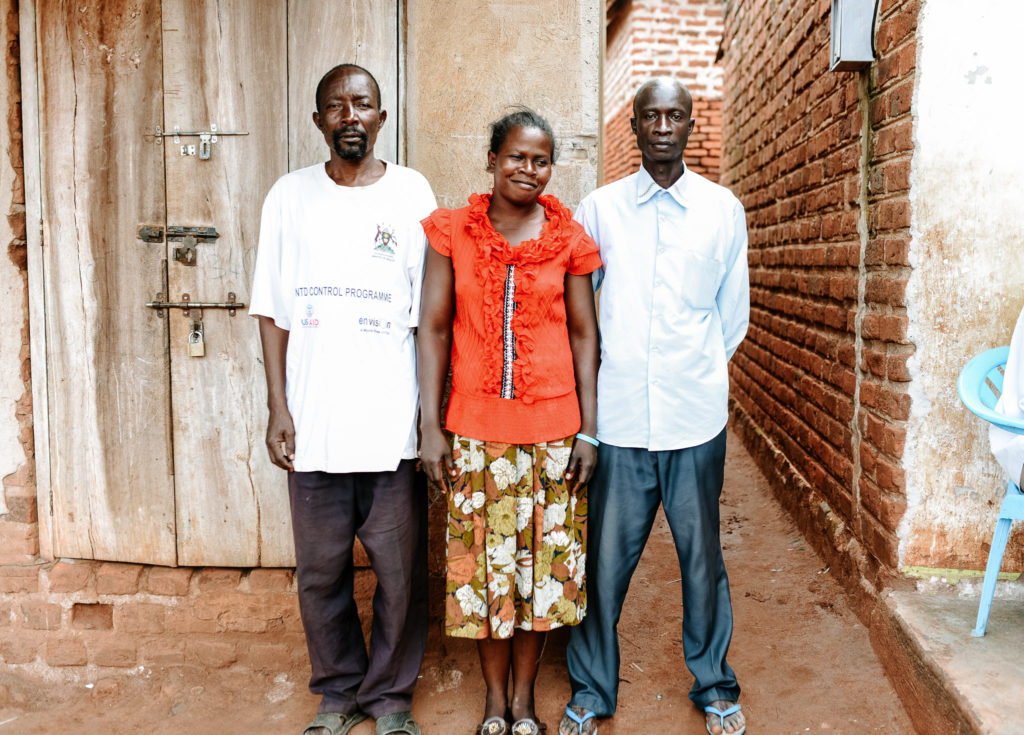
We do this work voluntarily, because we want to help the community. The VHT’s of this community feel at home when they’re doing this work. The greatest challenge is the weather–when we carry the books and it rains, the books get wet. It’s also difficult to reach many homes because of the mud. Some people don’t want to take their child to the facility when they get sick, because they have no money for transport. And then sometimes when they get to a facility, there is no medication. So they’ve wasted money on a boda (motorbike). 20% of the community was educated about sanitation before we started this job. Since we began doing this work, teaching health classes, using and cleaning toilets, making rubbish pits, making tip tops, learning how to wash their hands, we’ve reached a level of 70%.
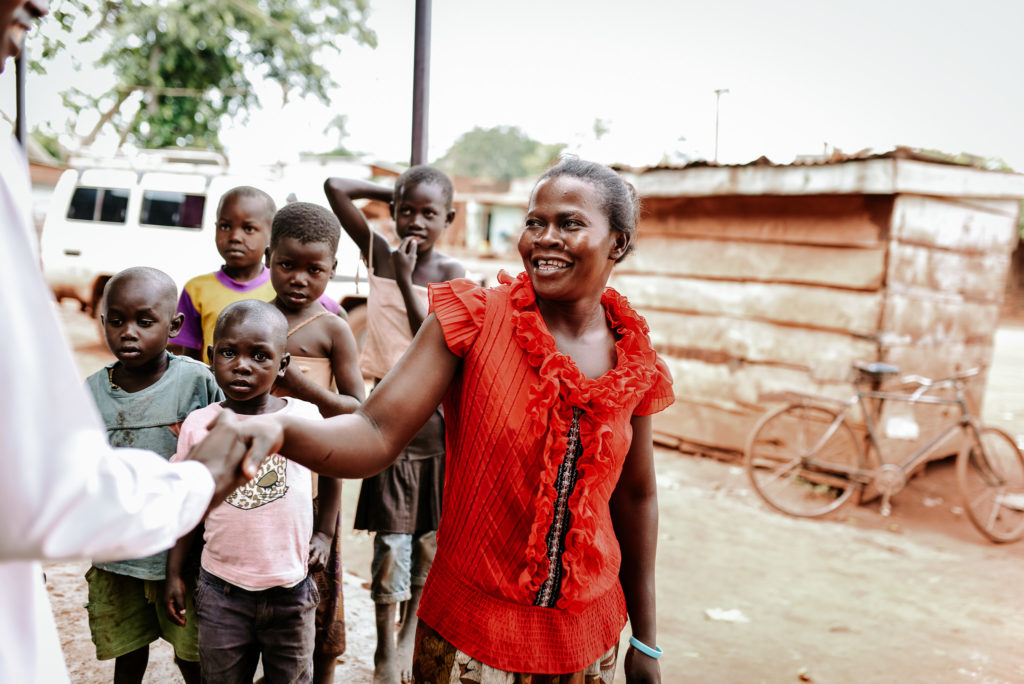
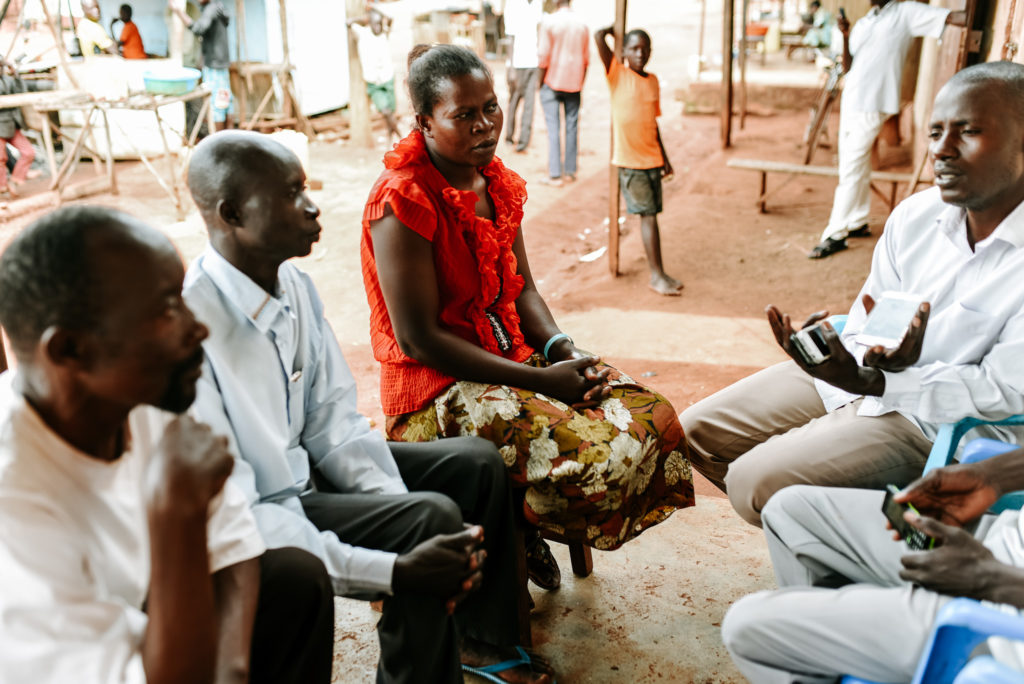
The VHT’s also partner with the Serving His social worker by going out into the village + observing if any children could be malnourished. If a parent is around, VHT’s use their measuring tool to see where the child fits on the scale for malnutrition, measuring the arm. If they see any signs of malnutrition, they invite the family to come to a Serving His clinic at the nearest location for more testing.
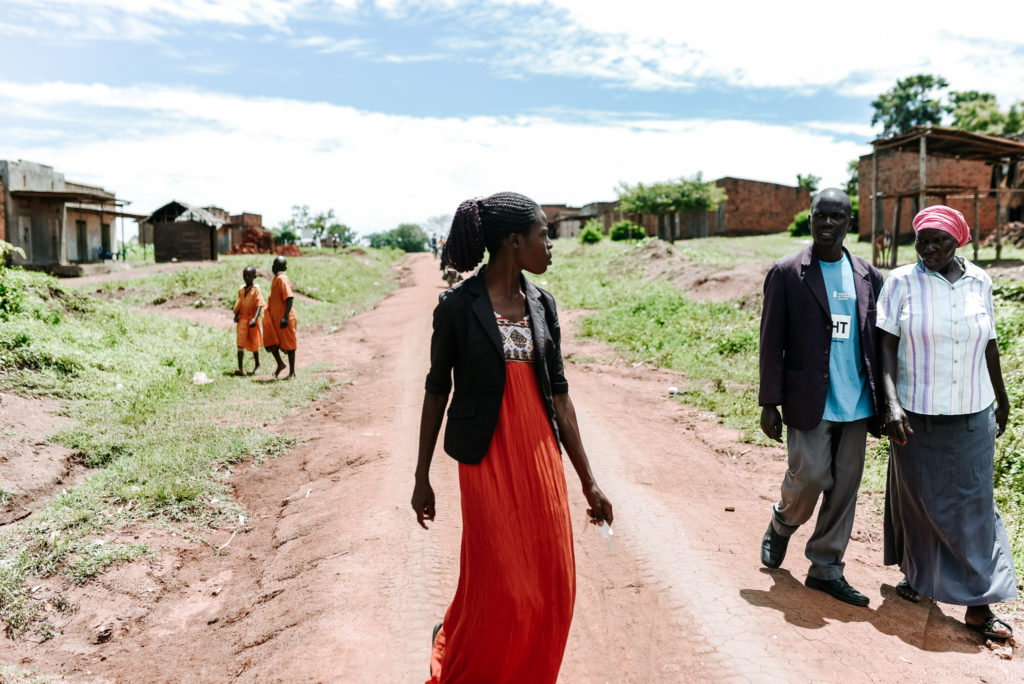
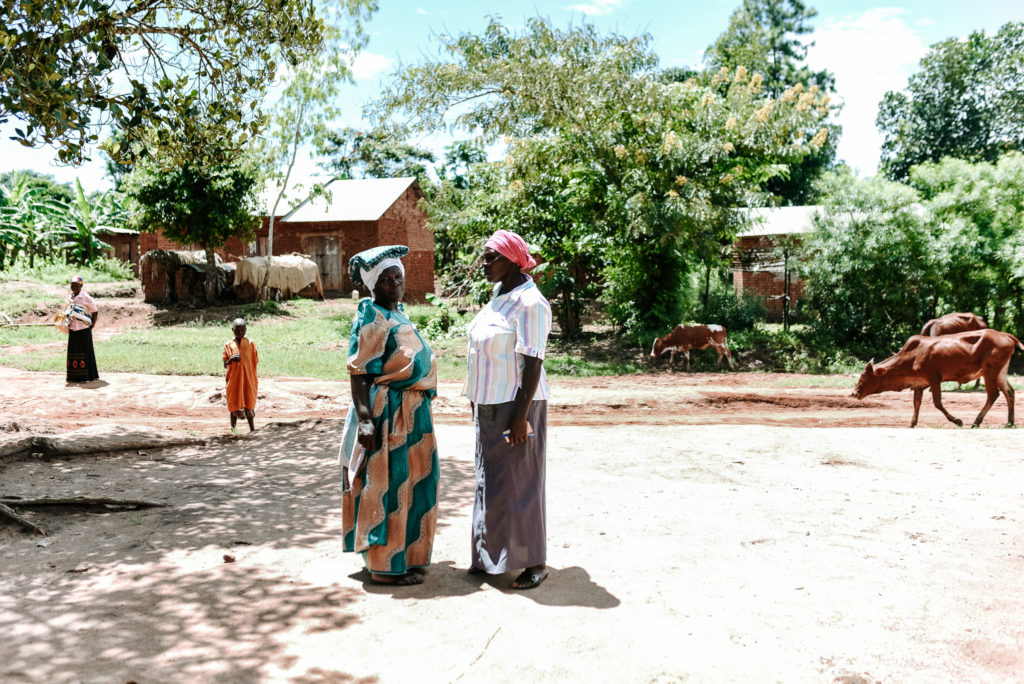
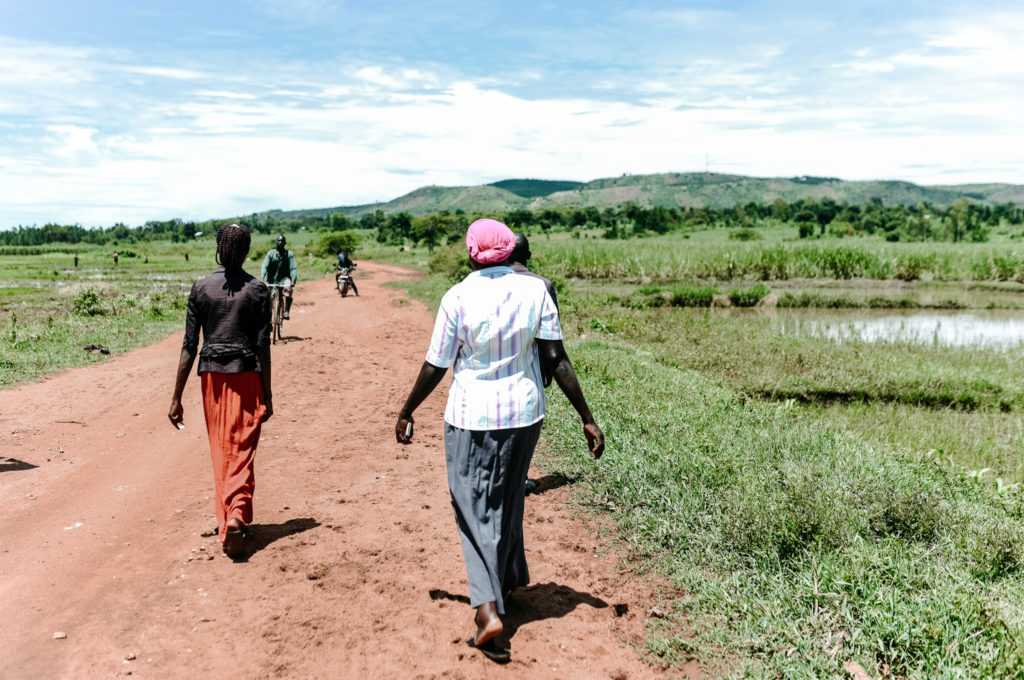
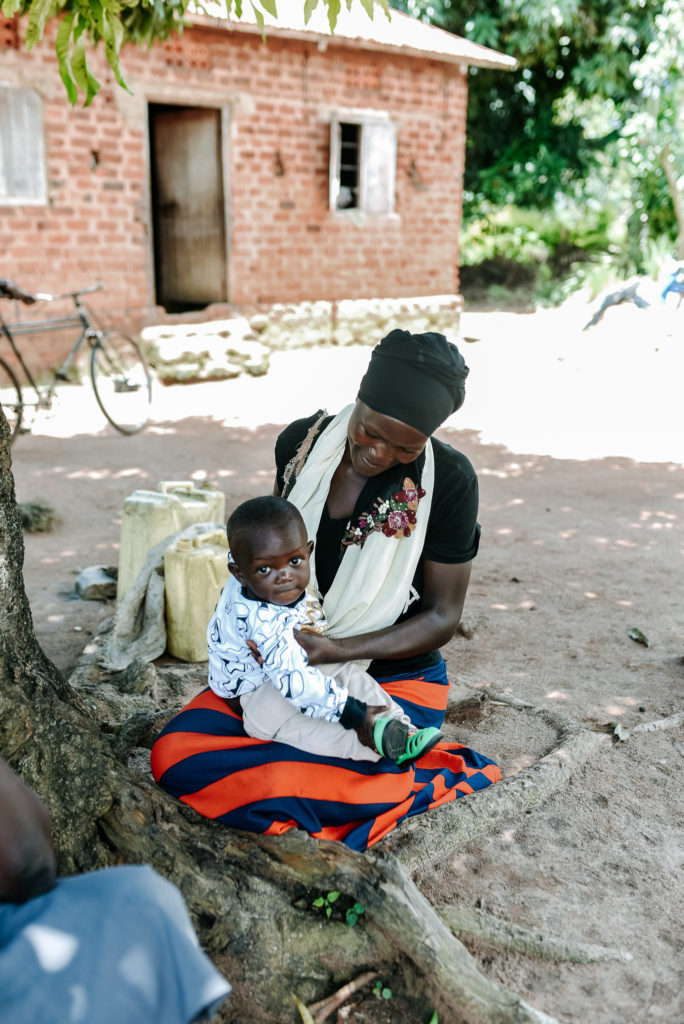
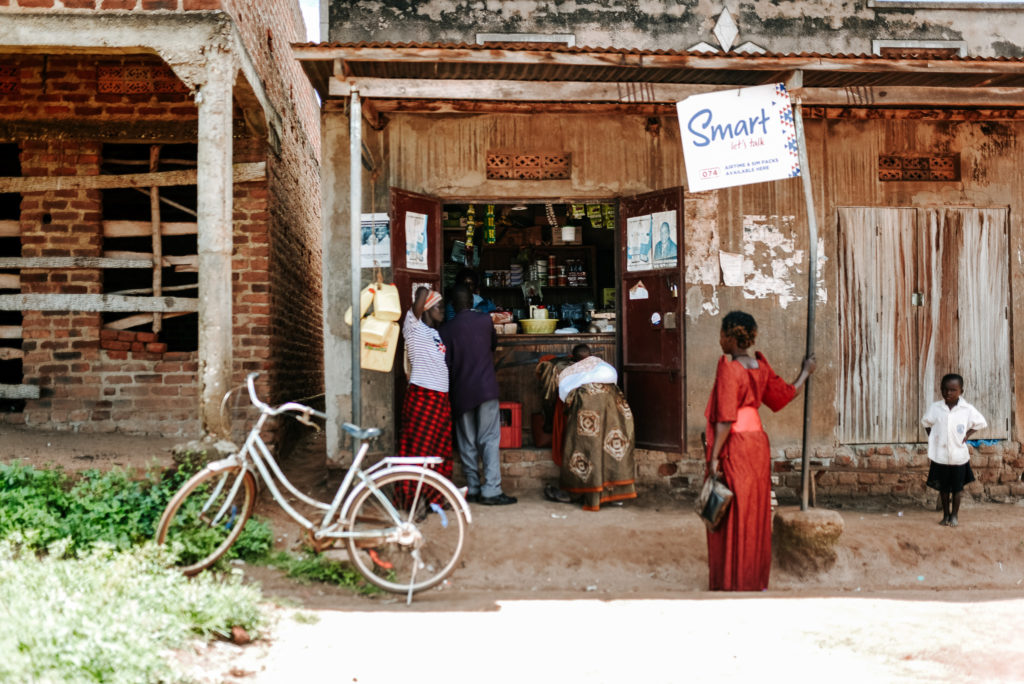
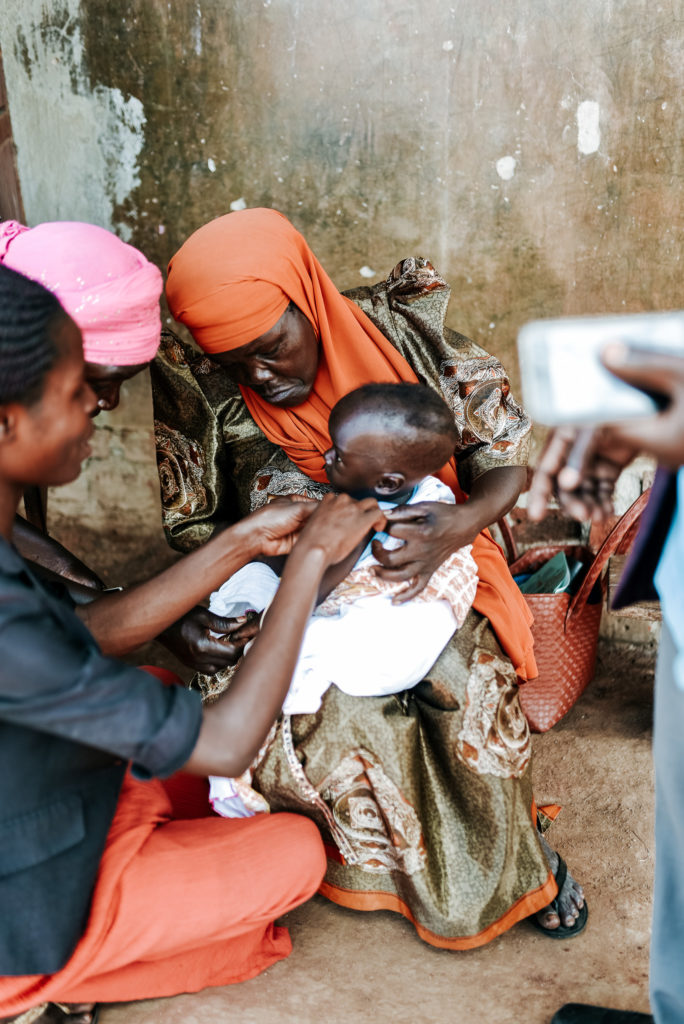
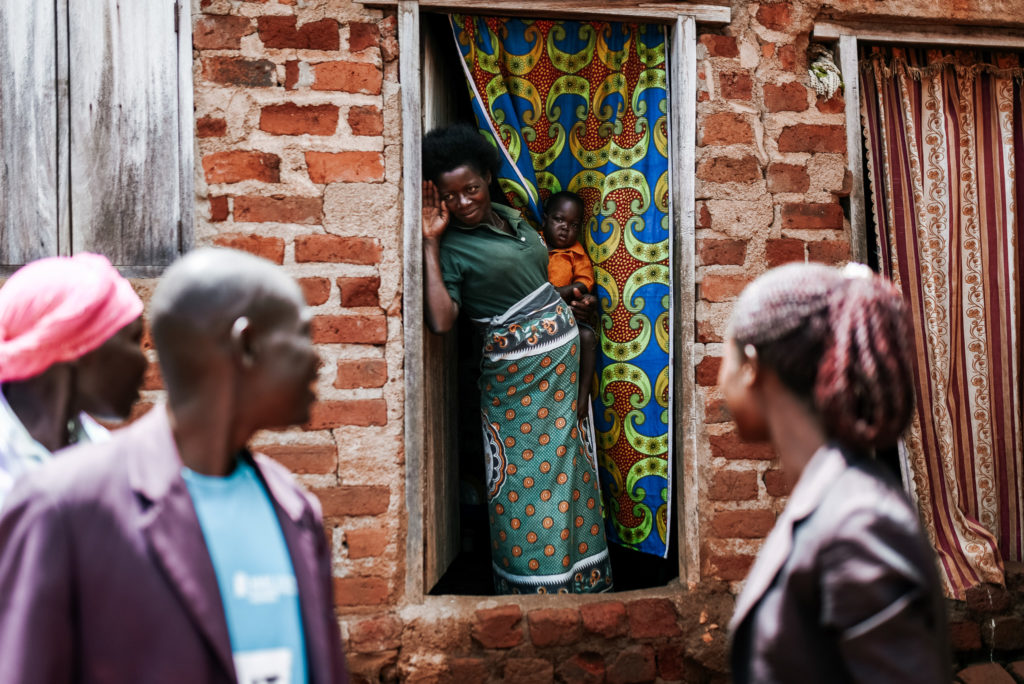
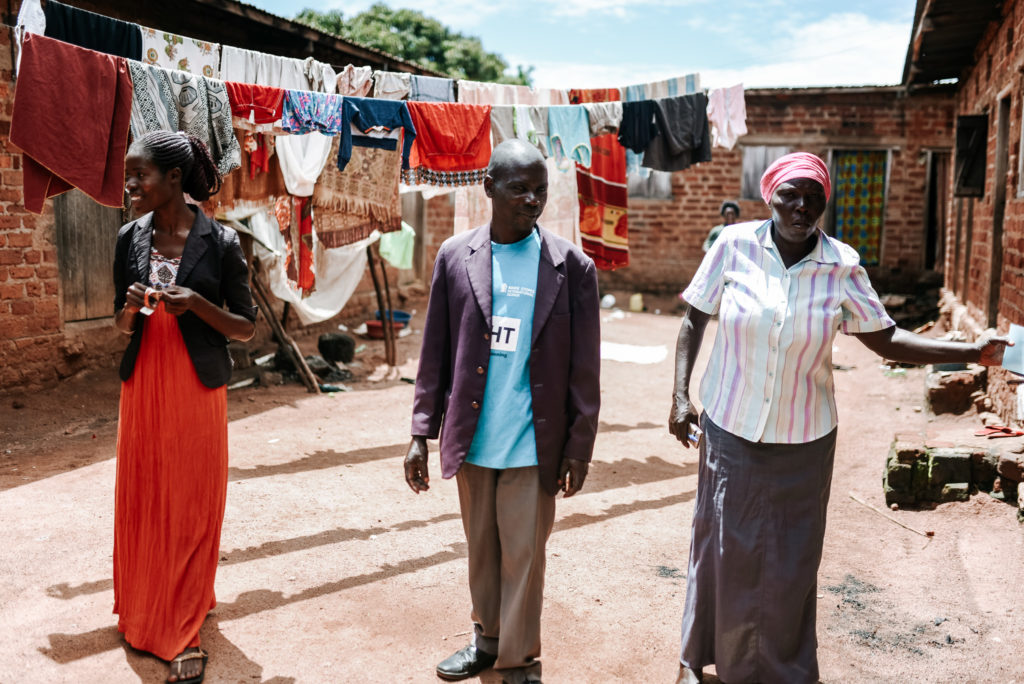
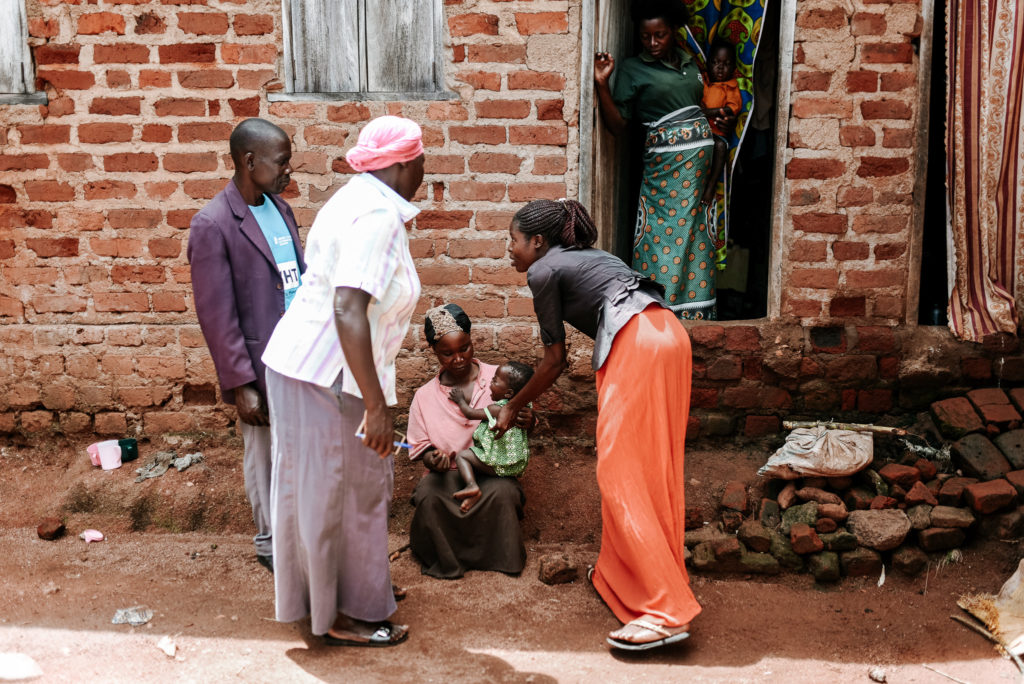
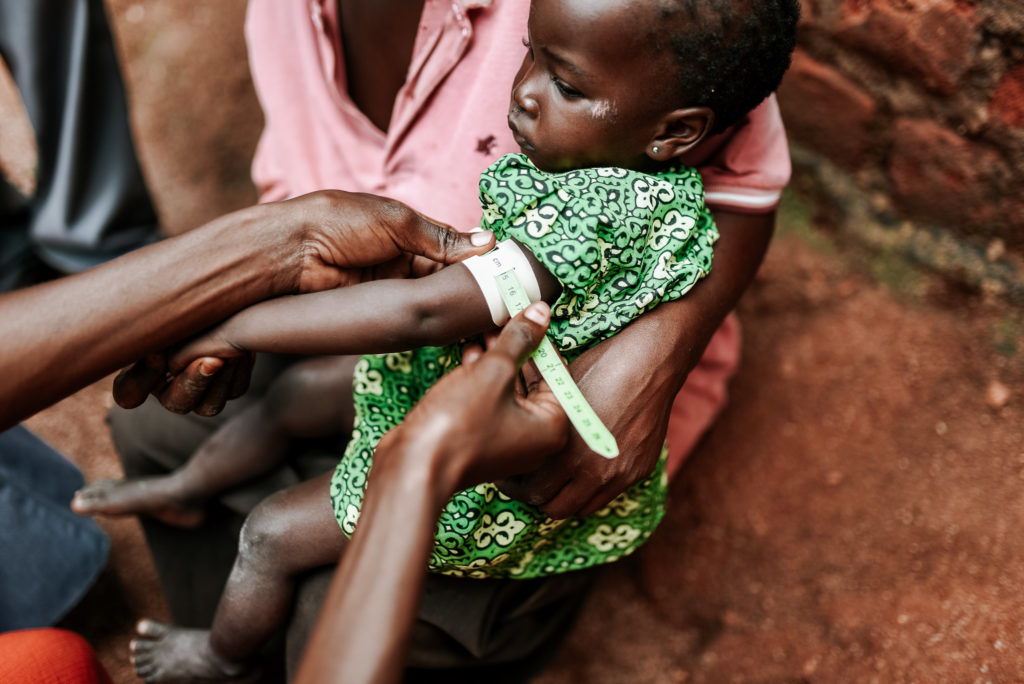
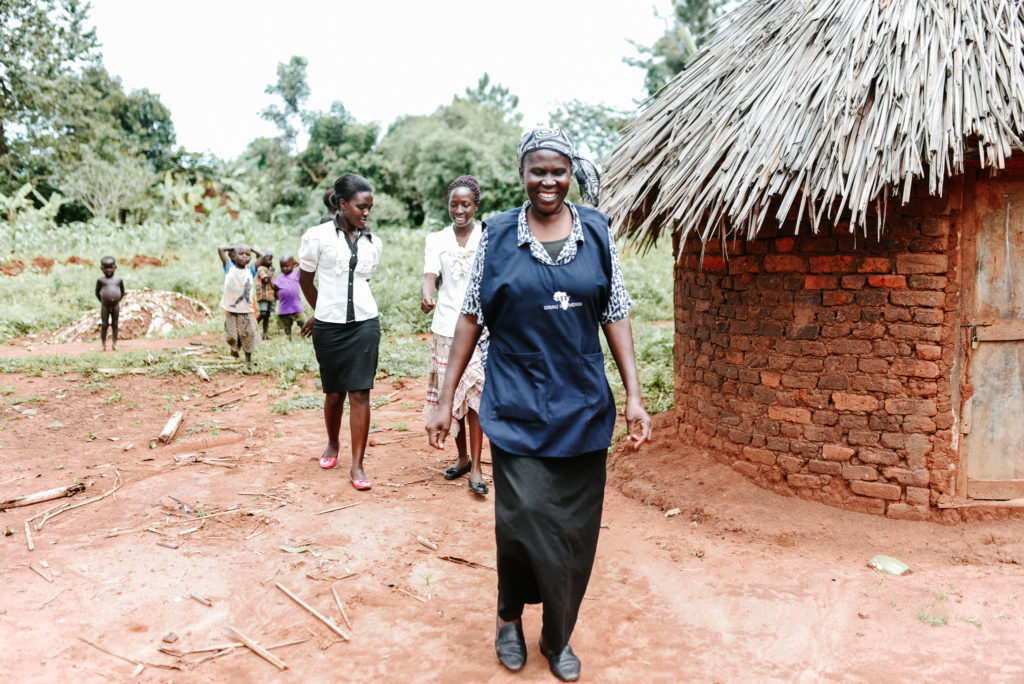
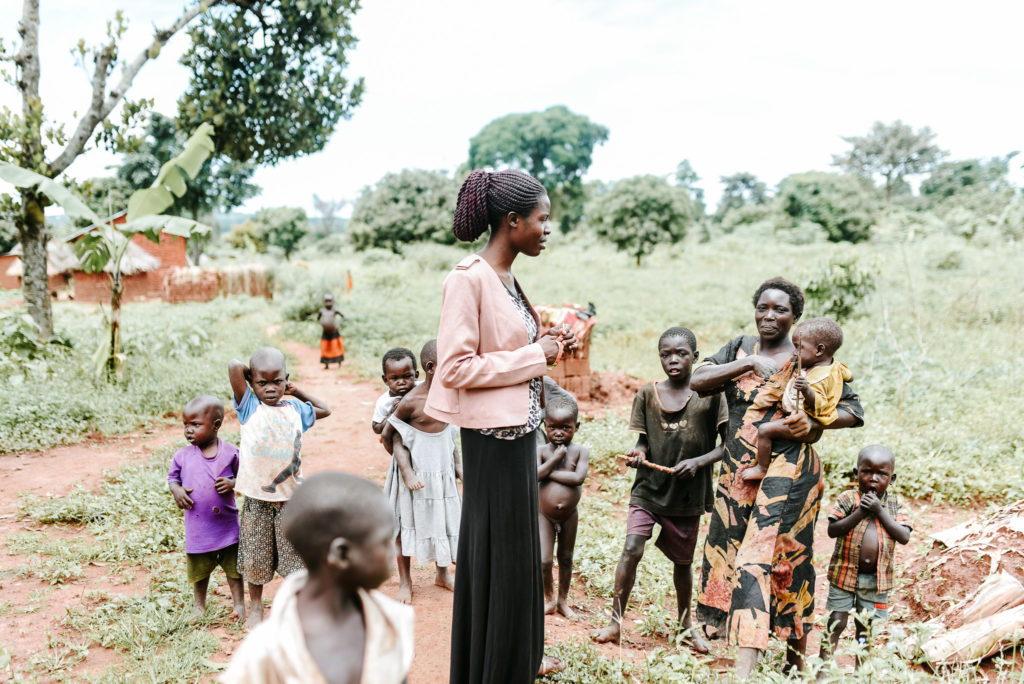
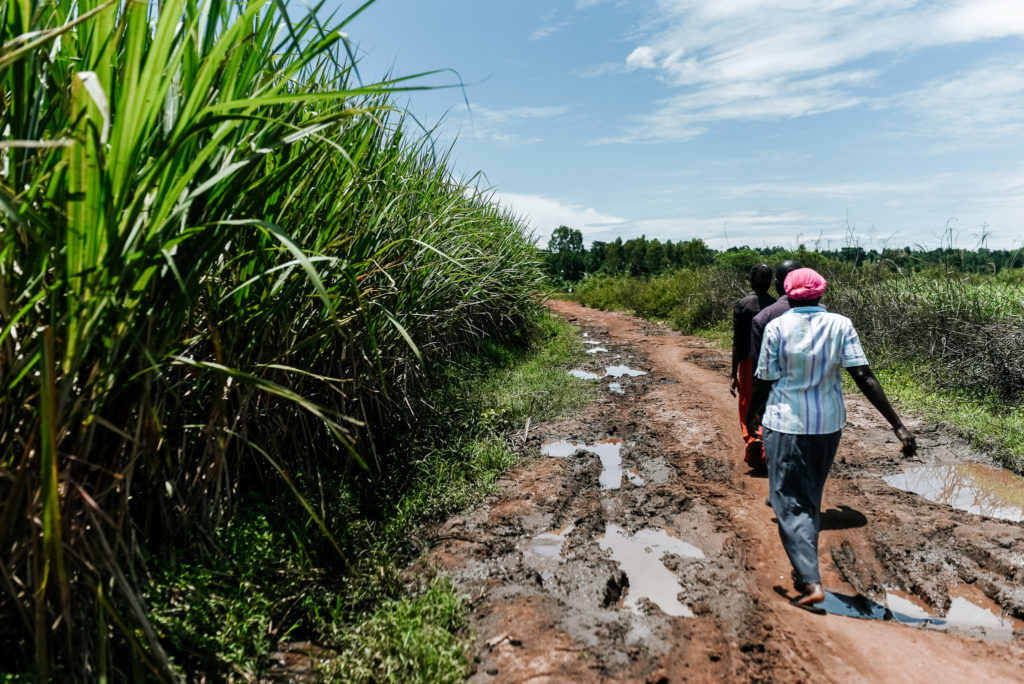
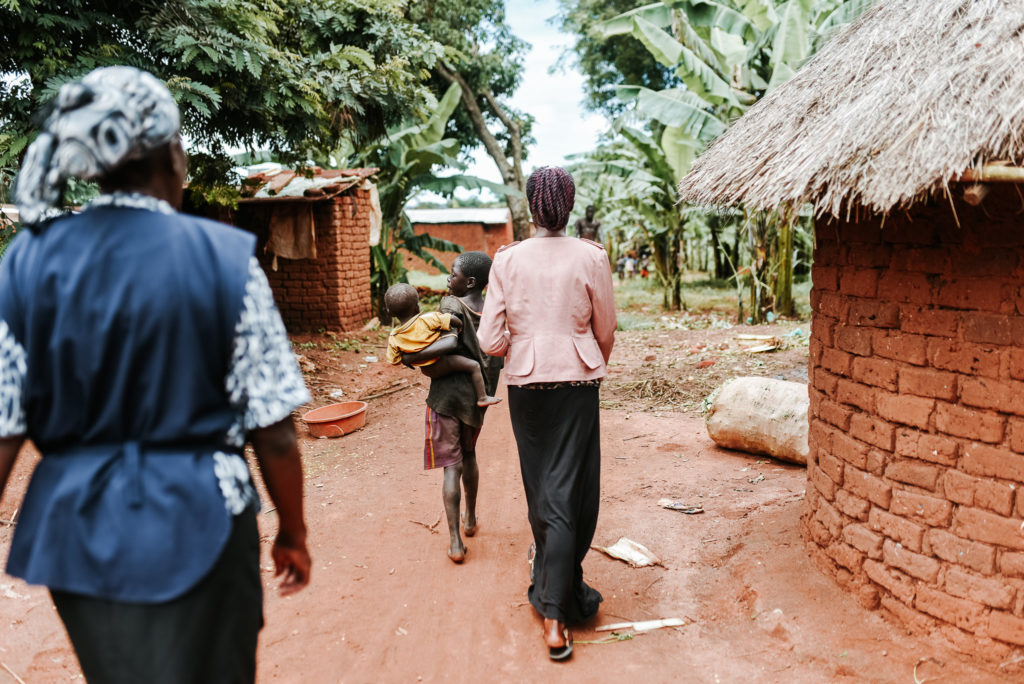
While the team is passing through a village center, they see a boy they had at their clinic before who also has a disability. His family rejects him because of his disability, refusing to clothe, feed, + care for him. We find him sitting in the middle of the street with no pants on.
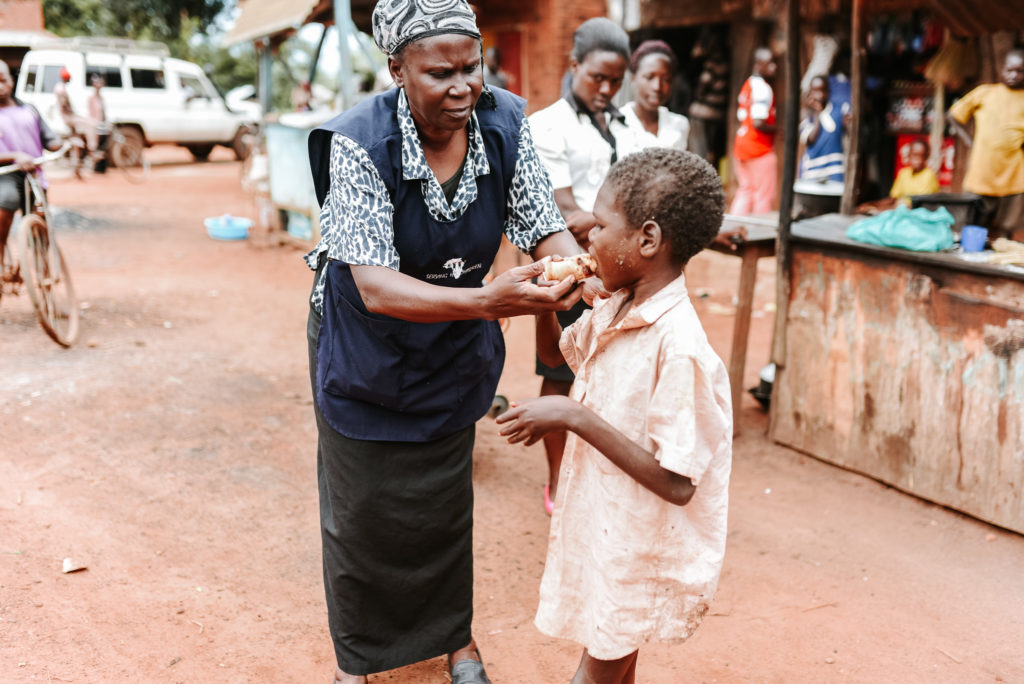
The team quickly rushed over to ask the boy if he was okay, and buys him a samosa to fill his tummy.
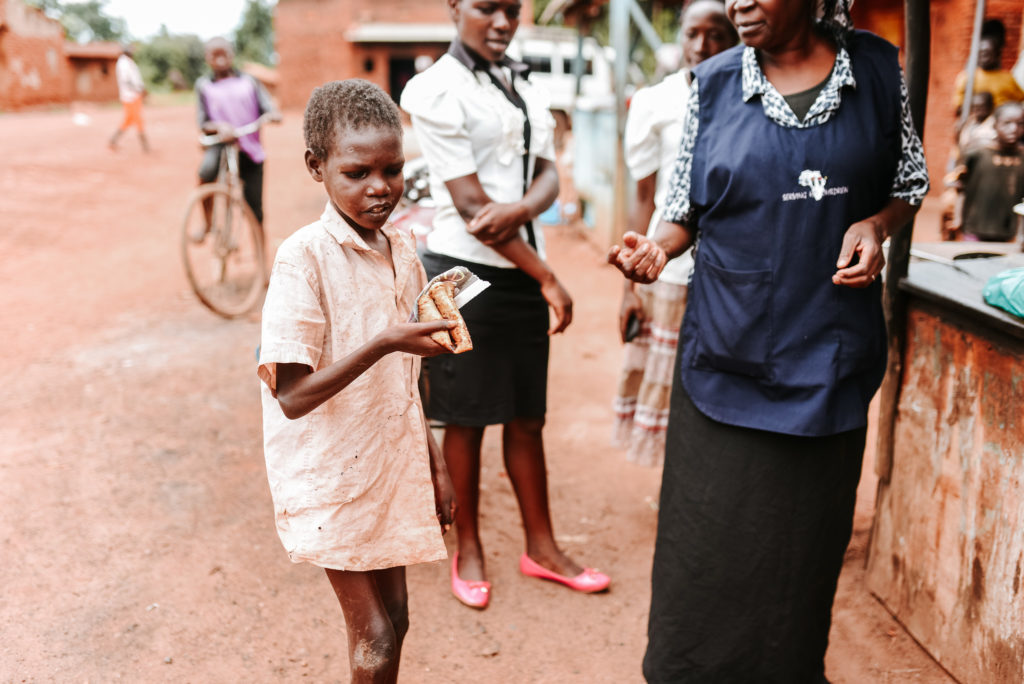
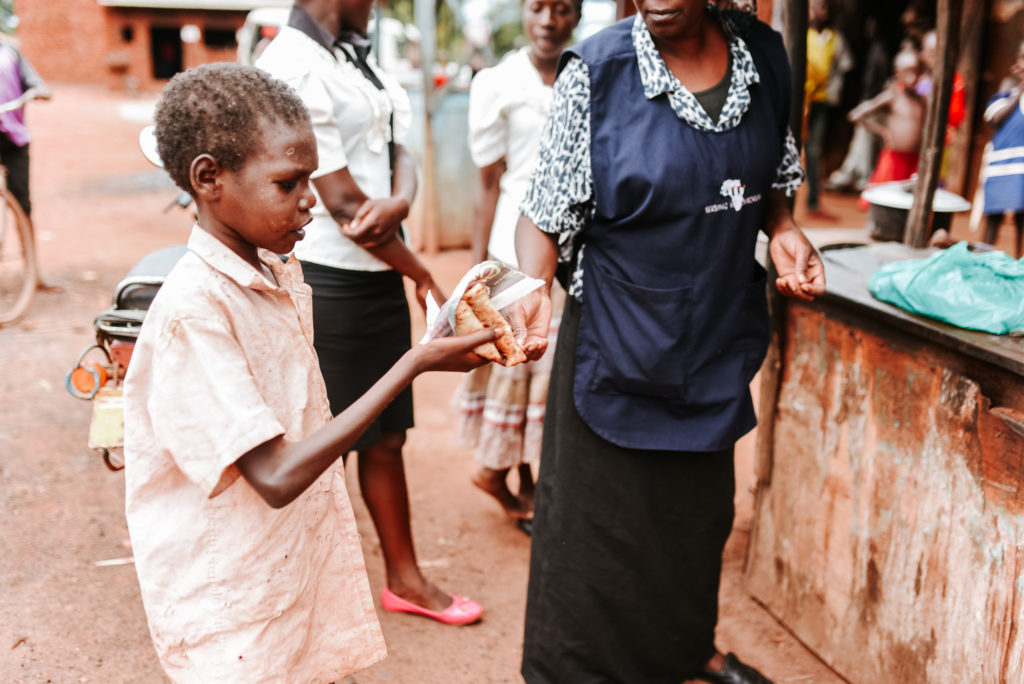
The last job of staffers I want to display is one of the most important, and shows just how much ground Serving His is making to control malnutrition in Uganda.
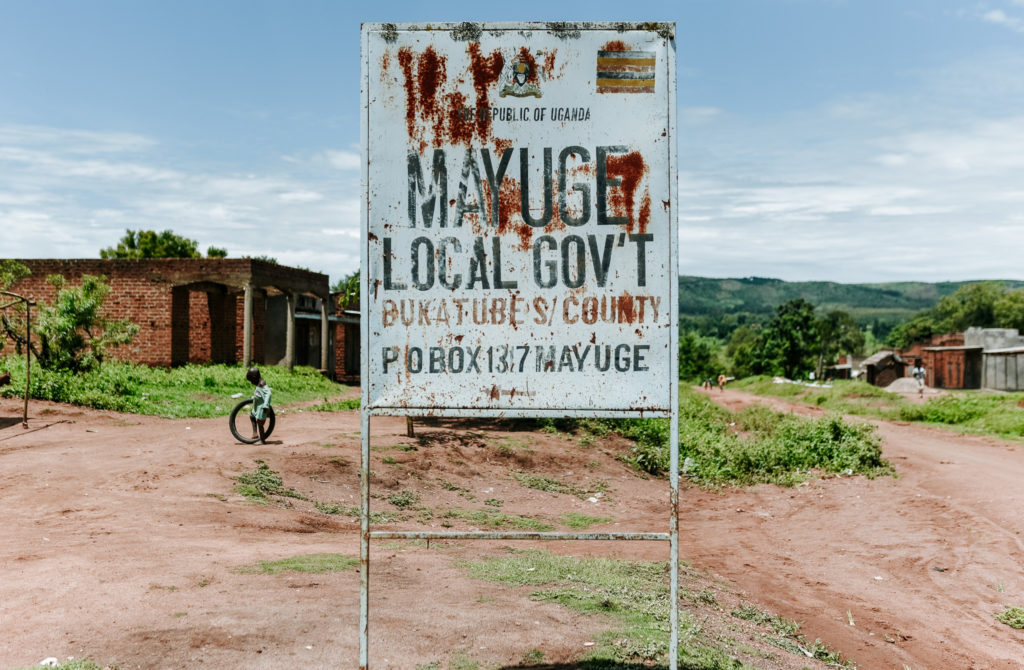
On days when they’re not working in the hospital, the team loads up in the Jeep + rides for hours to get to surrounding villages that may not have the most efficient healthcare systems in place in their hospitals. They ask the hospital director to show them their systems + paperwork, giving suggestions of how to make them better.
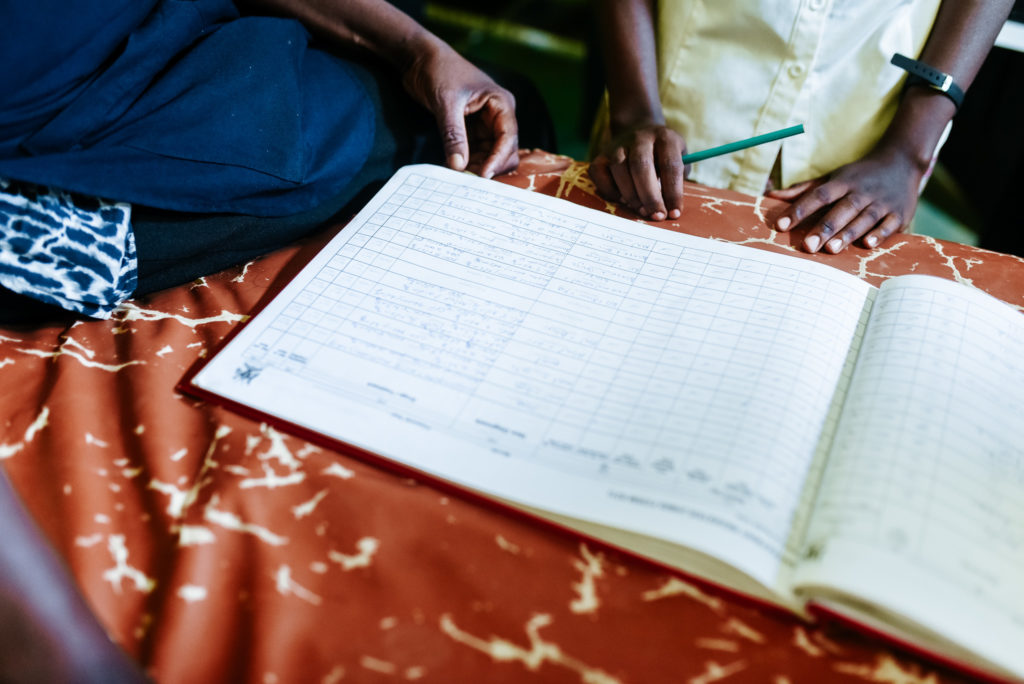
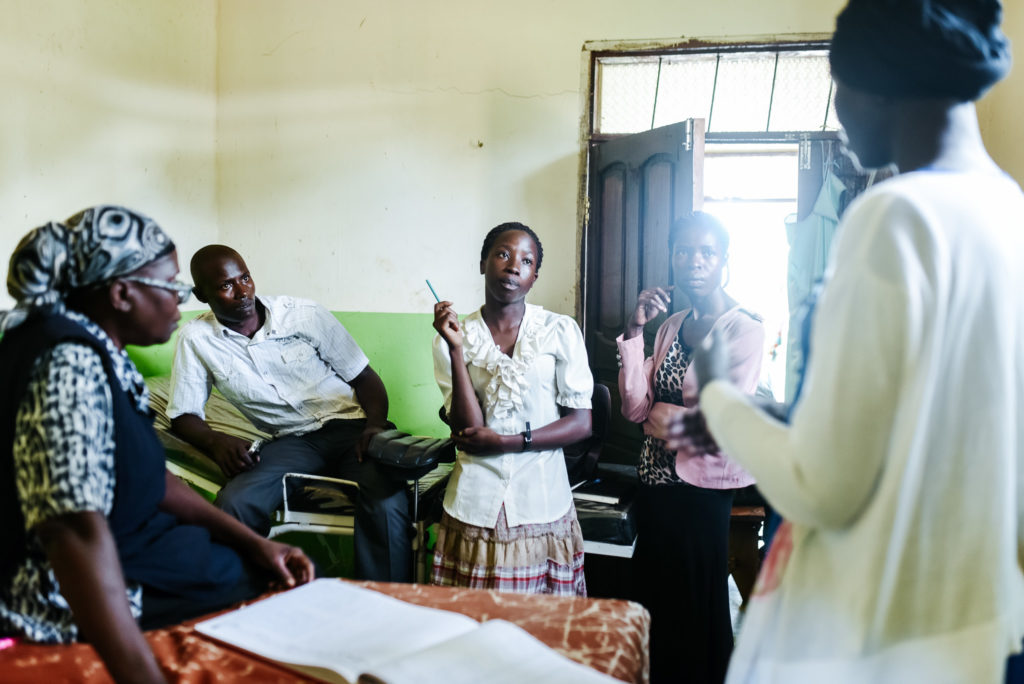
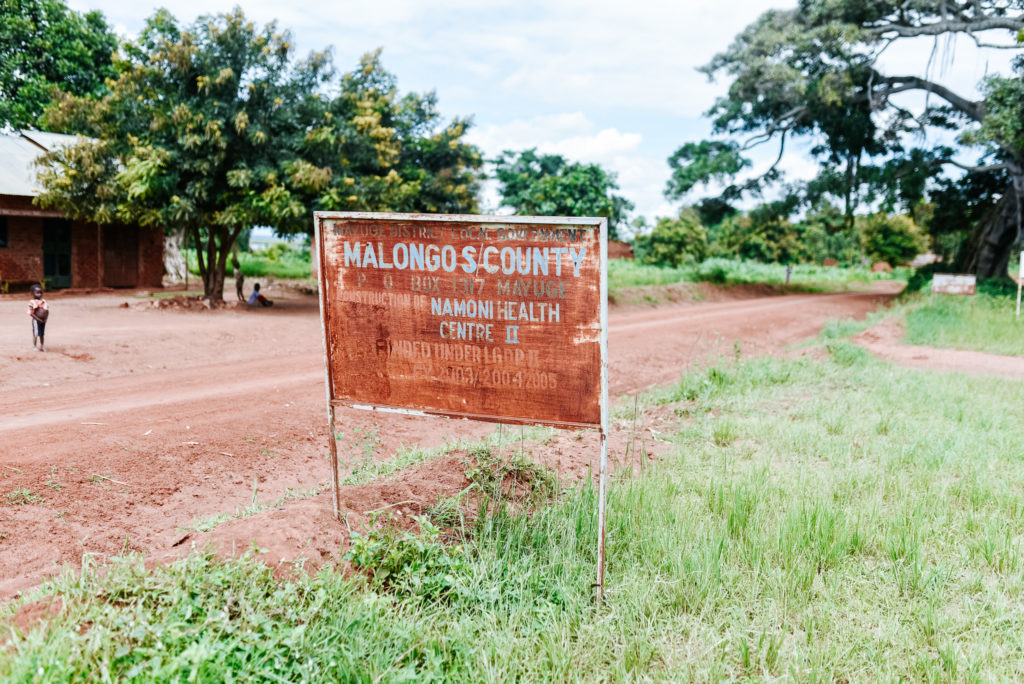
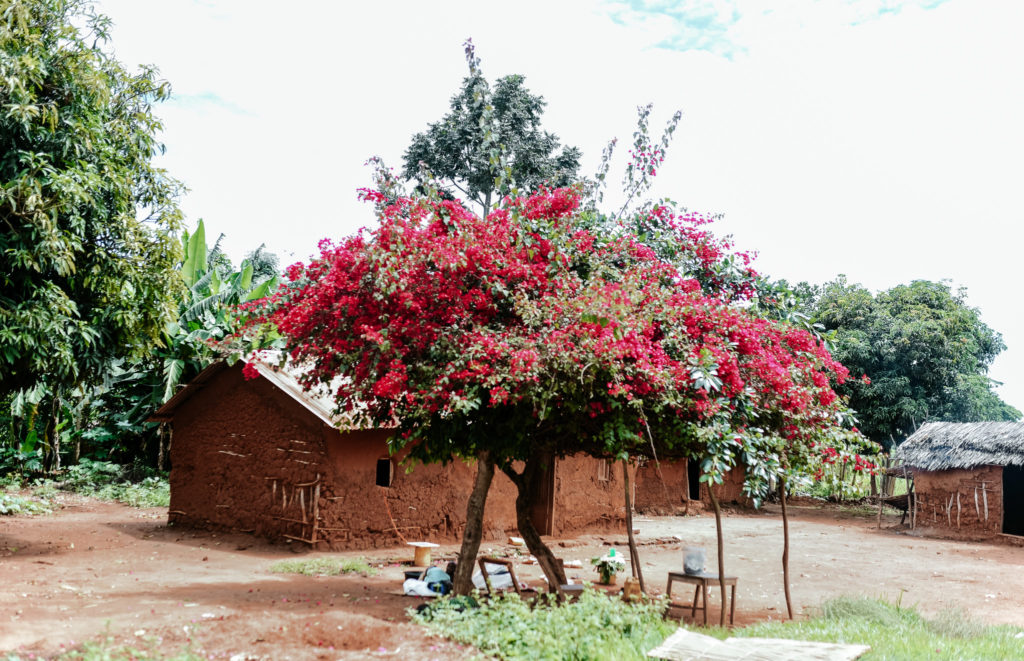
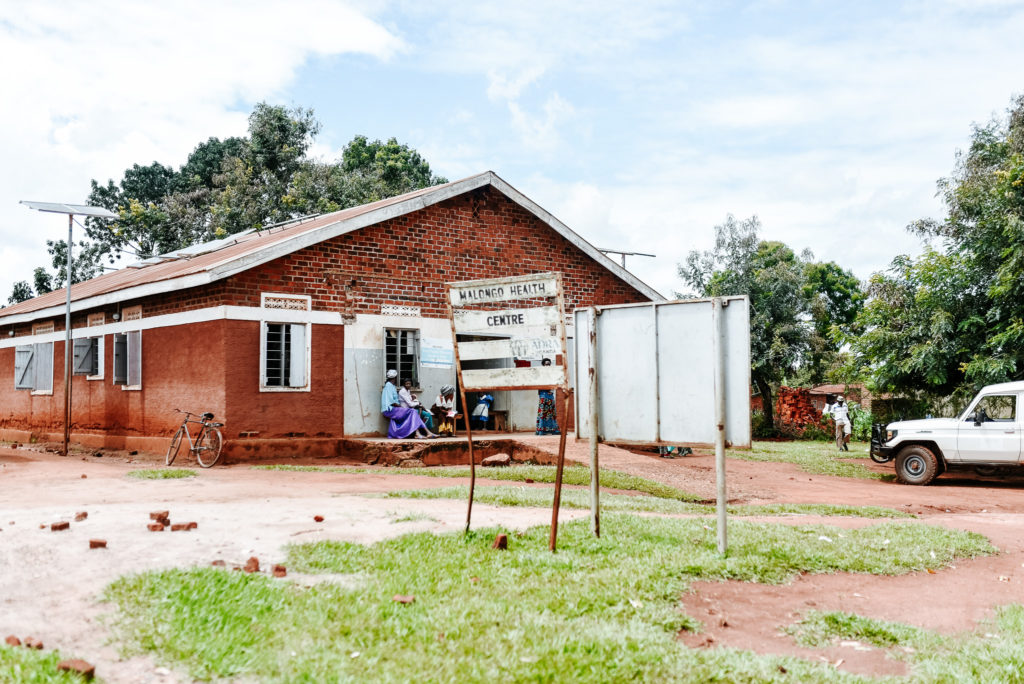
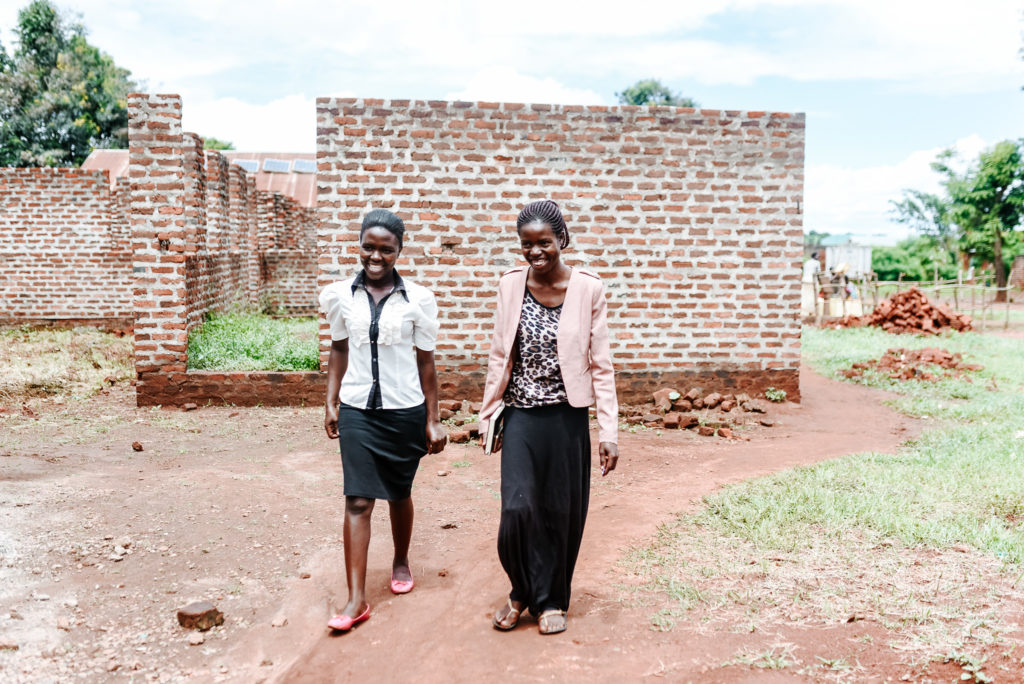
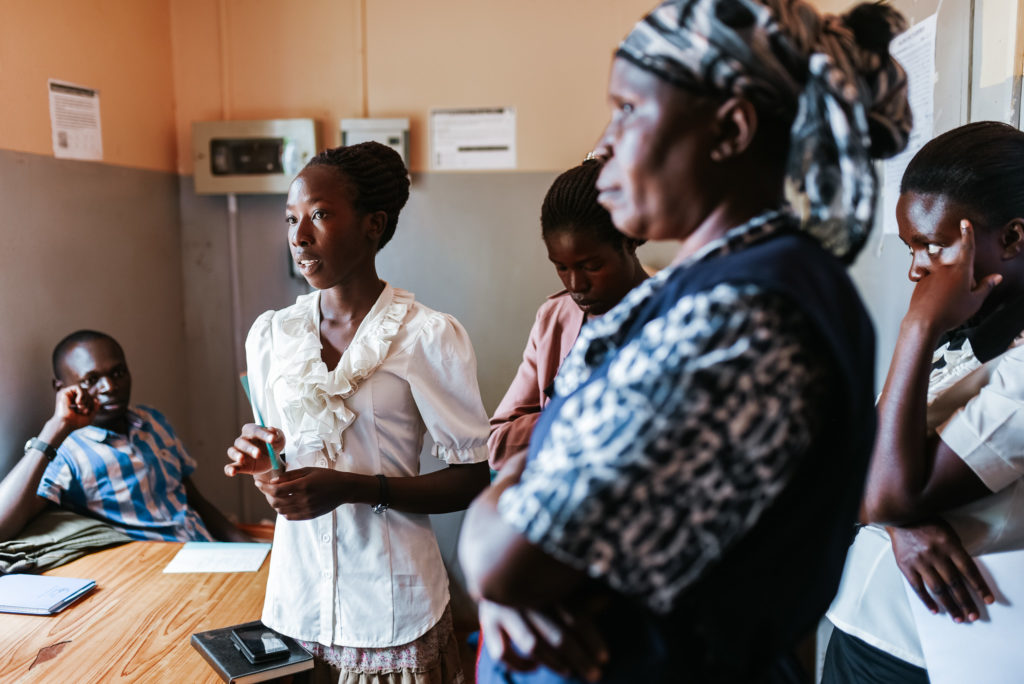
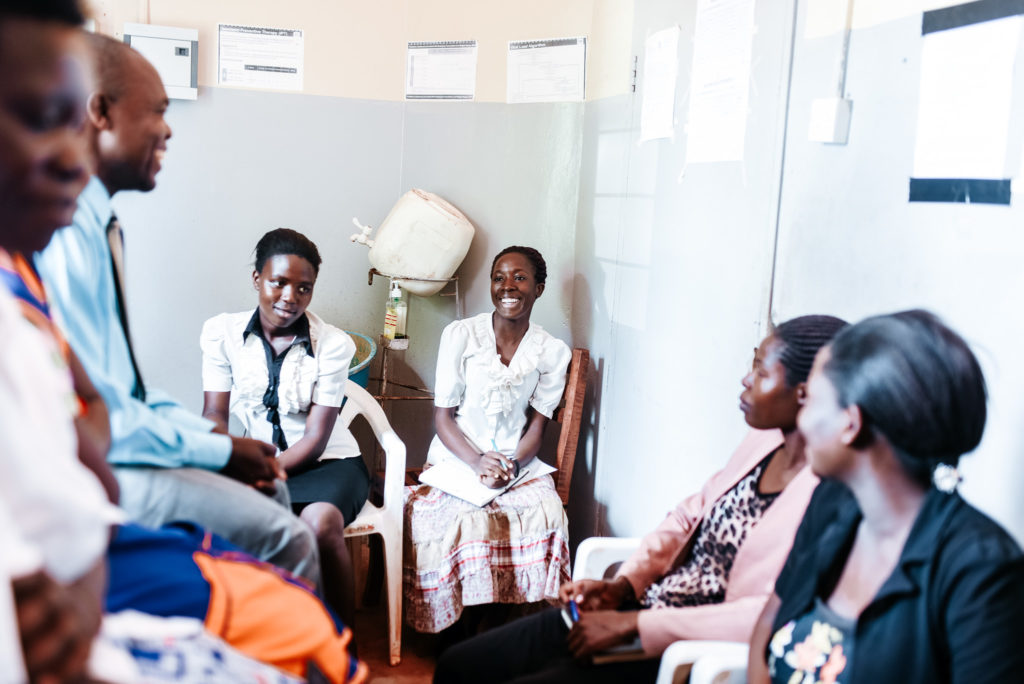
They tell the directors about what they’re doing at Serving His, and offer to return + educate their staff about more efficient systems. Every single director we spoke with was overjoyed to receive such help + immediately implored the Serving His staff to return.
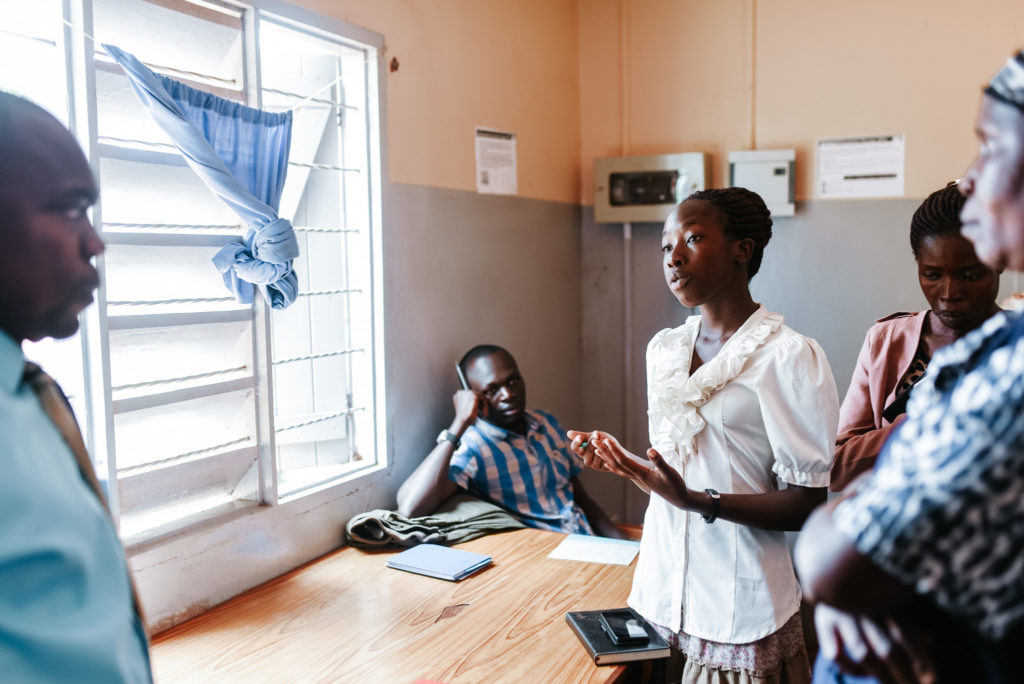
After a long days in the hot heat with little resources, I am amazed how much energy the team has to still be so full of joy together on the jeep rides. They show what it is to be fully surrendered from one’s own selfish motives in life, using their passionate giftings to nurture children all over Uganda.
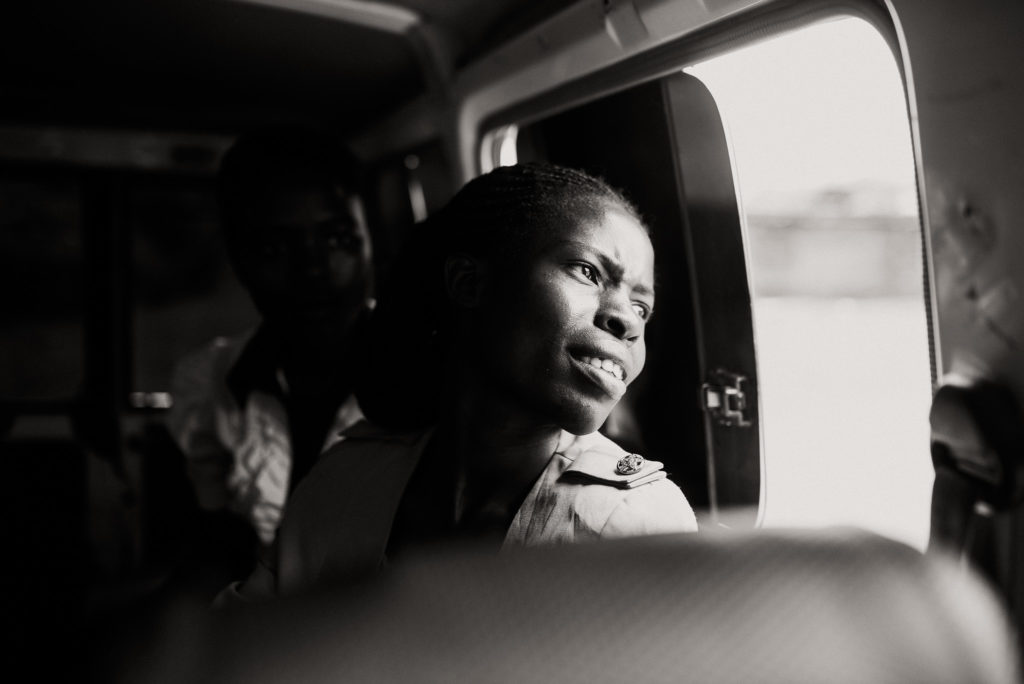
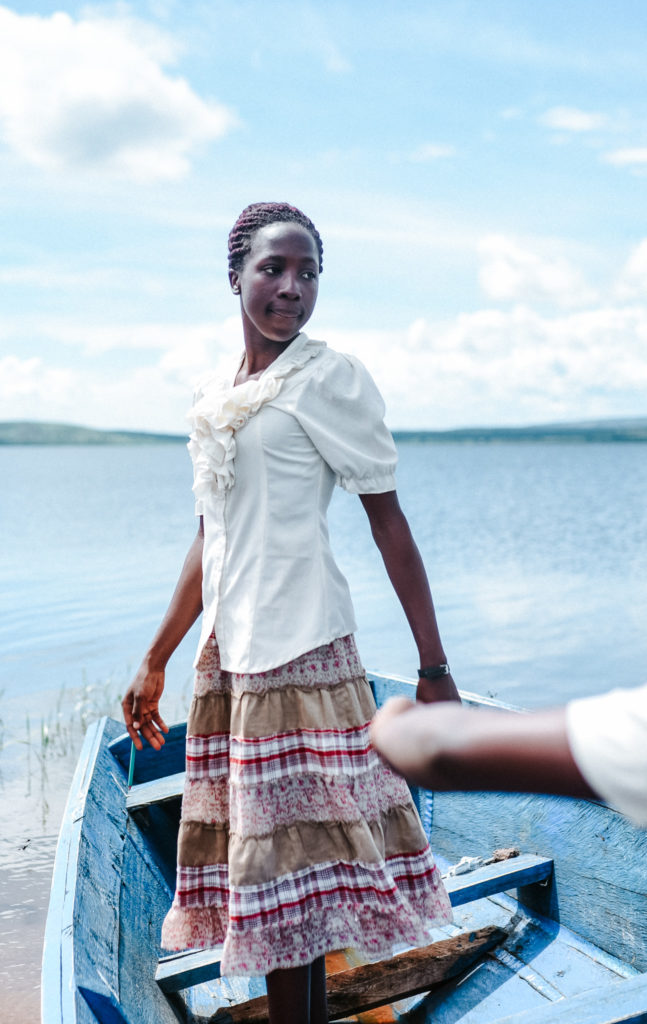
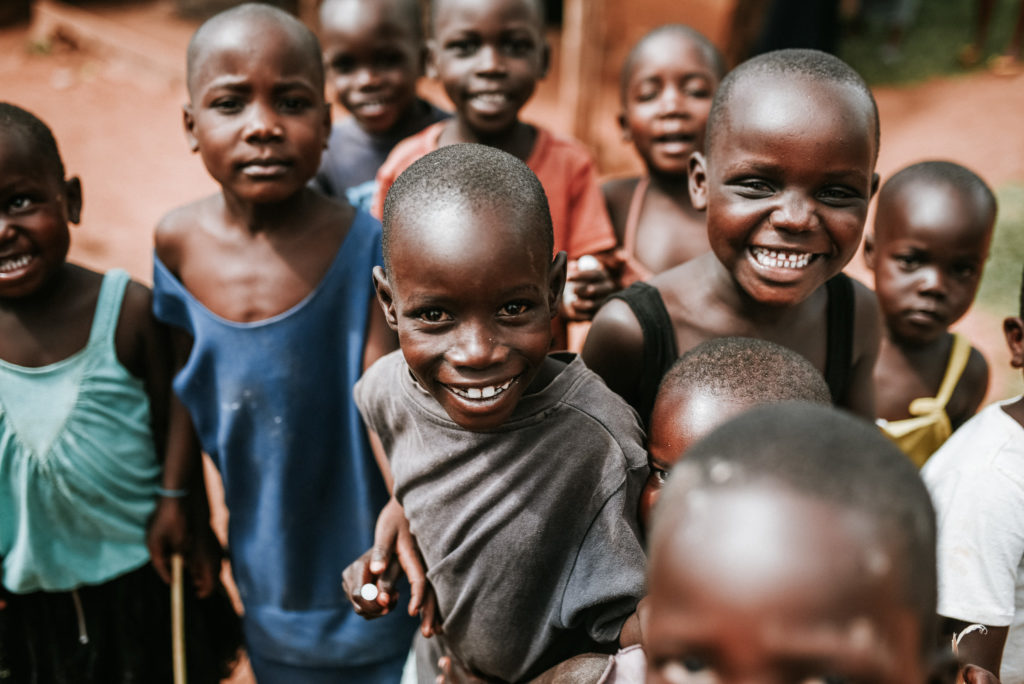
These faces speak so much to me now; every range of emotion present. The children of Uganda are some of the most powerfully radiant, full of life, and relentlessly enduring beings. And the teams fighting to protect that resilience within their communities are unstoppable.